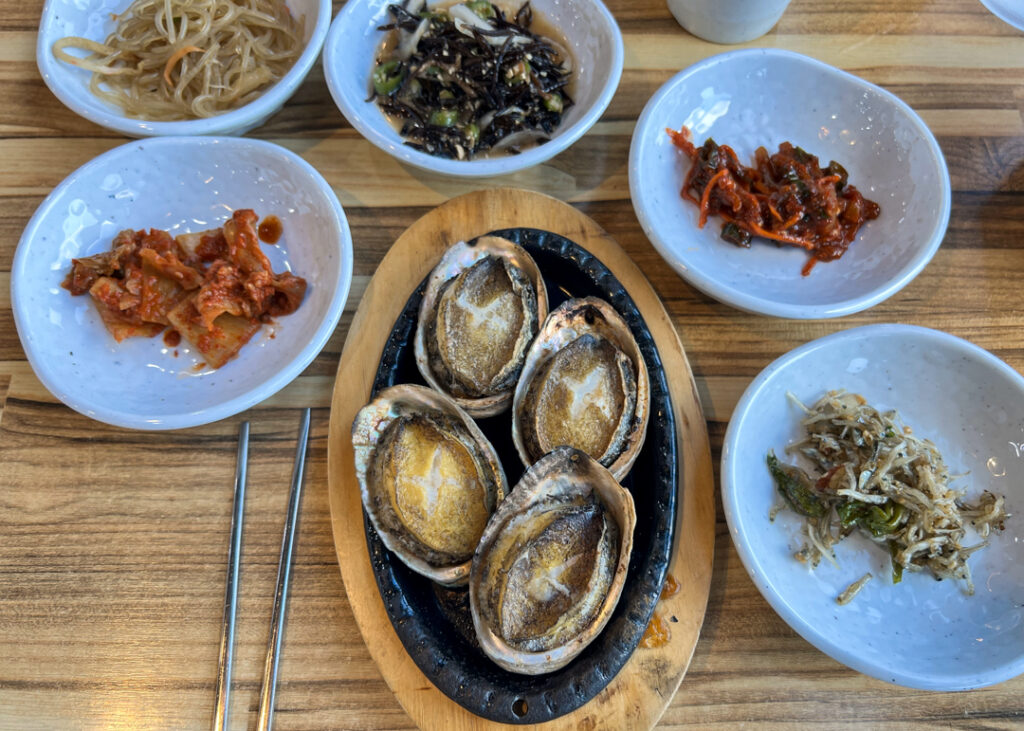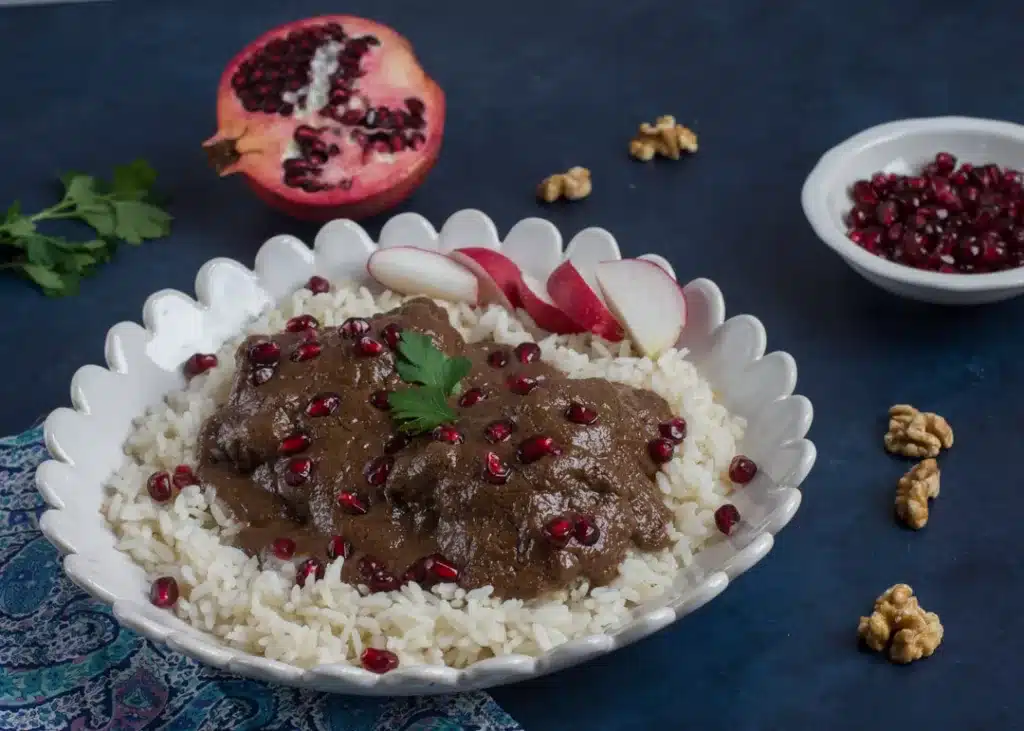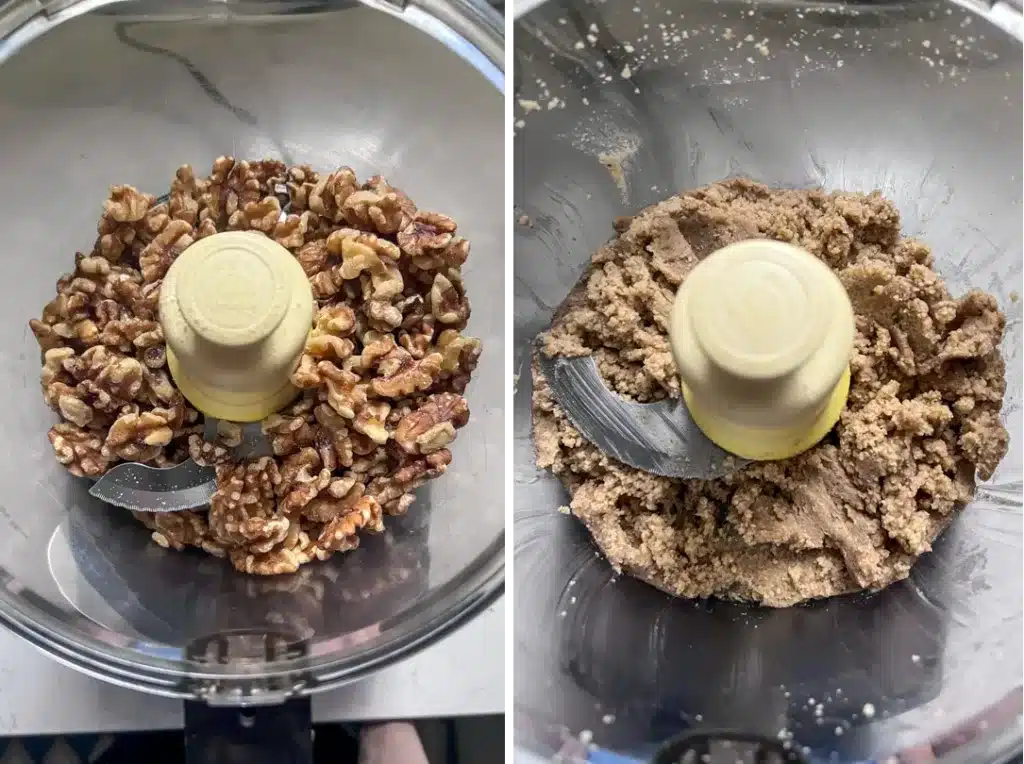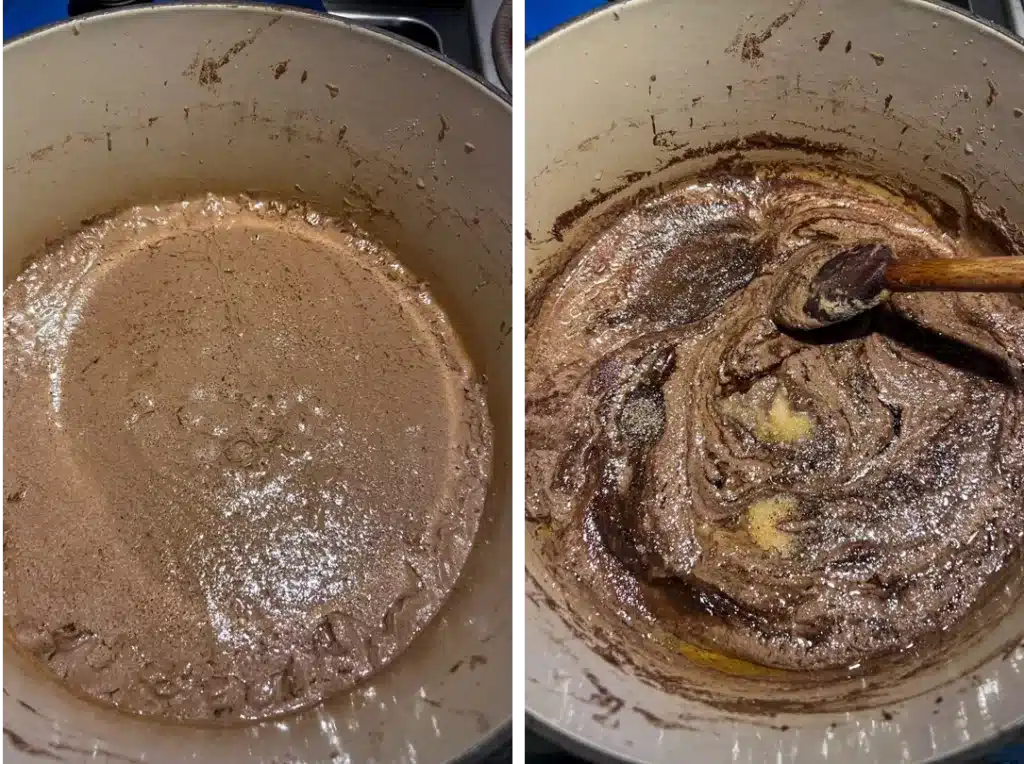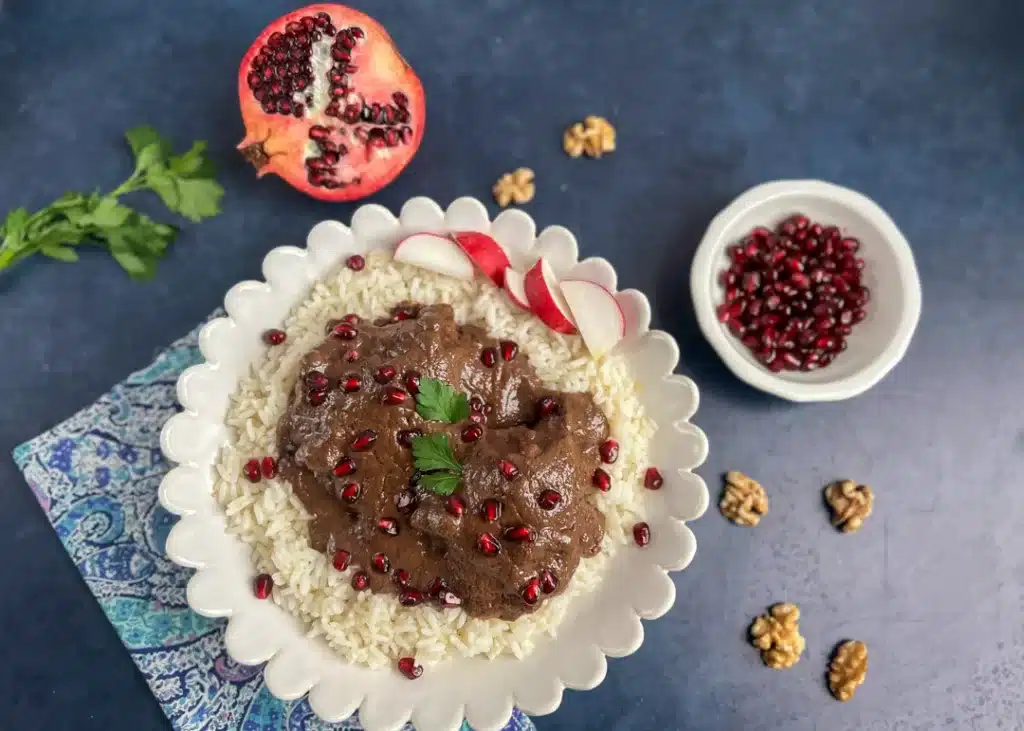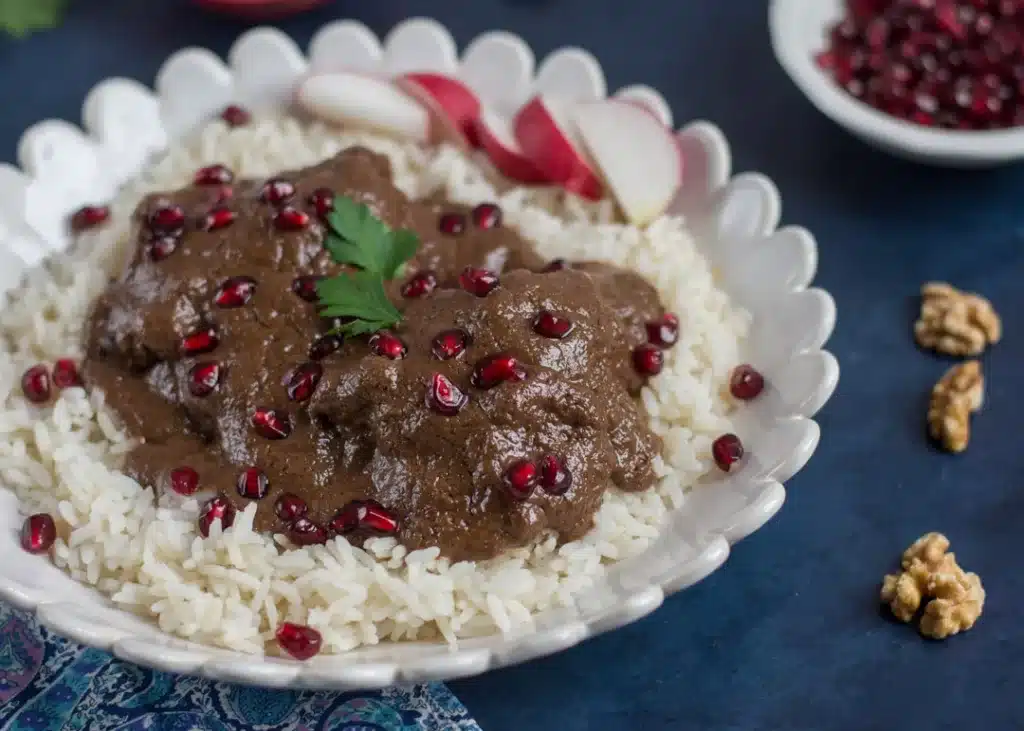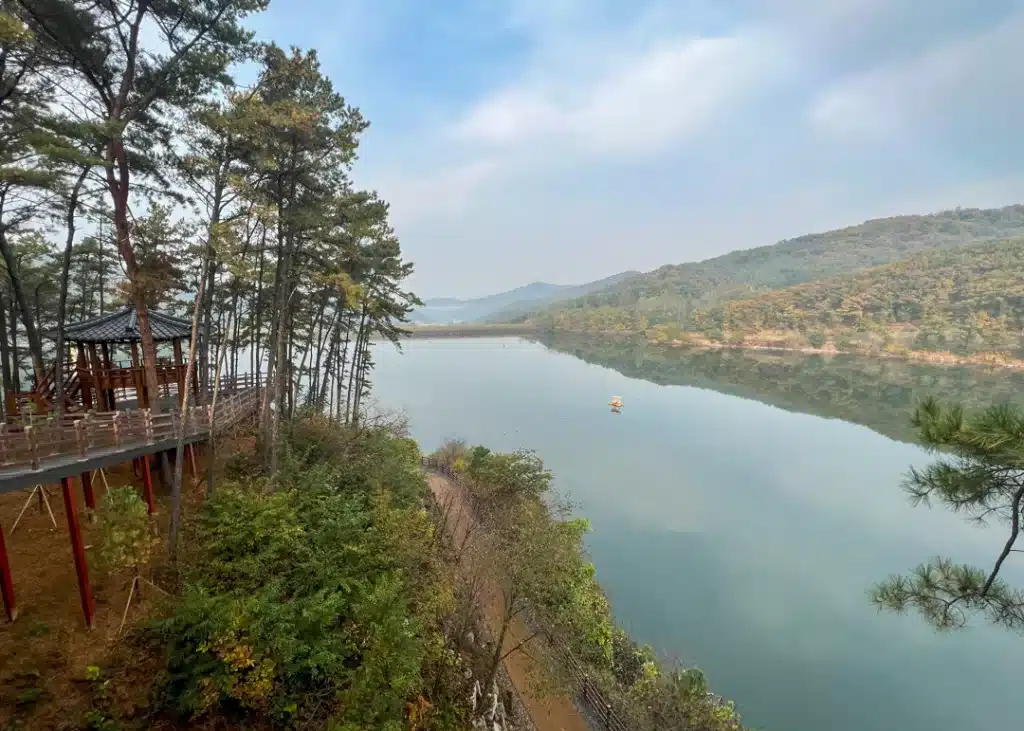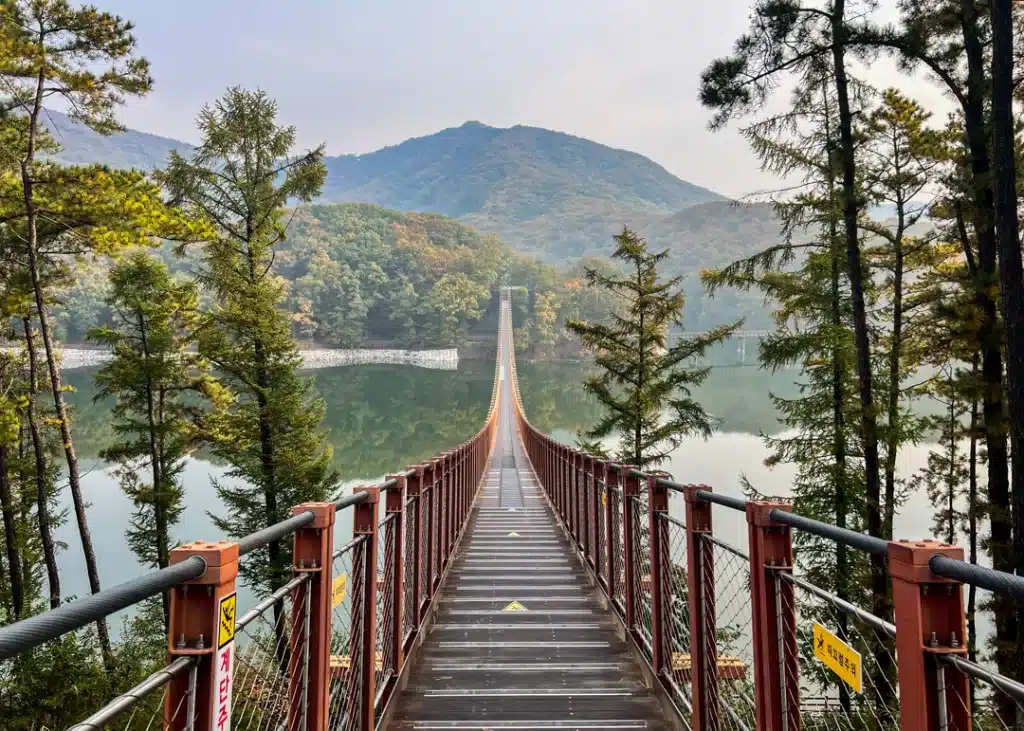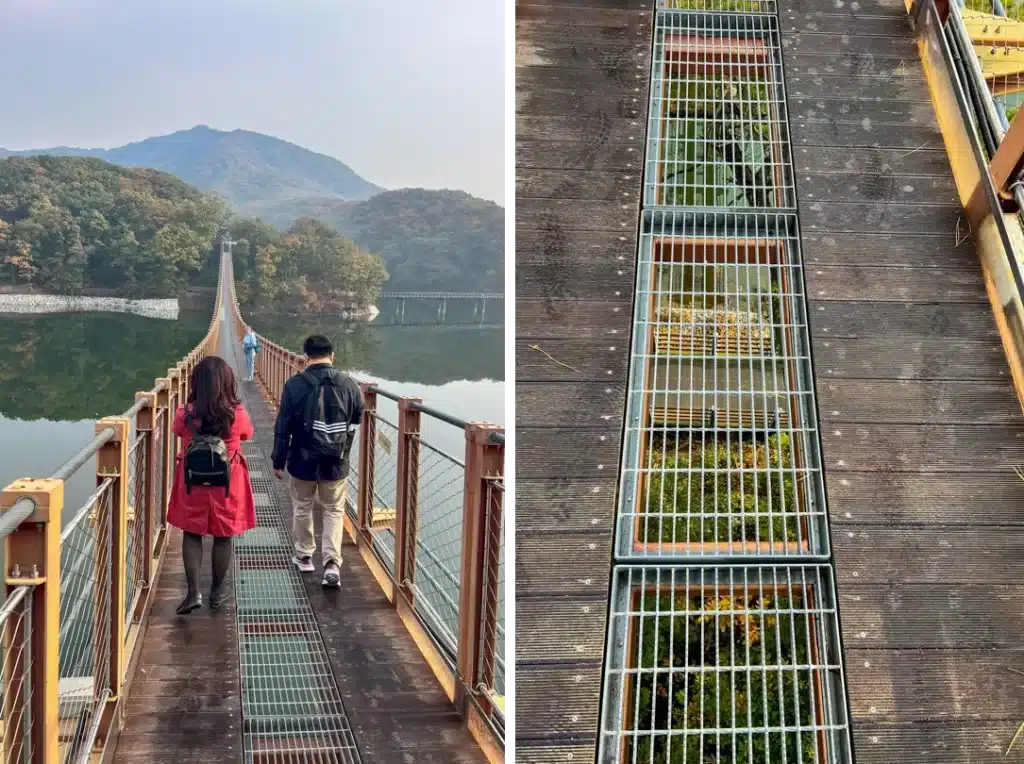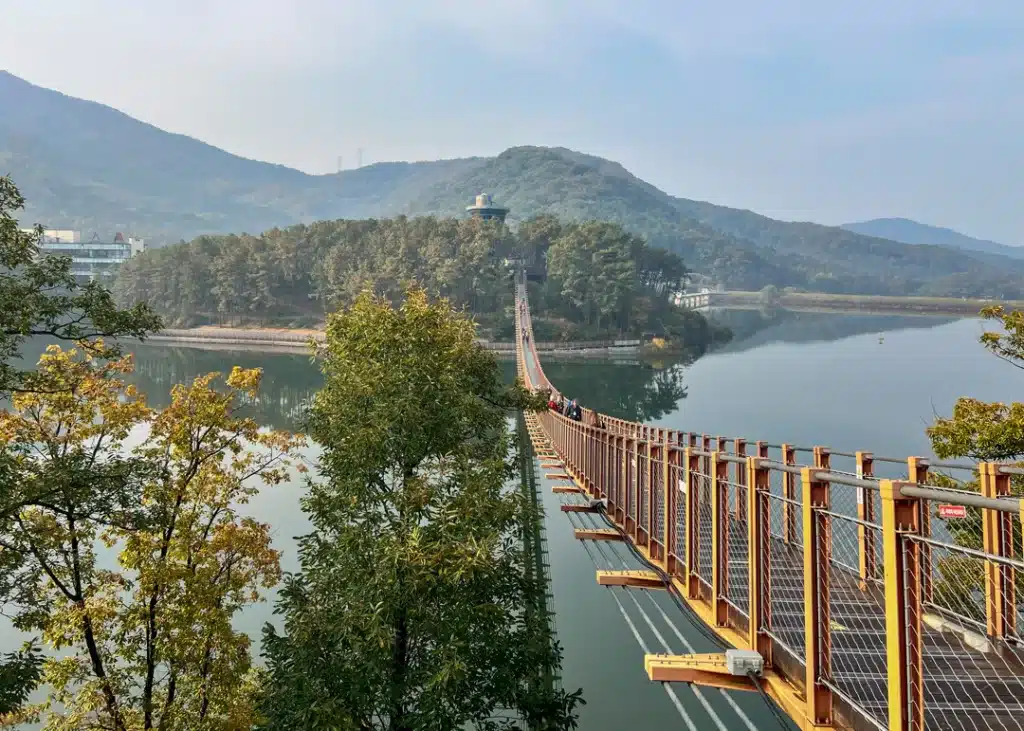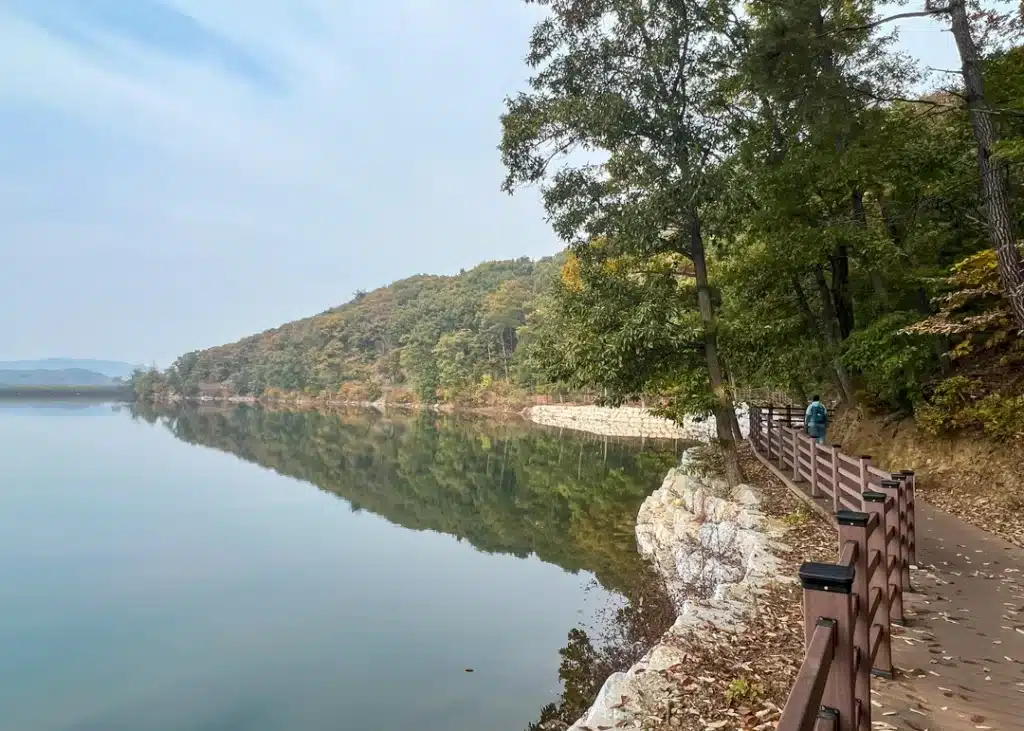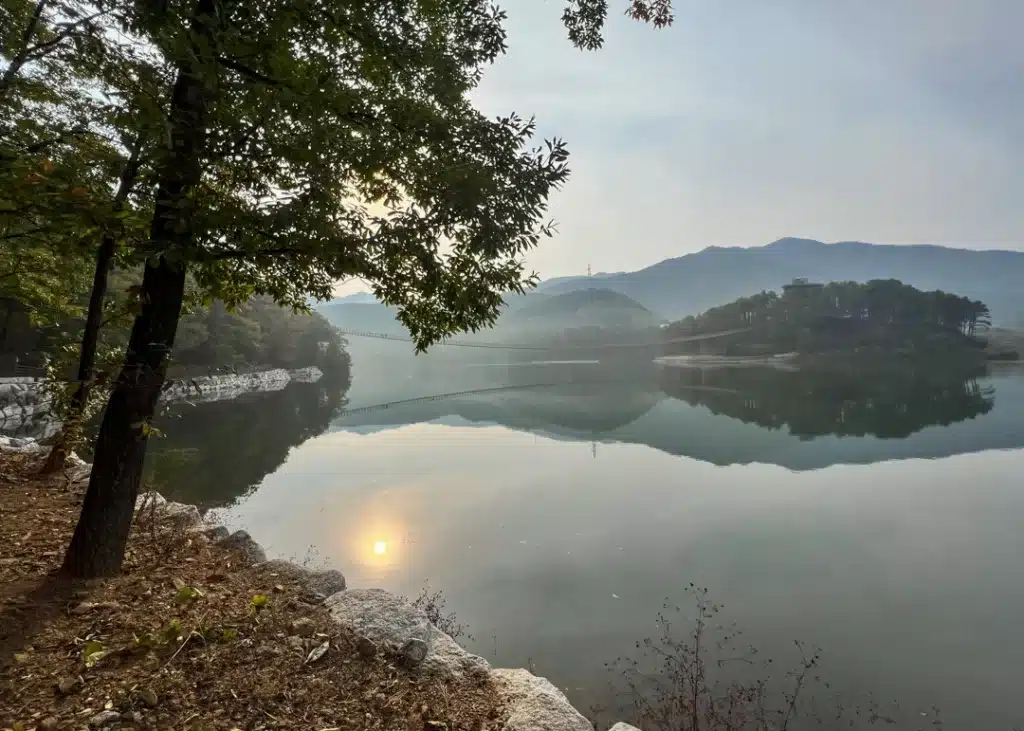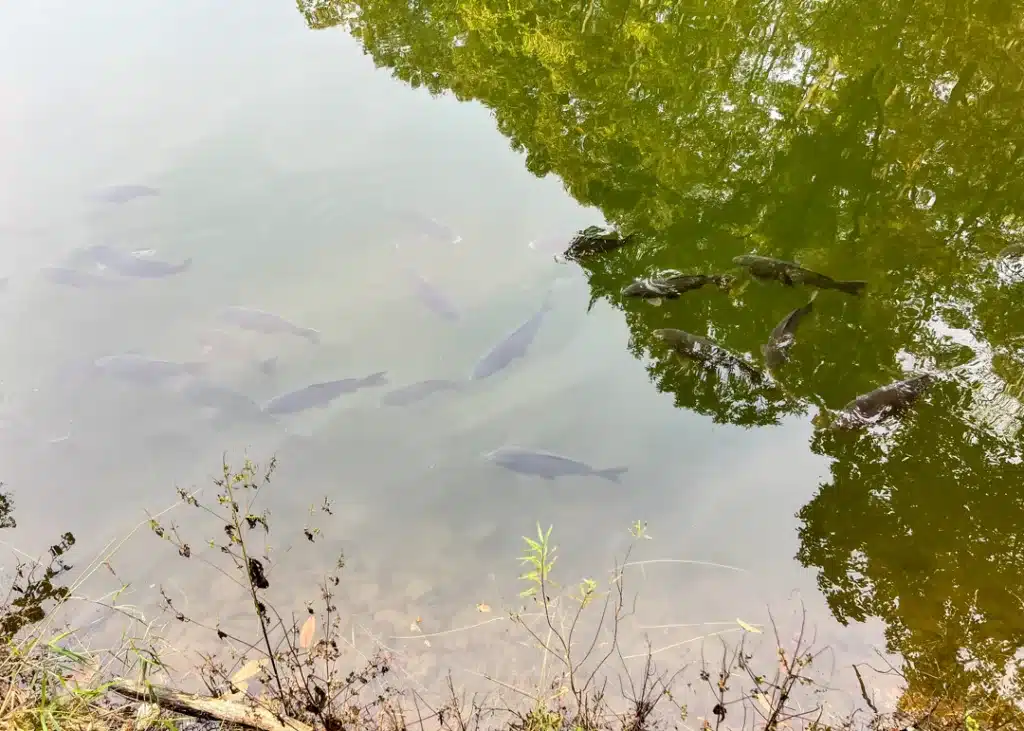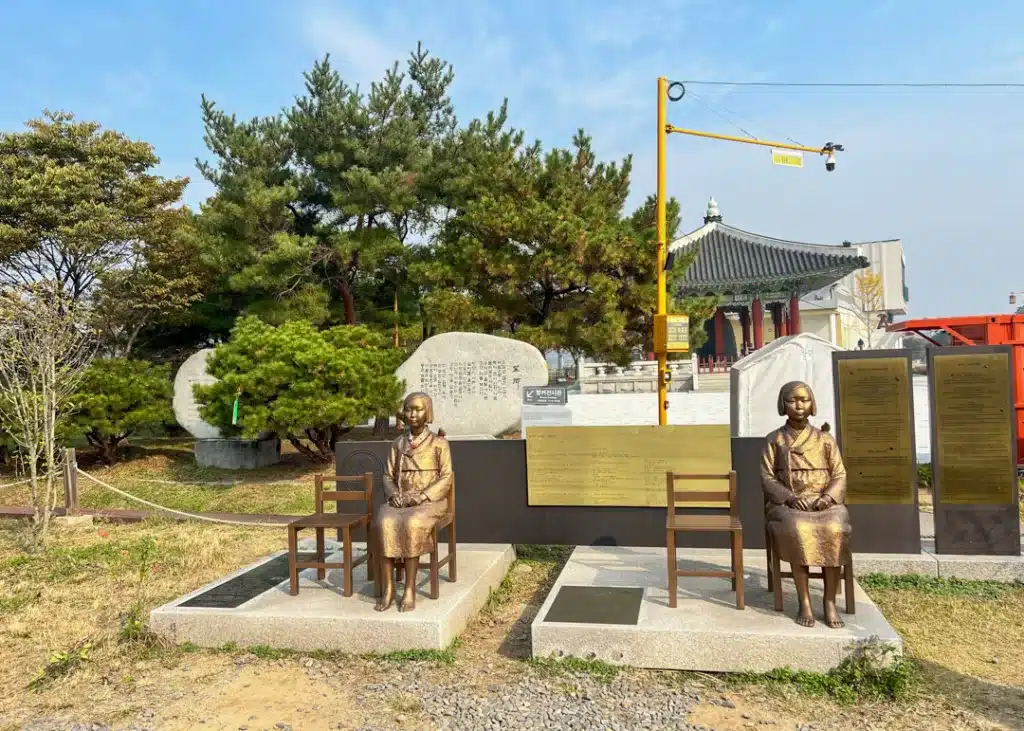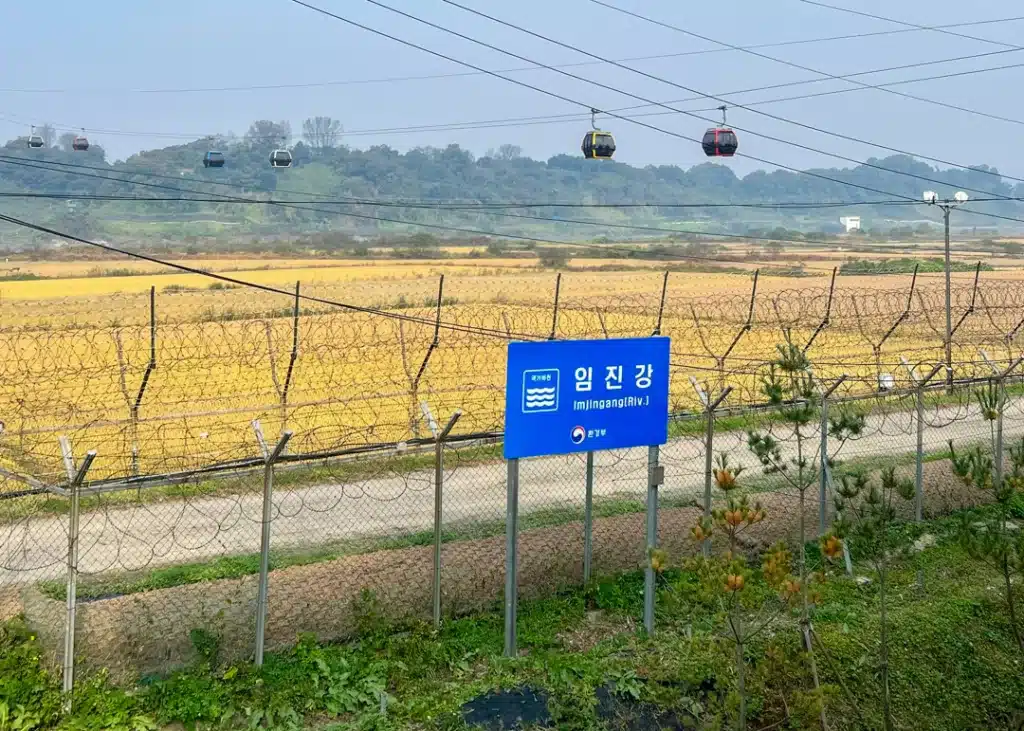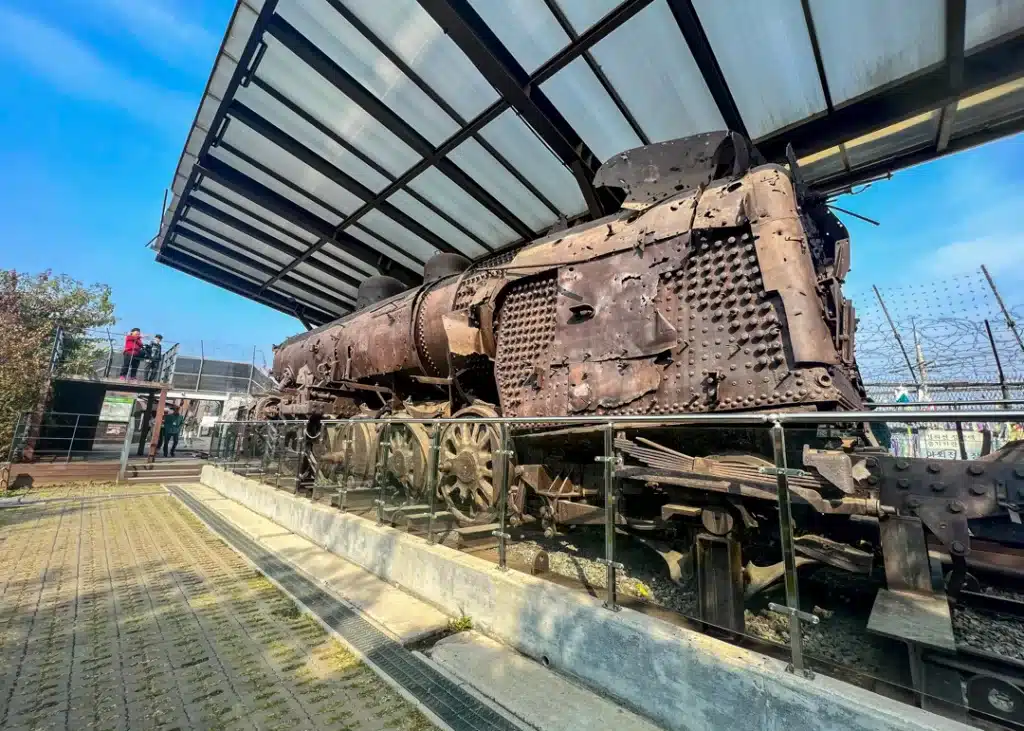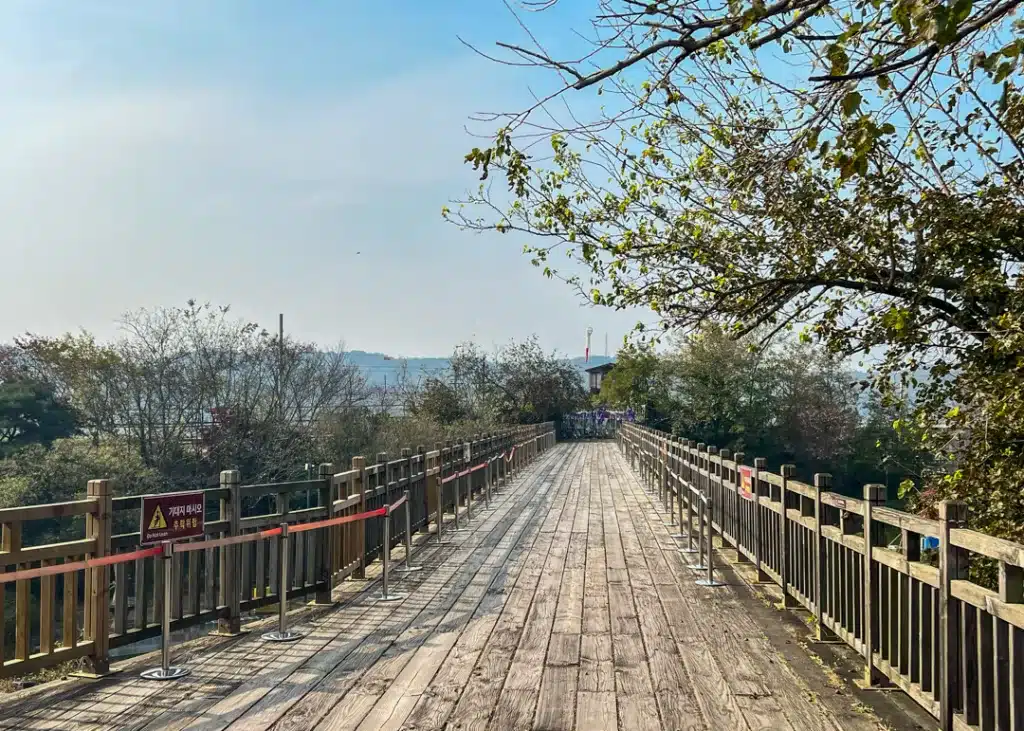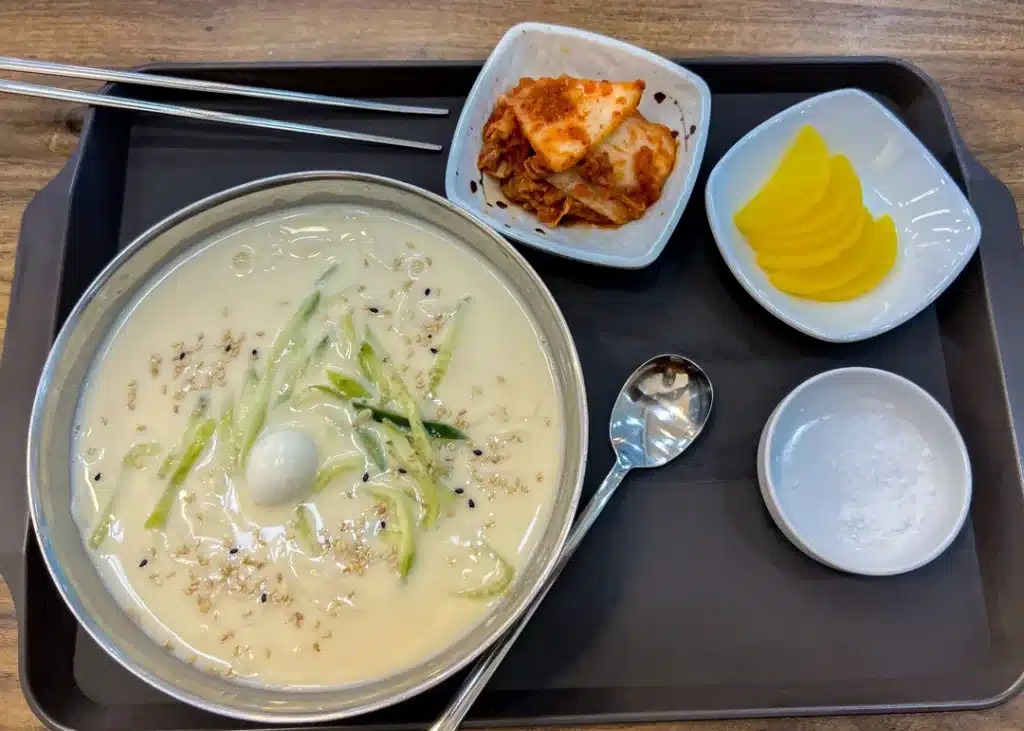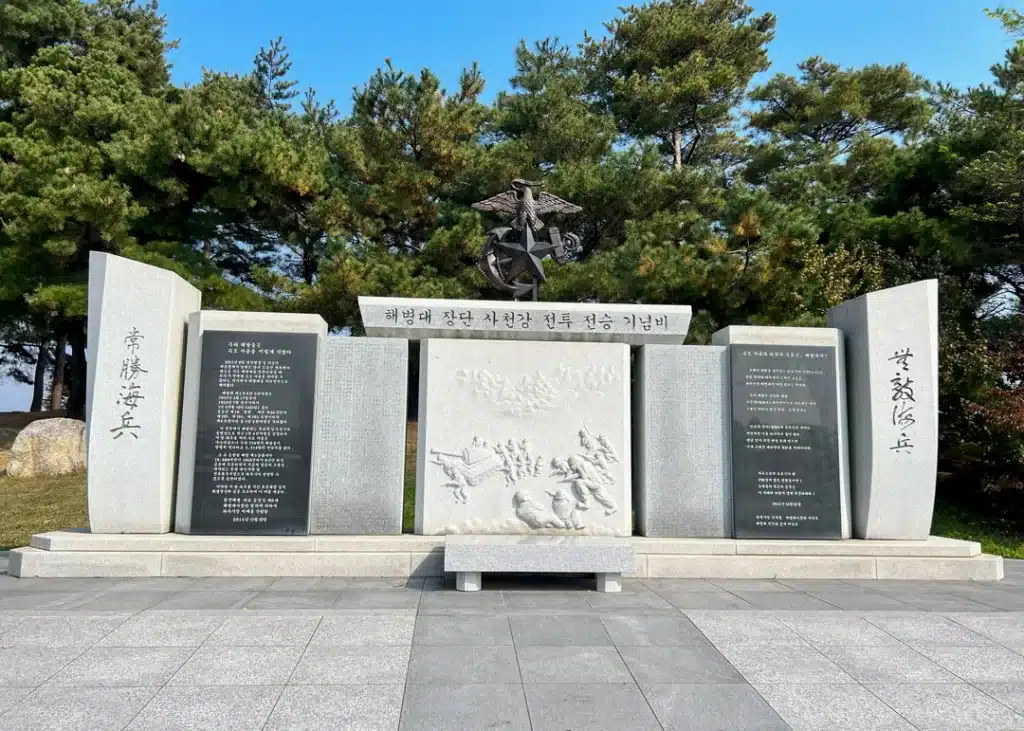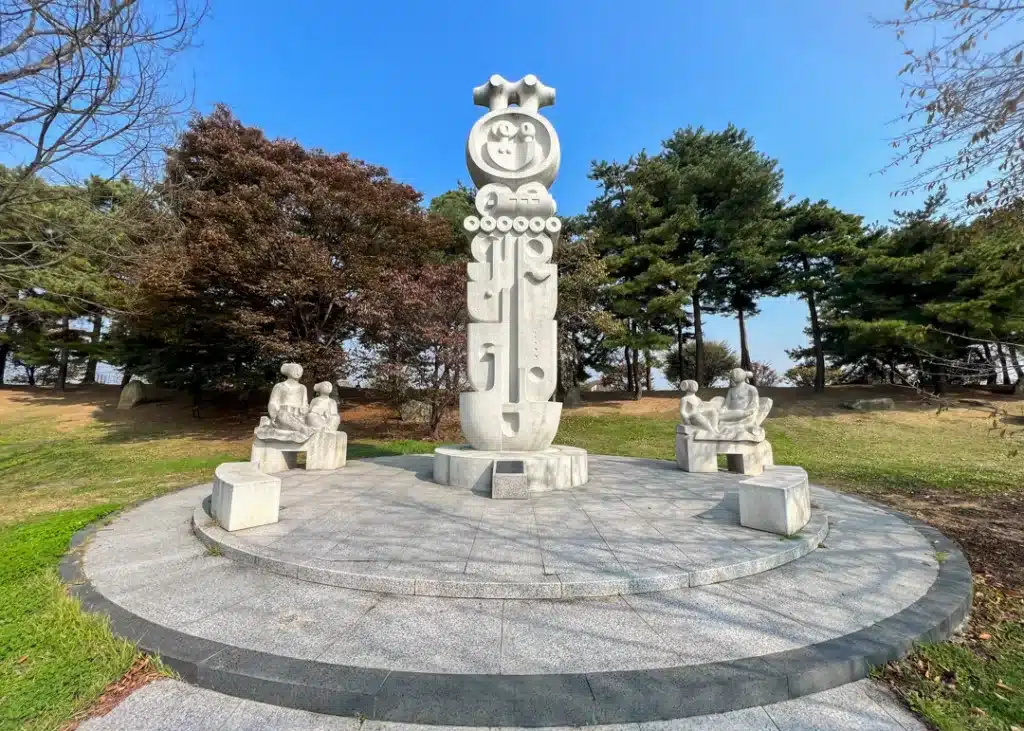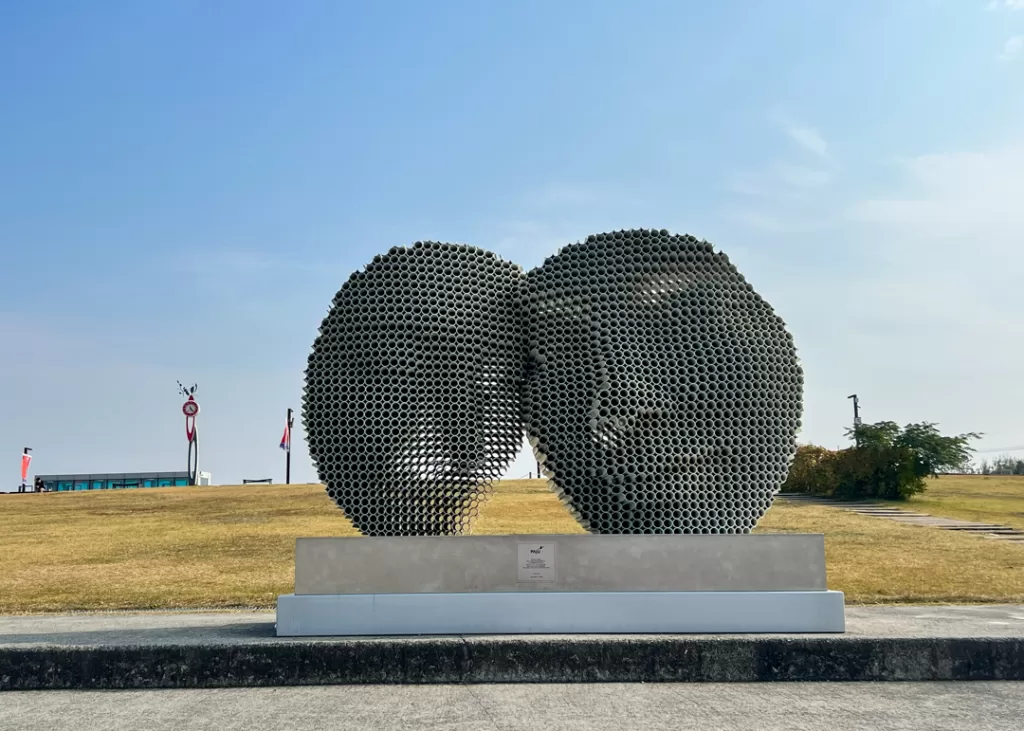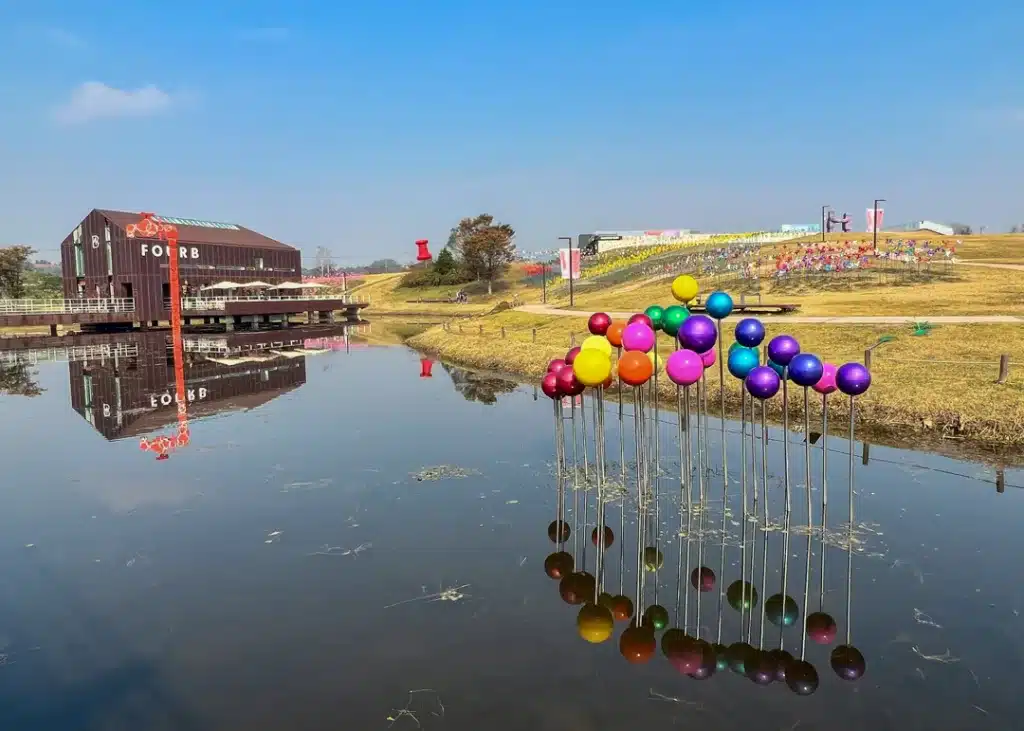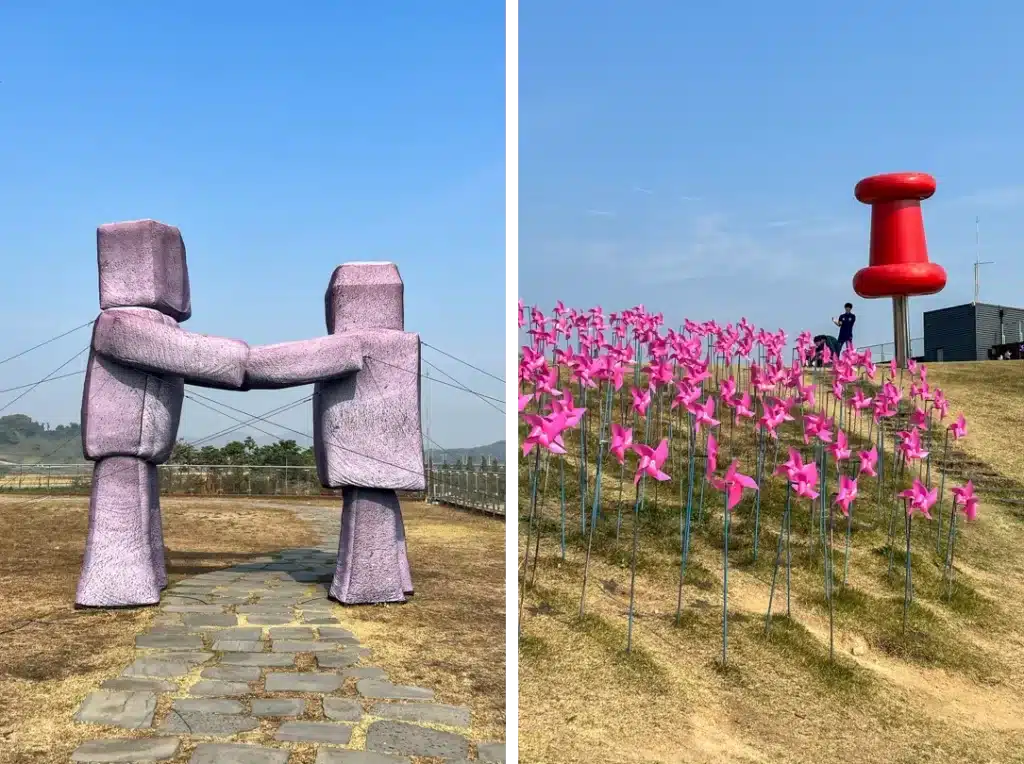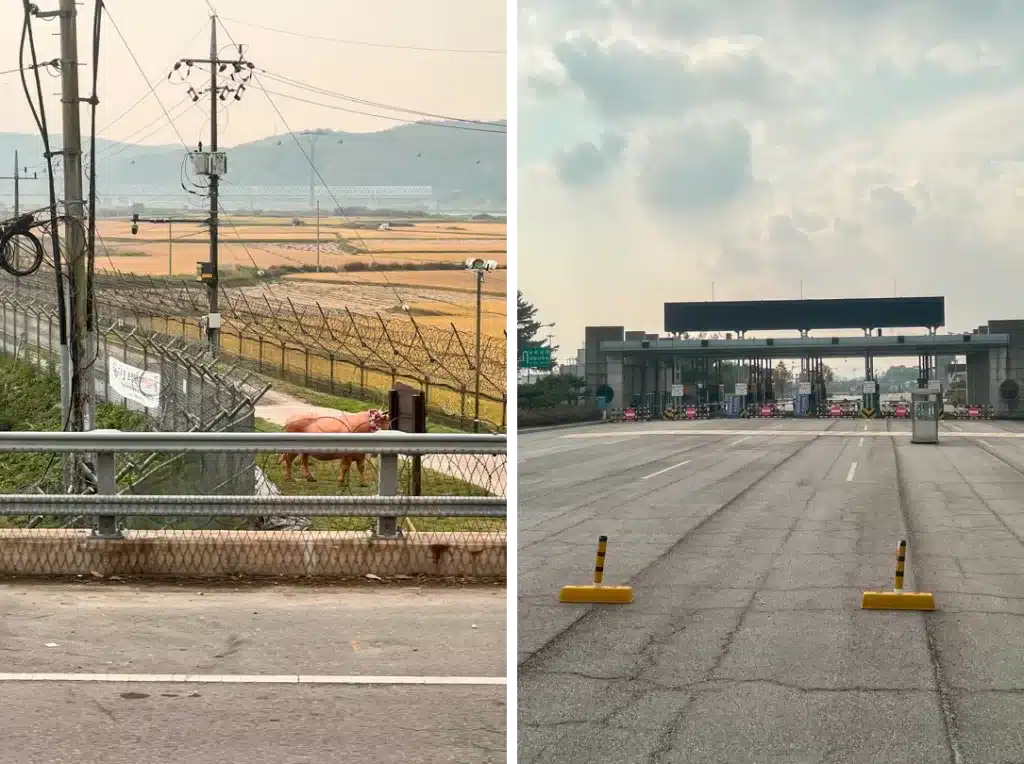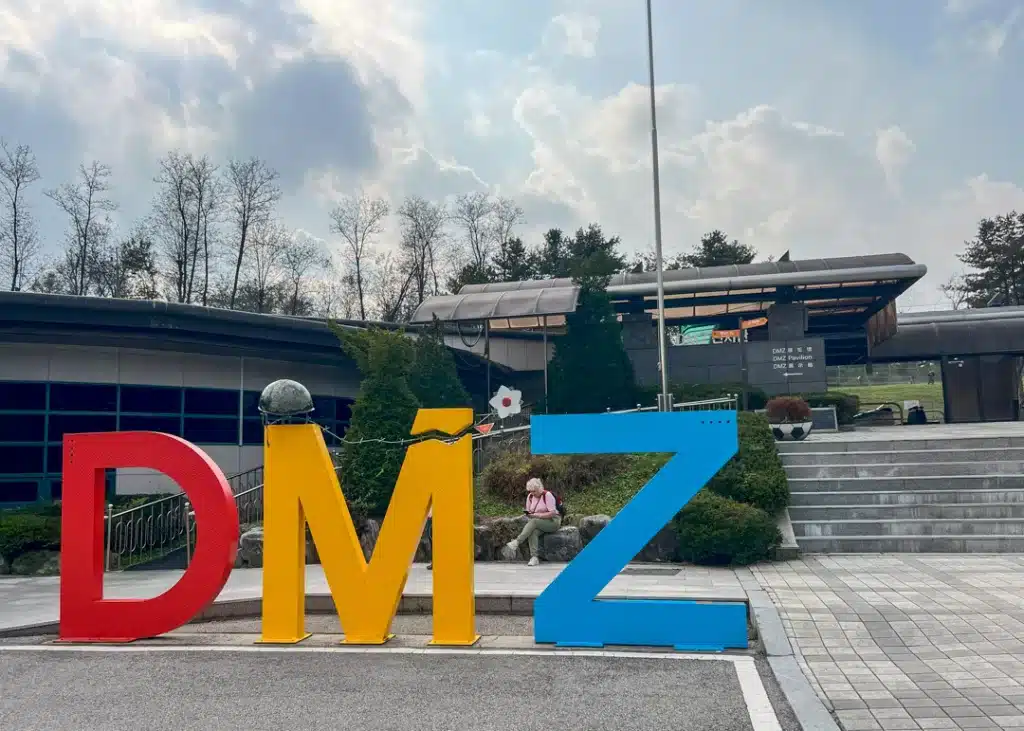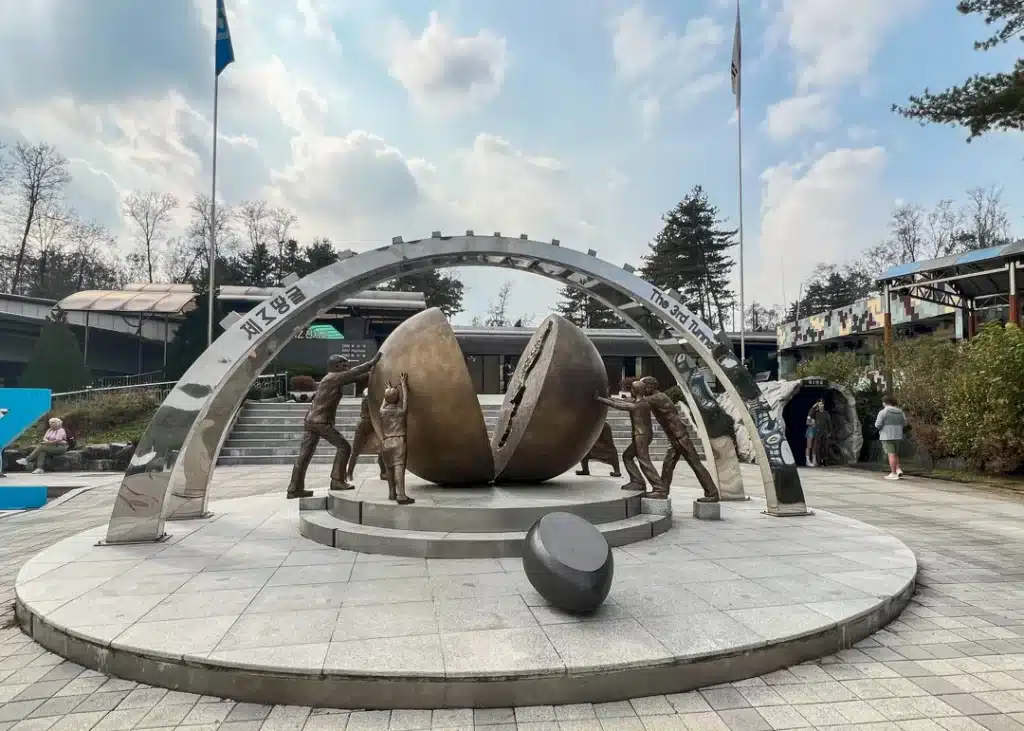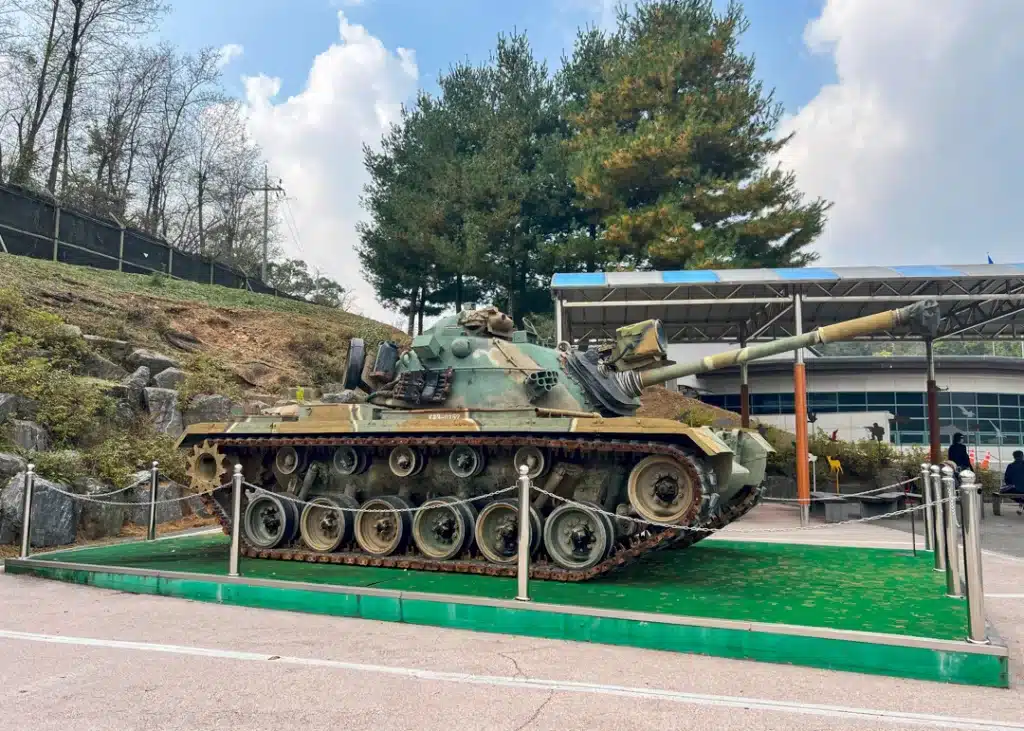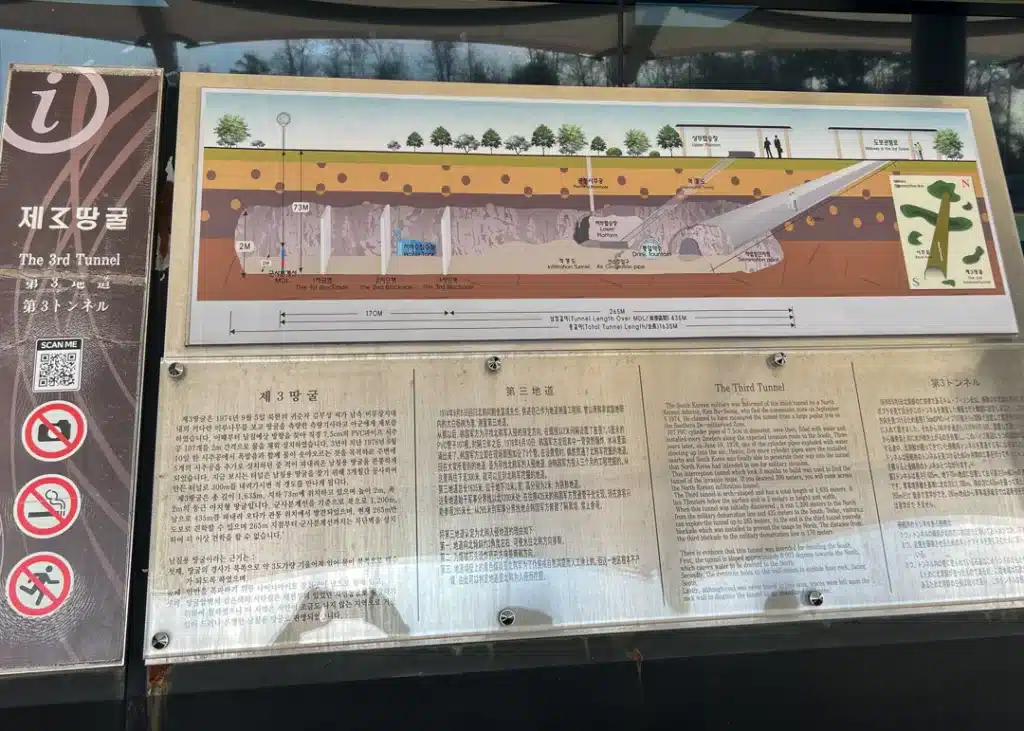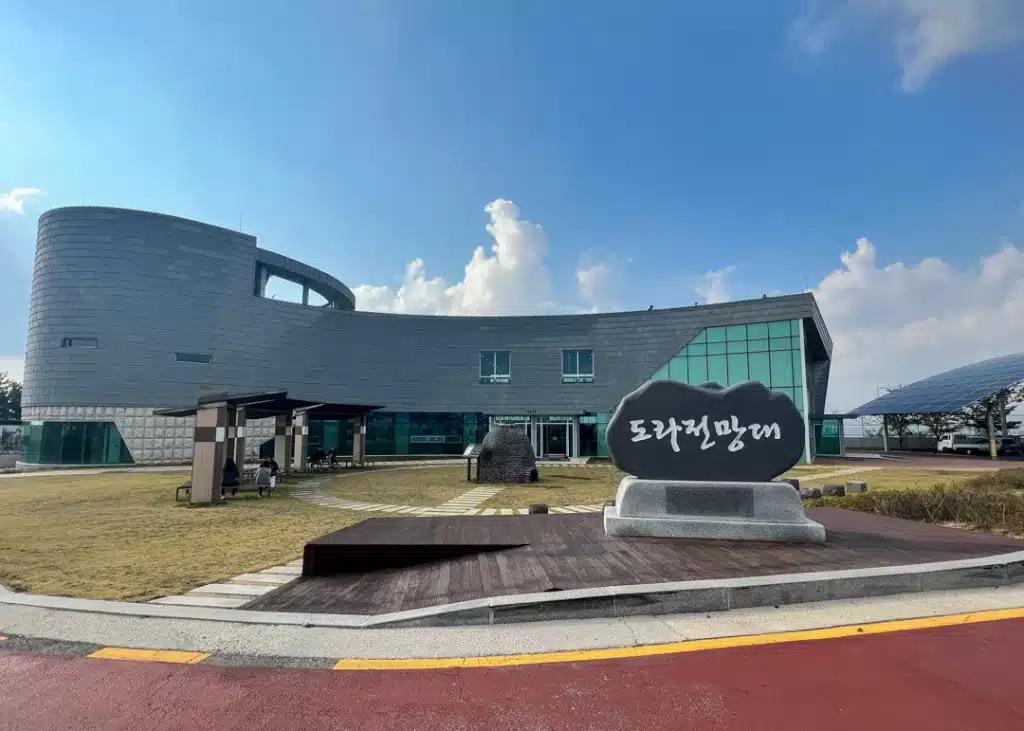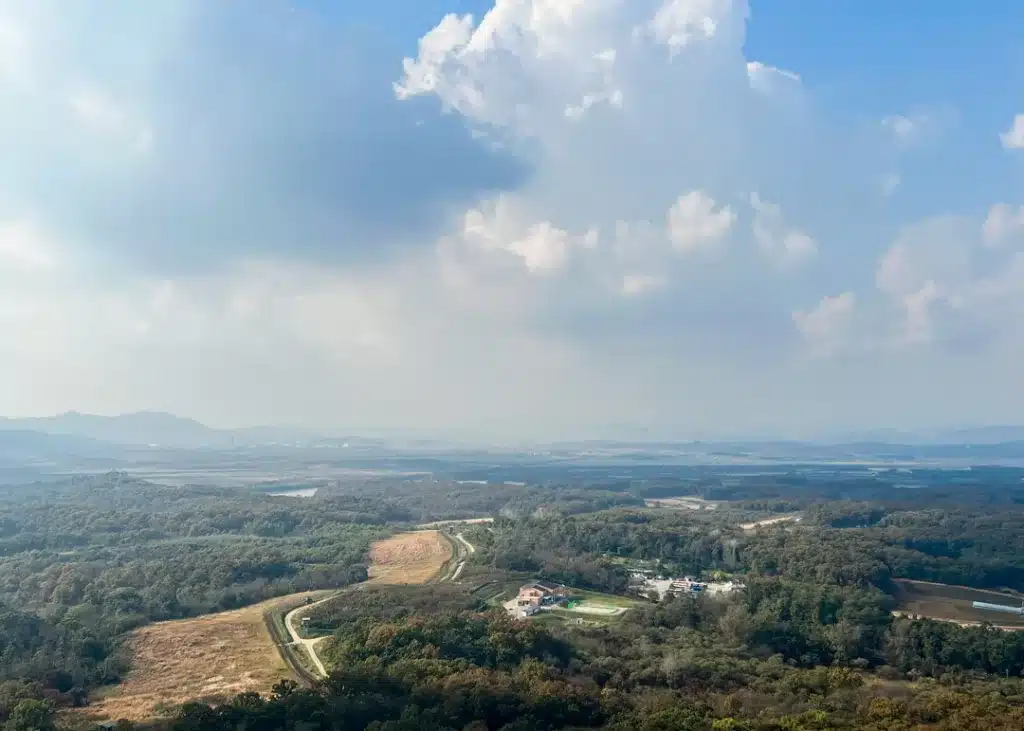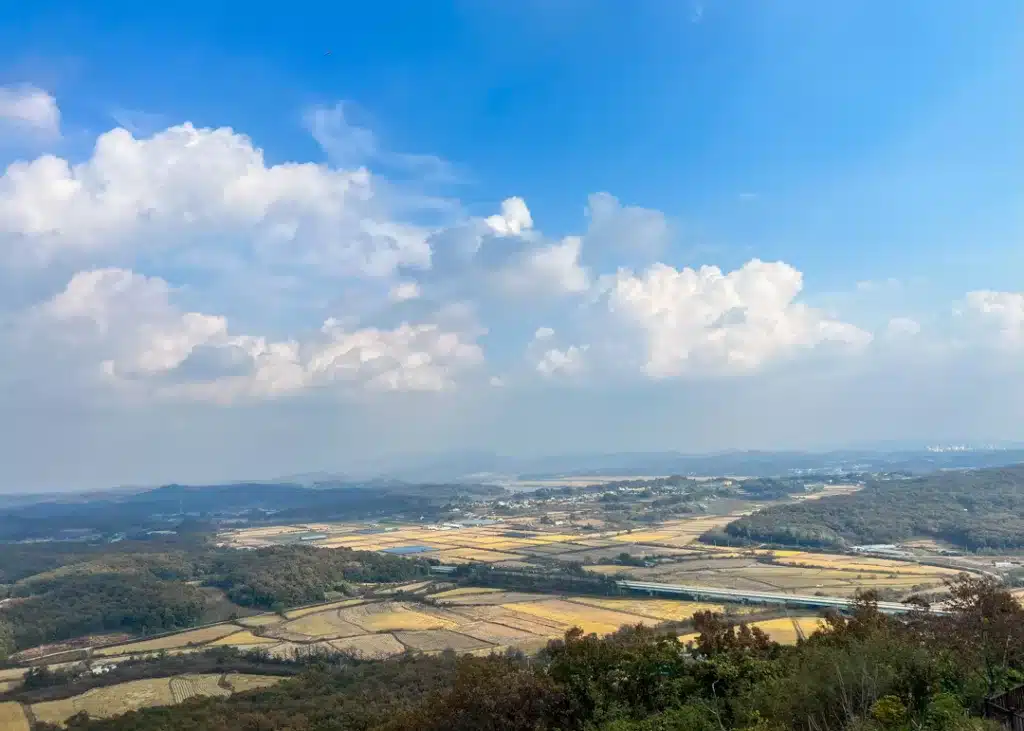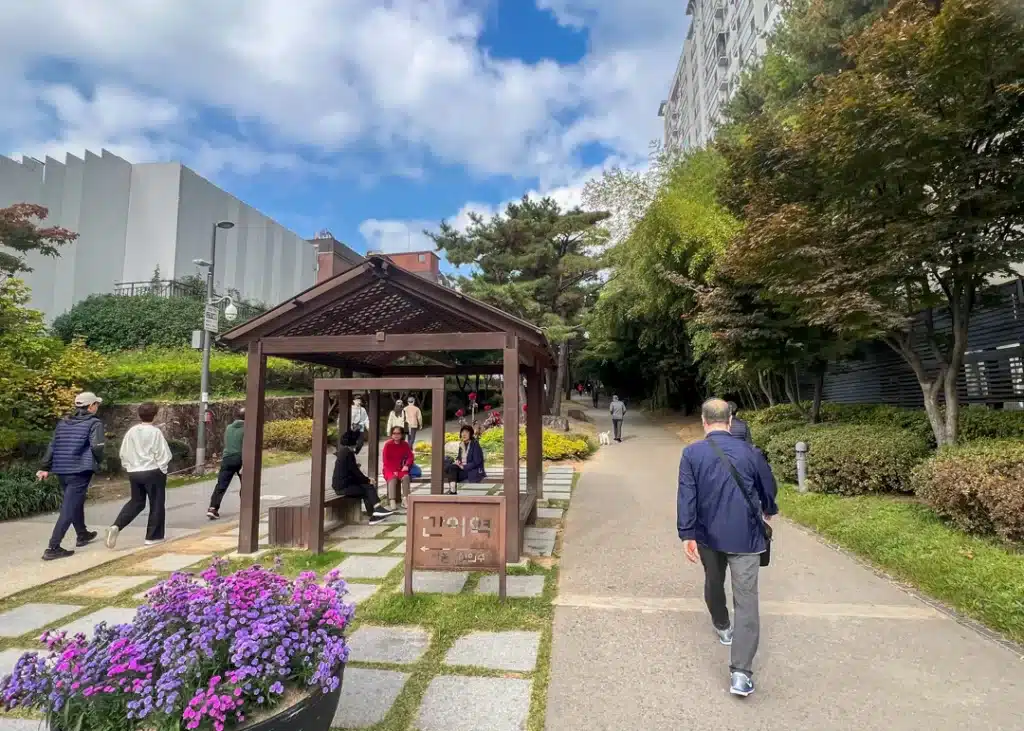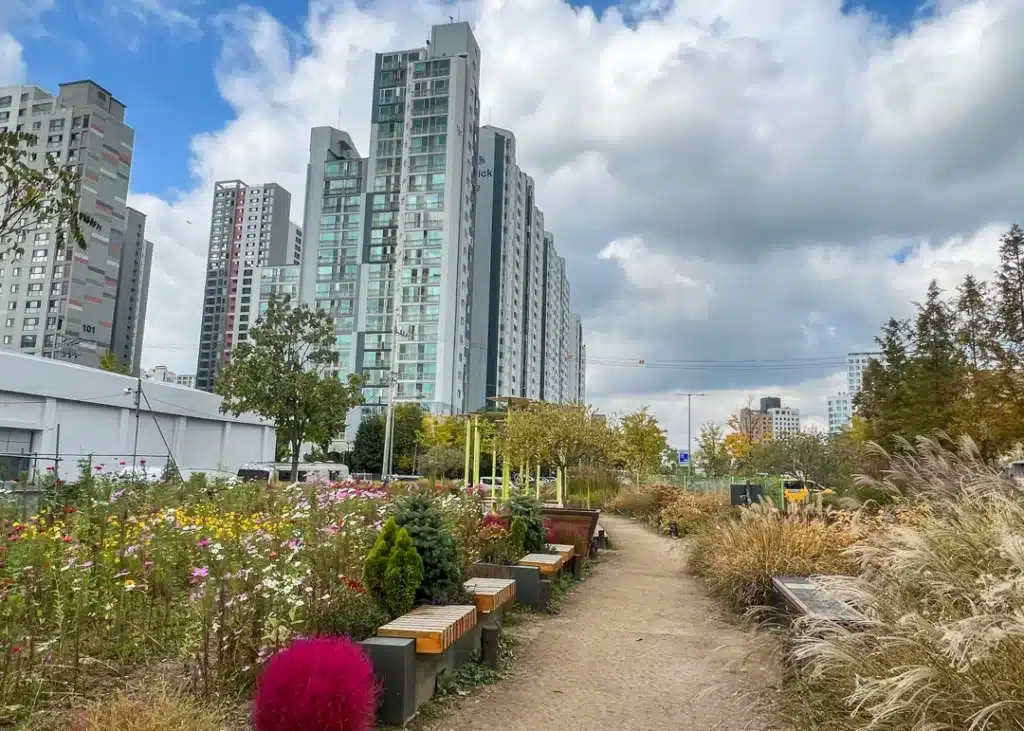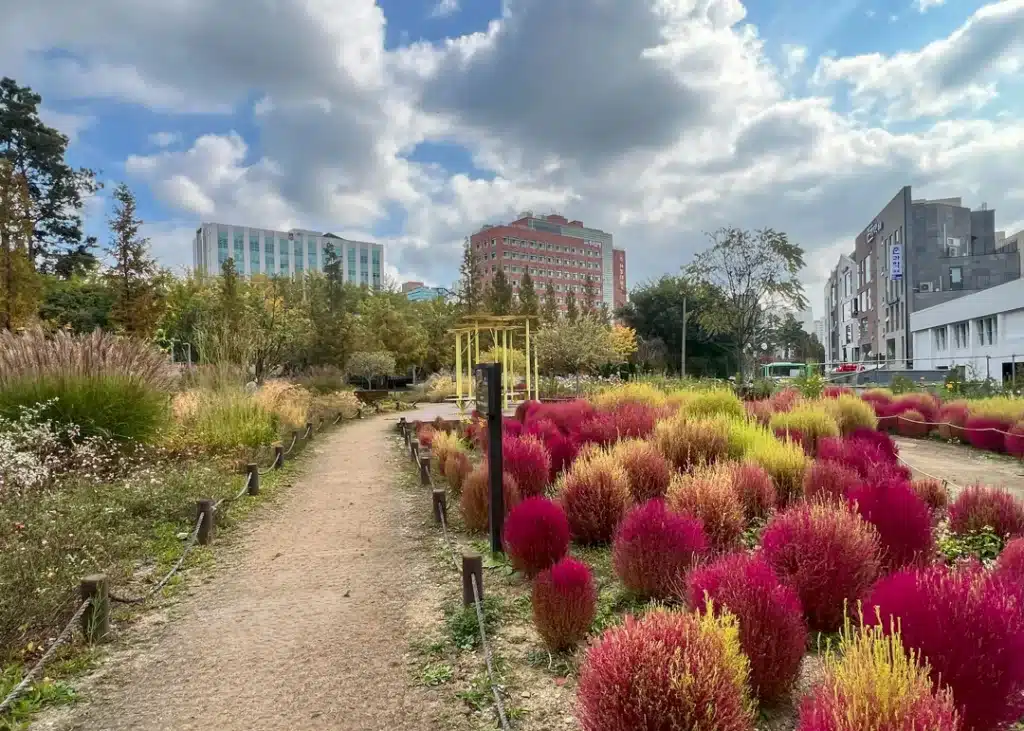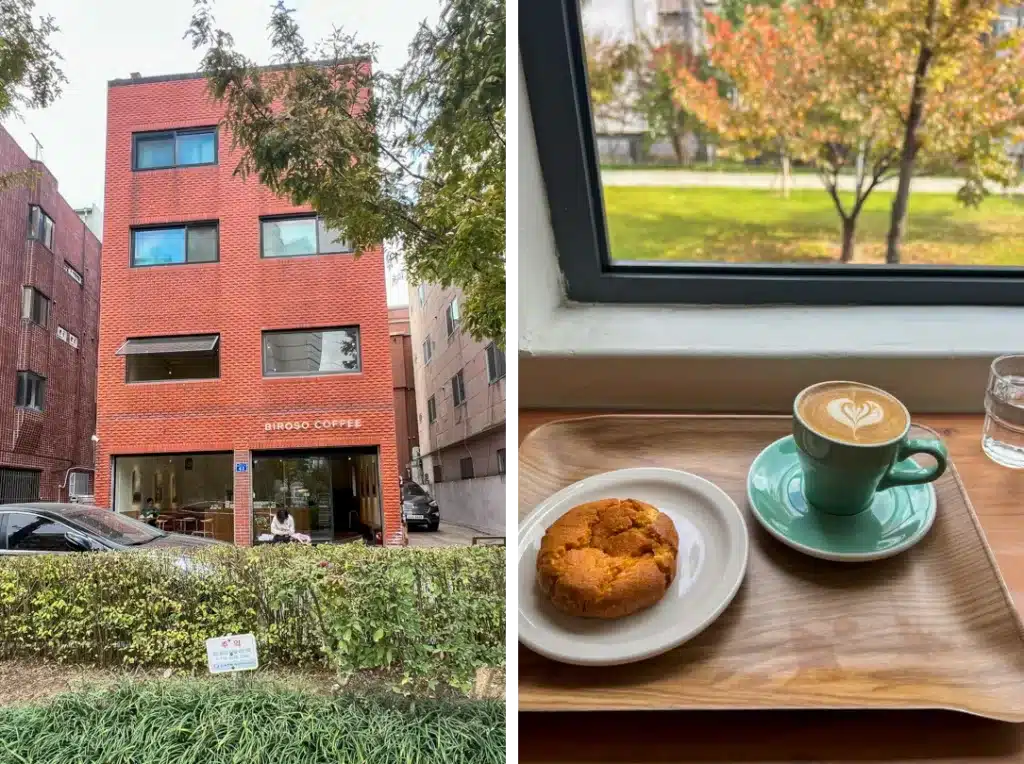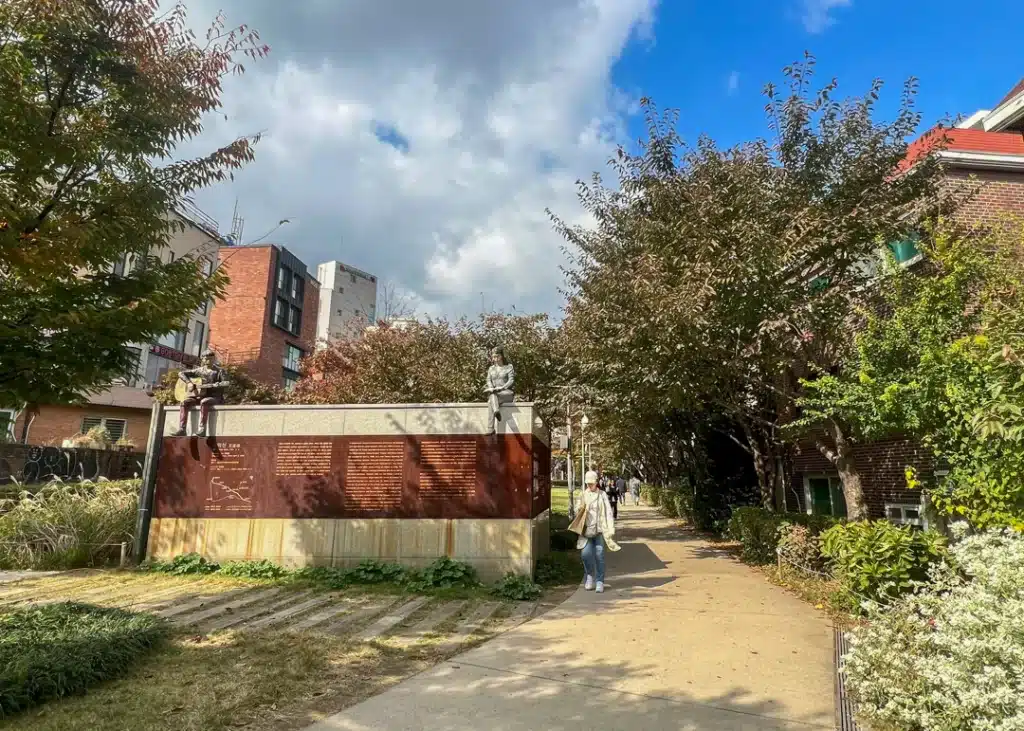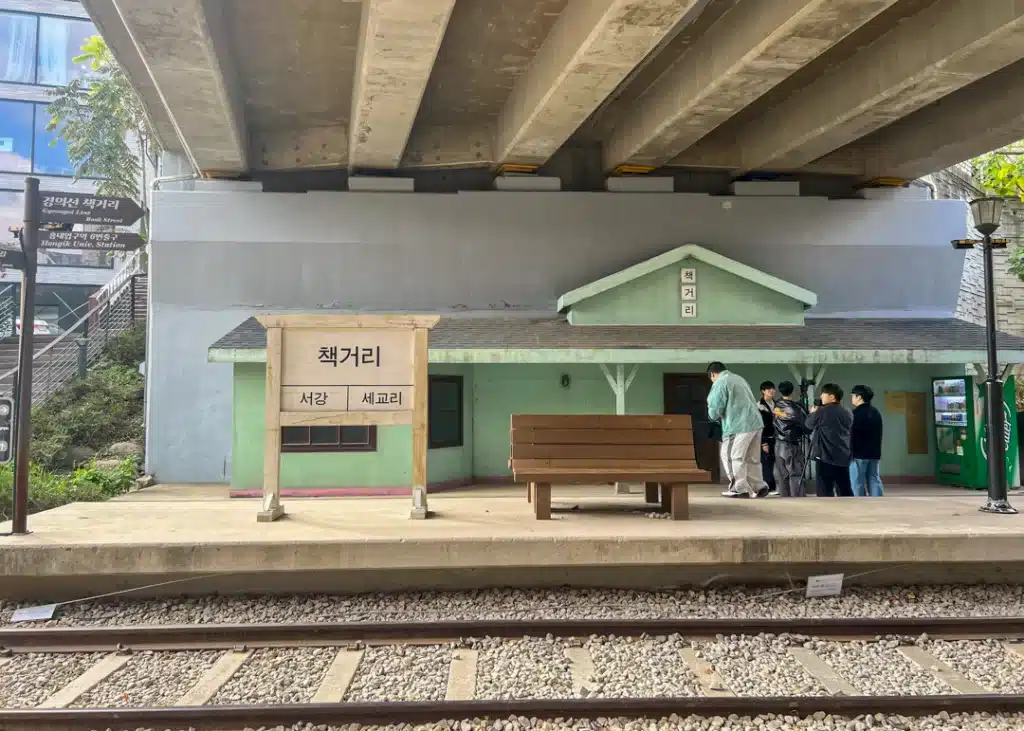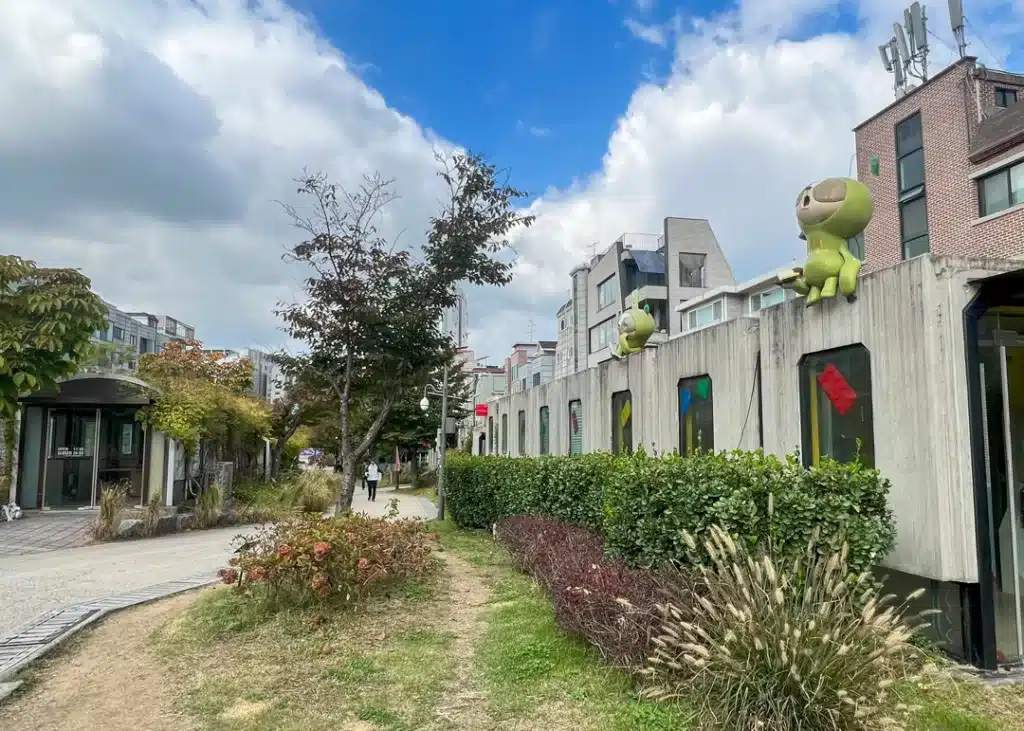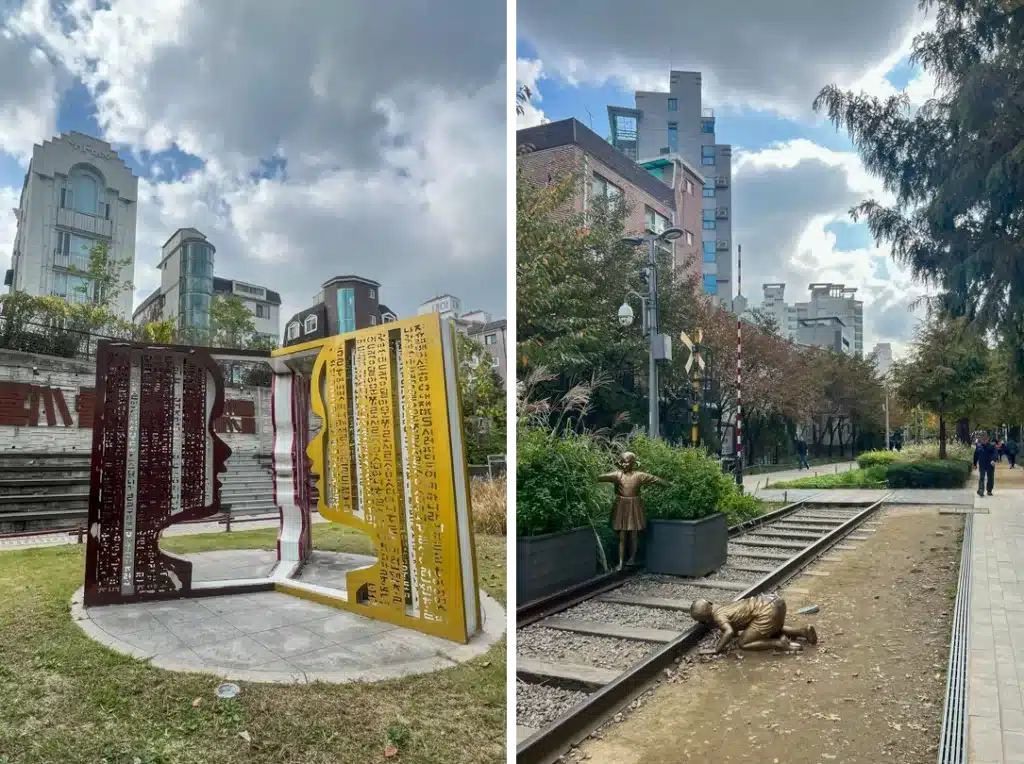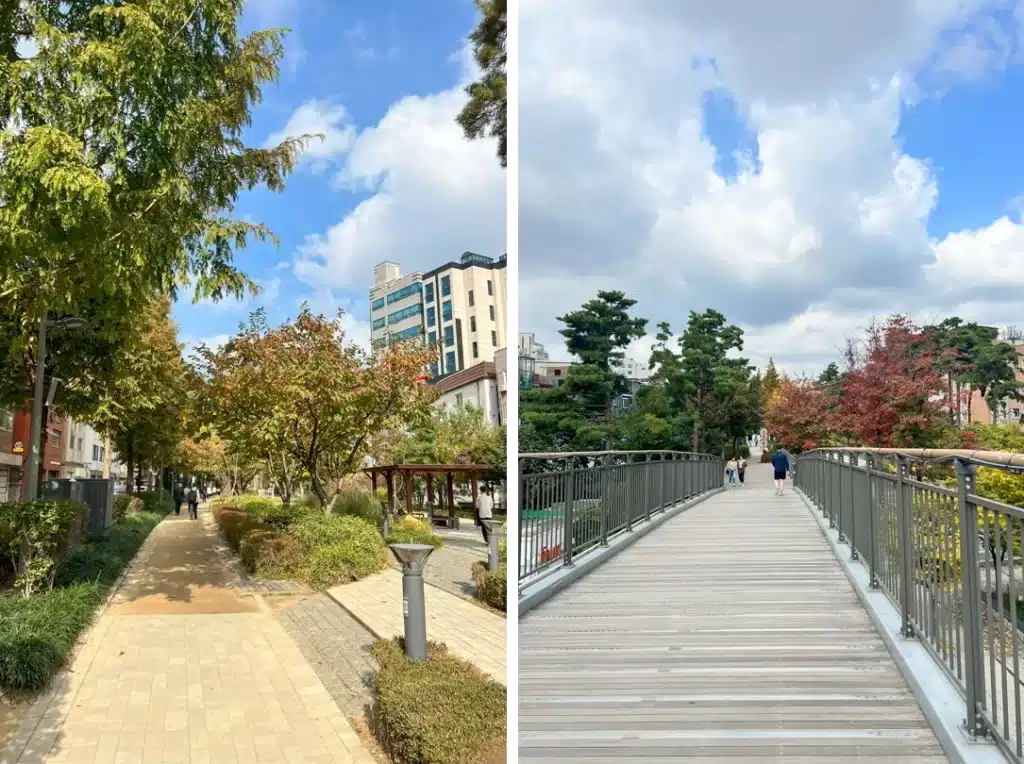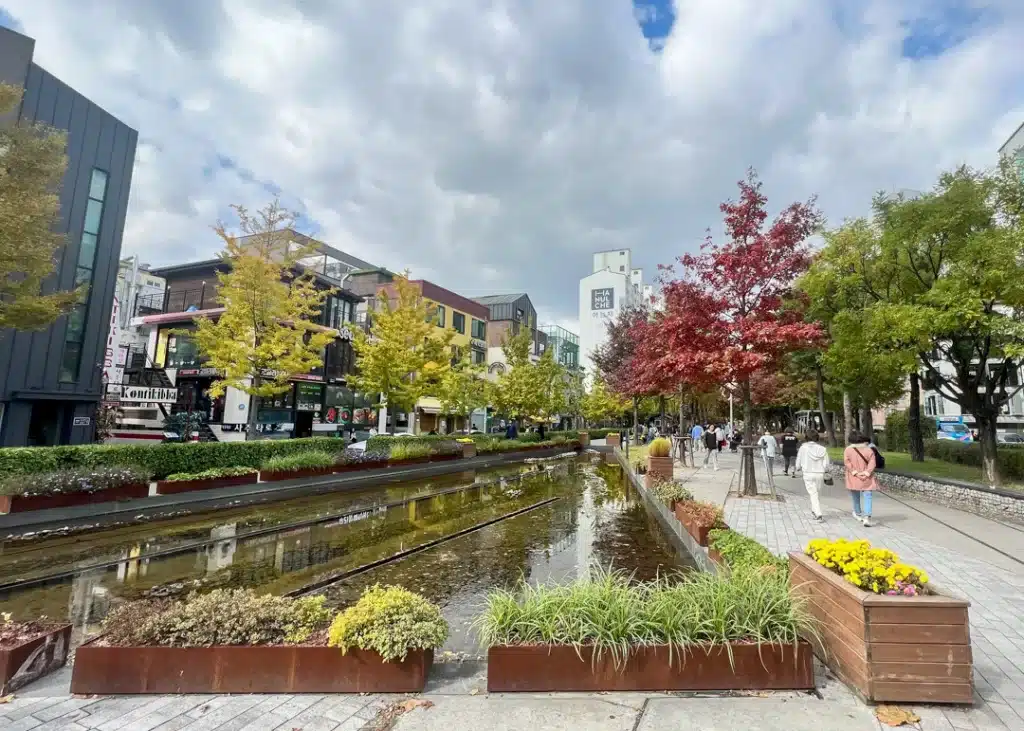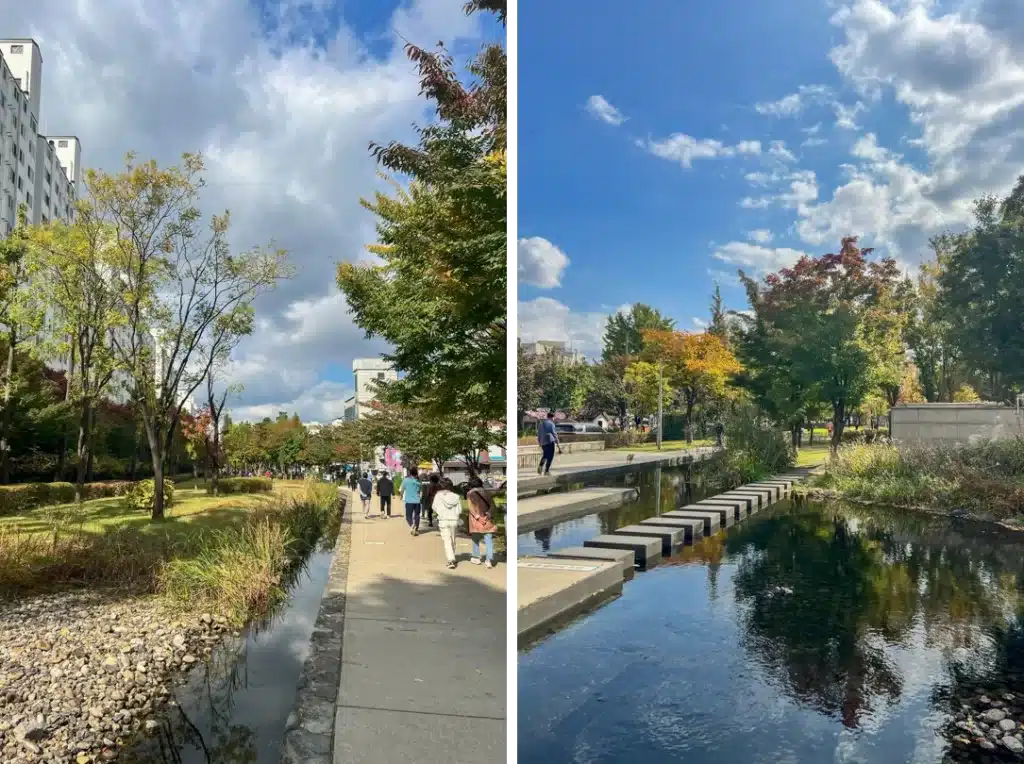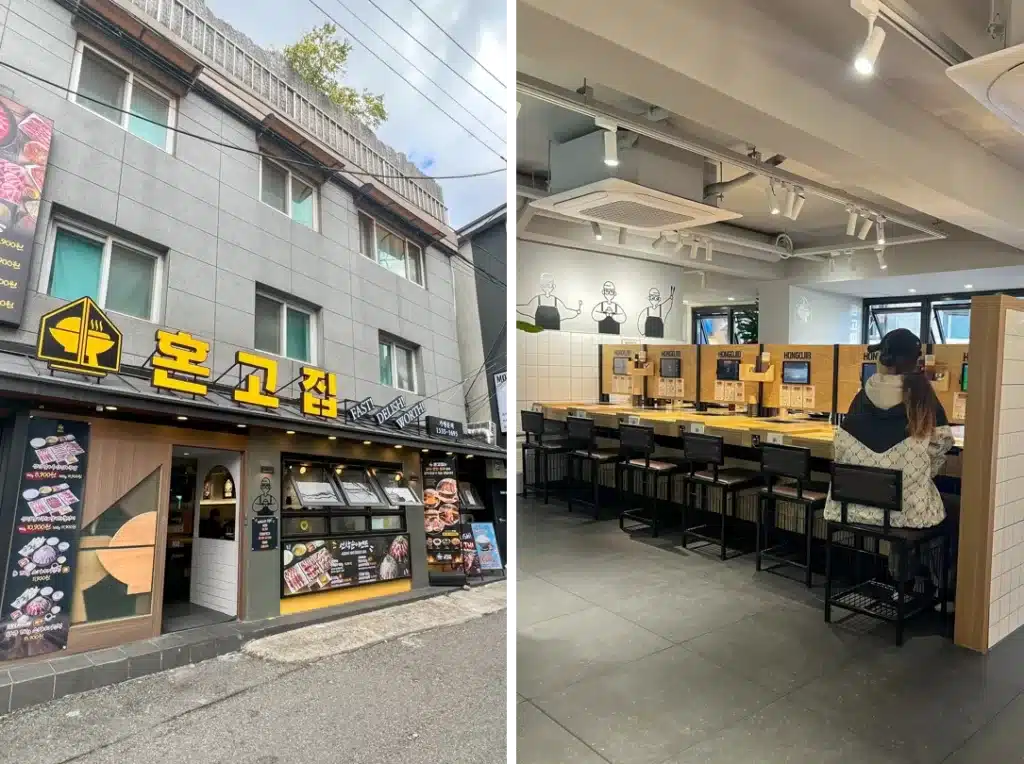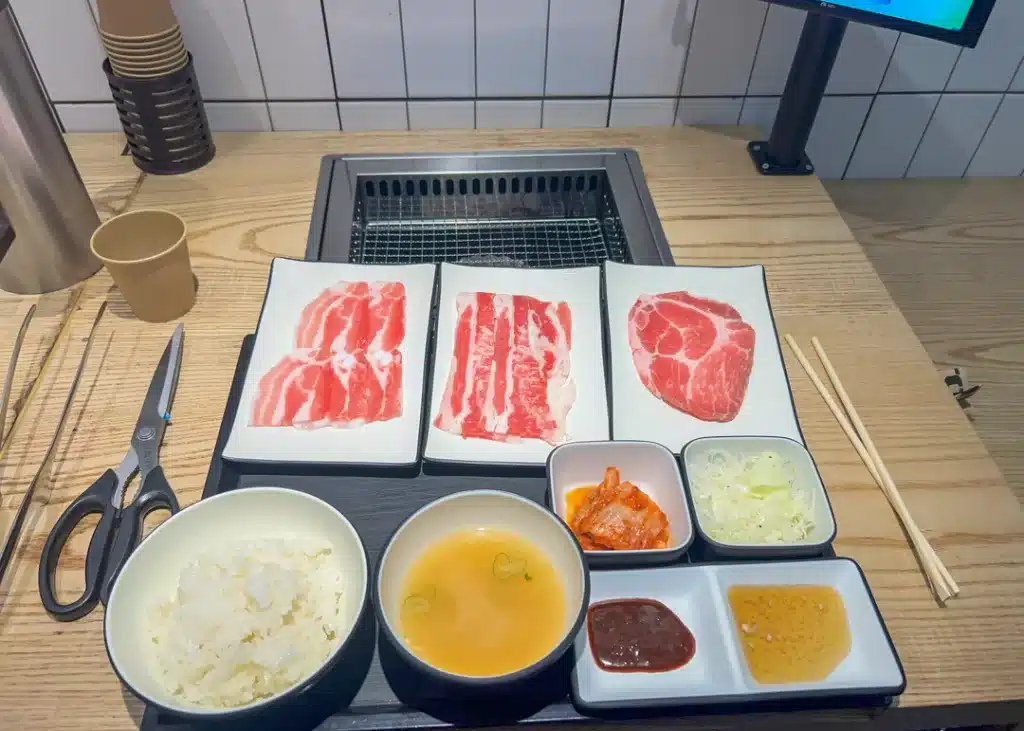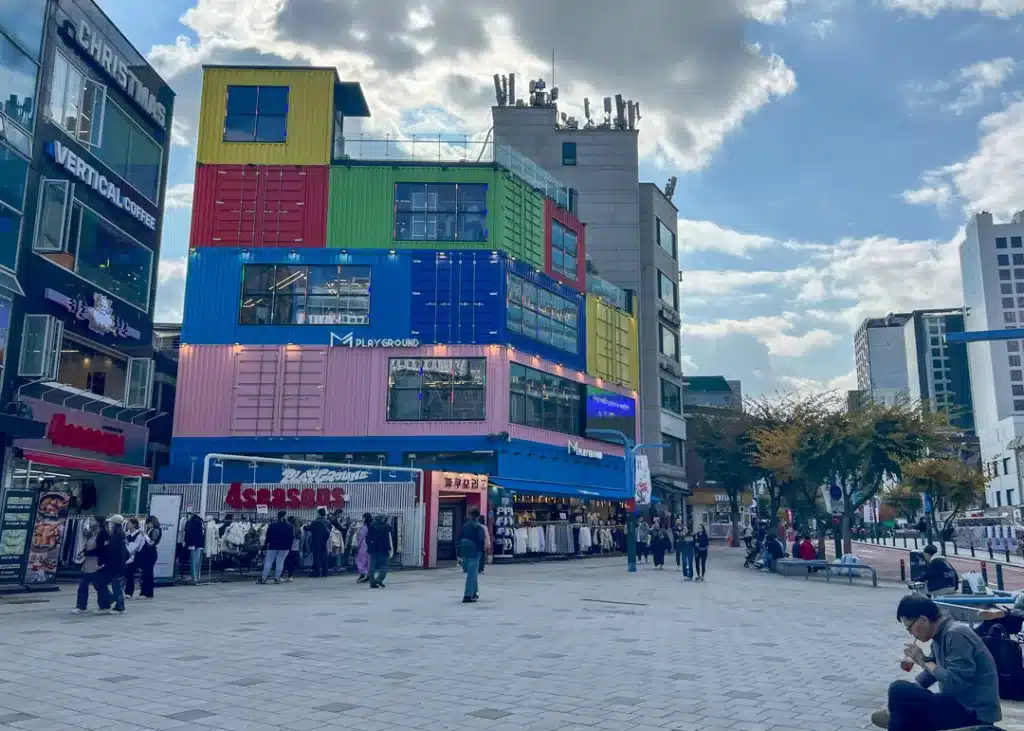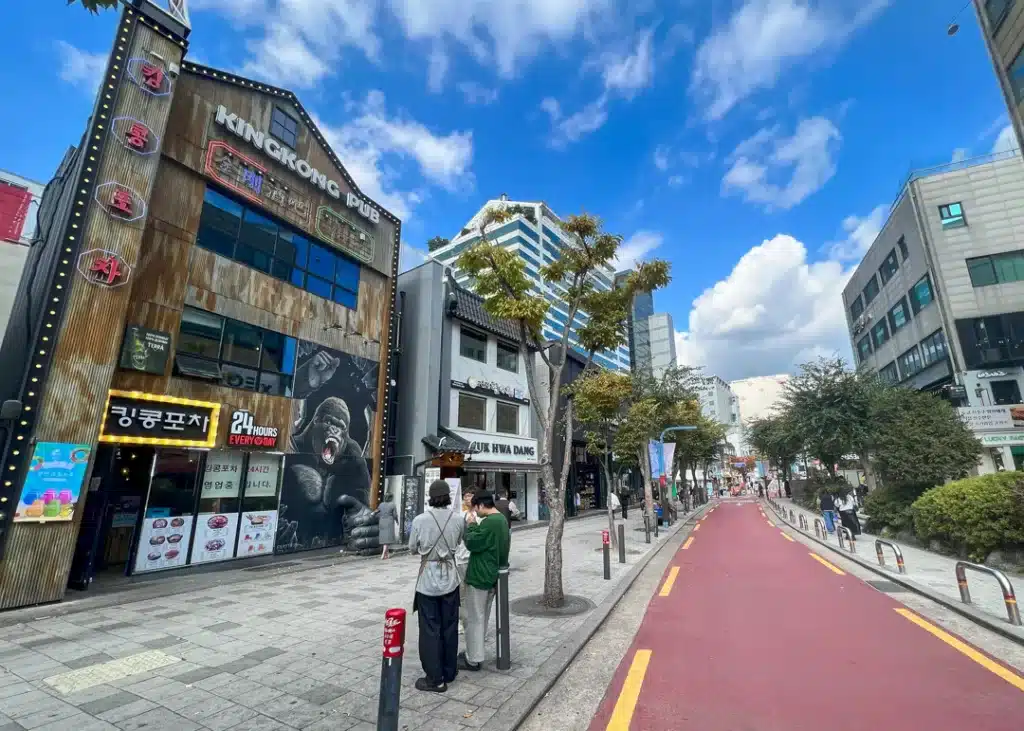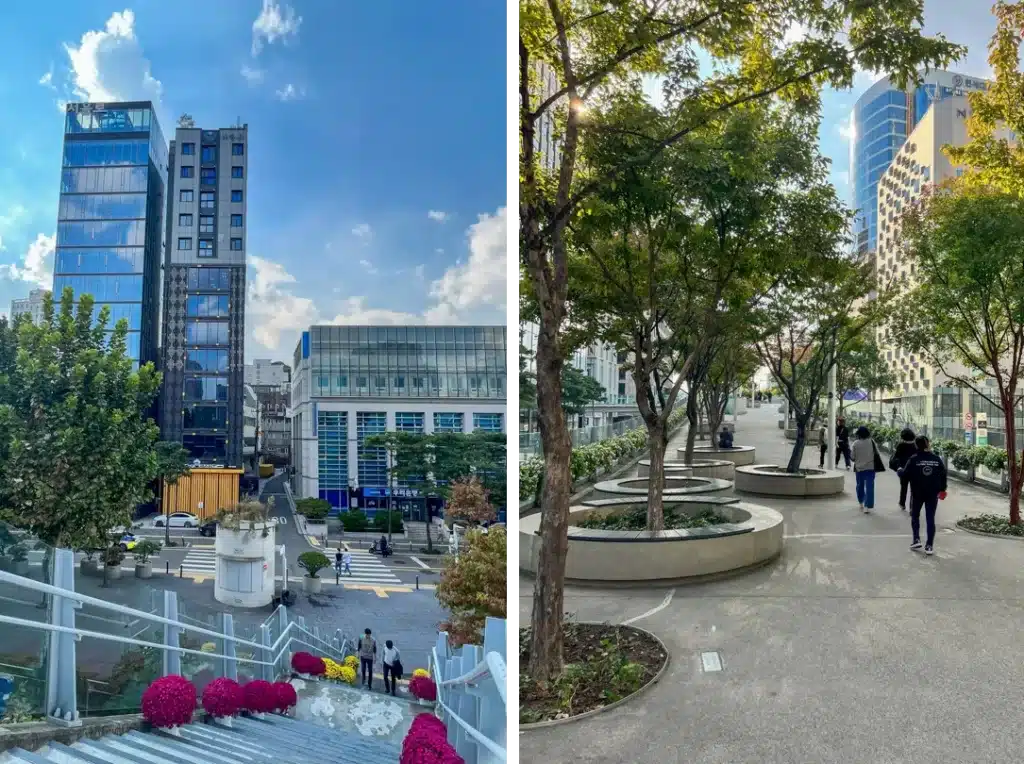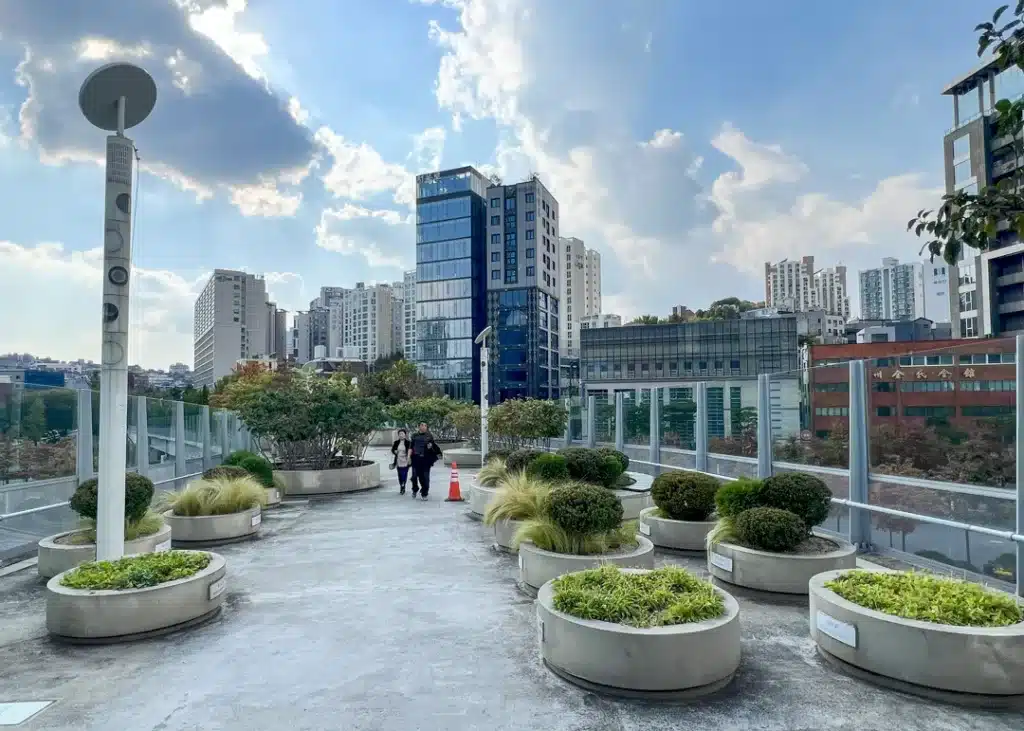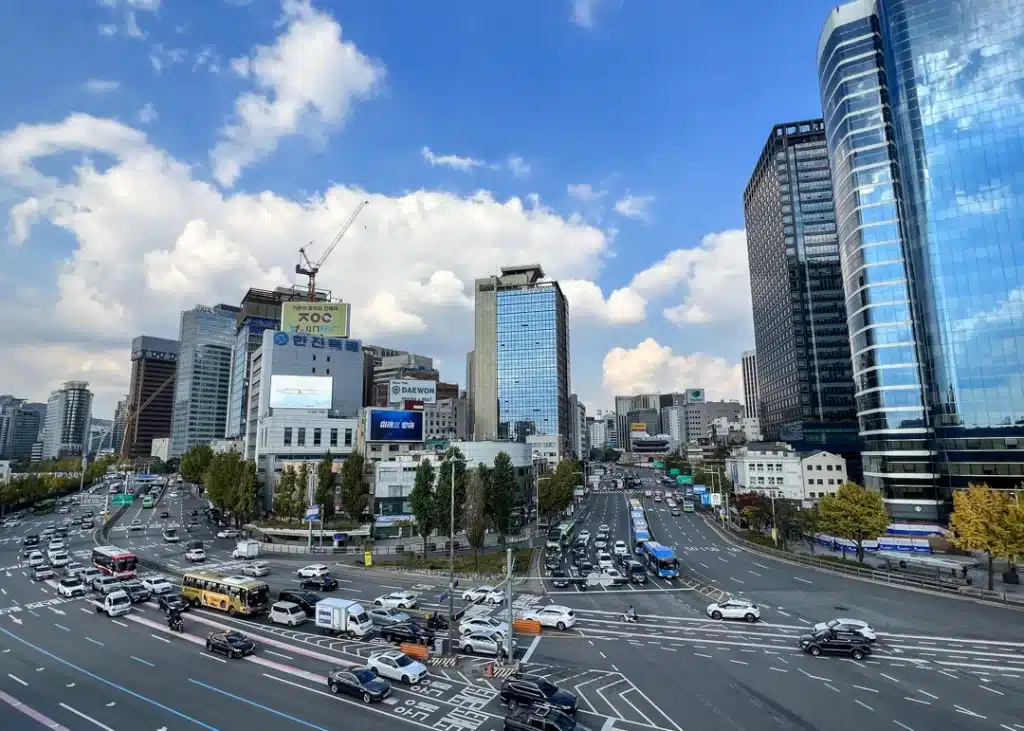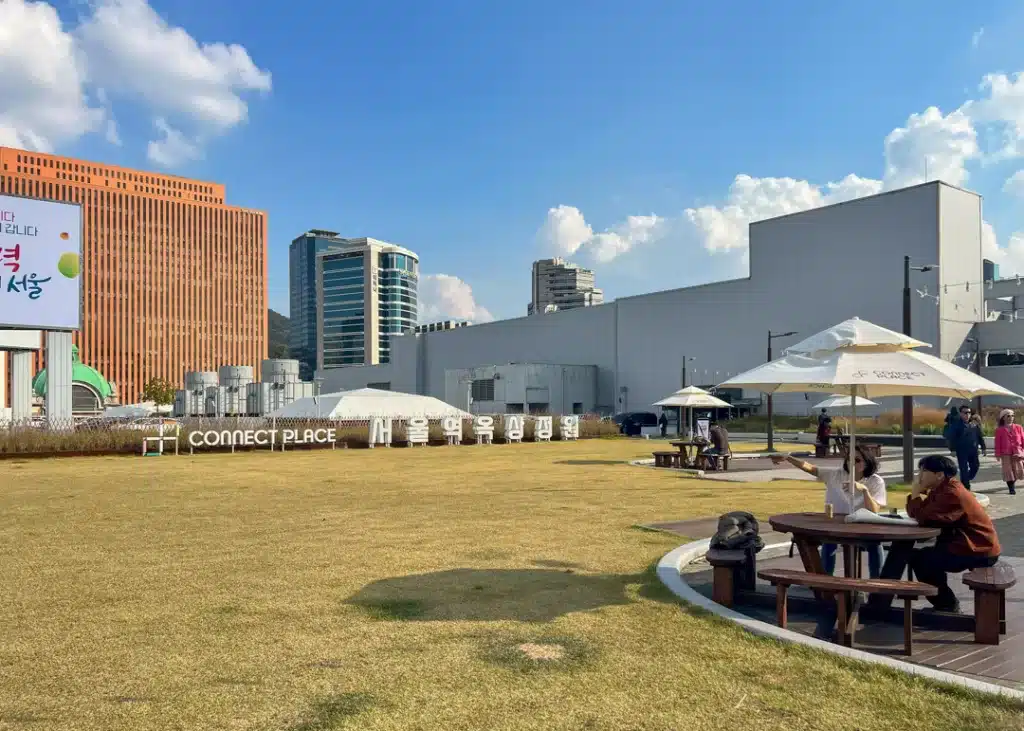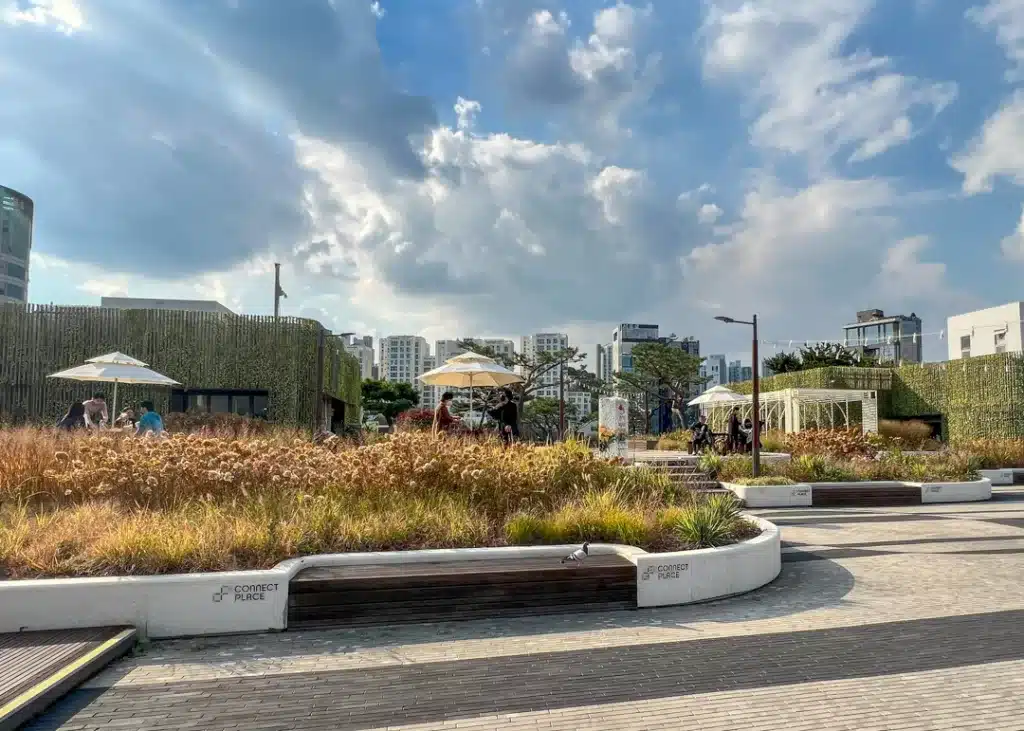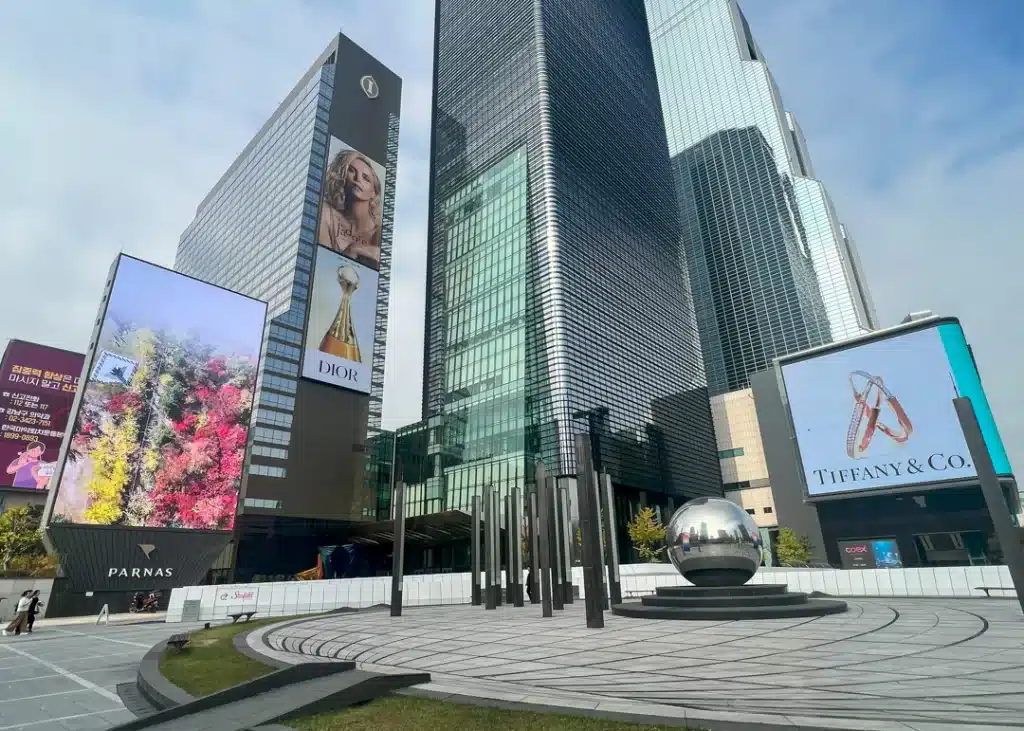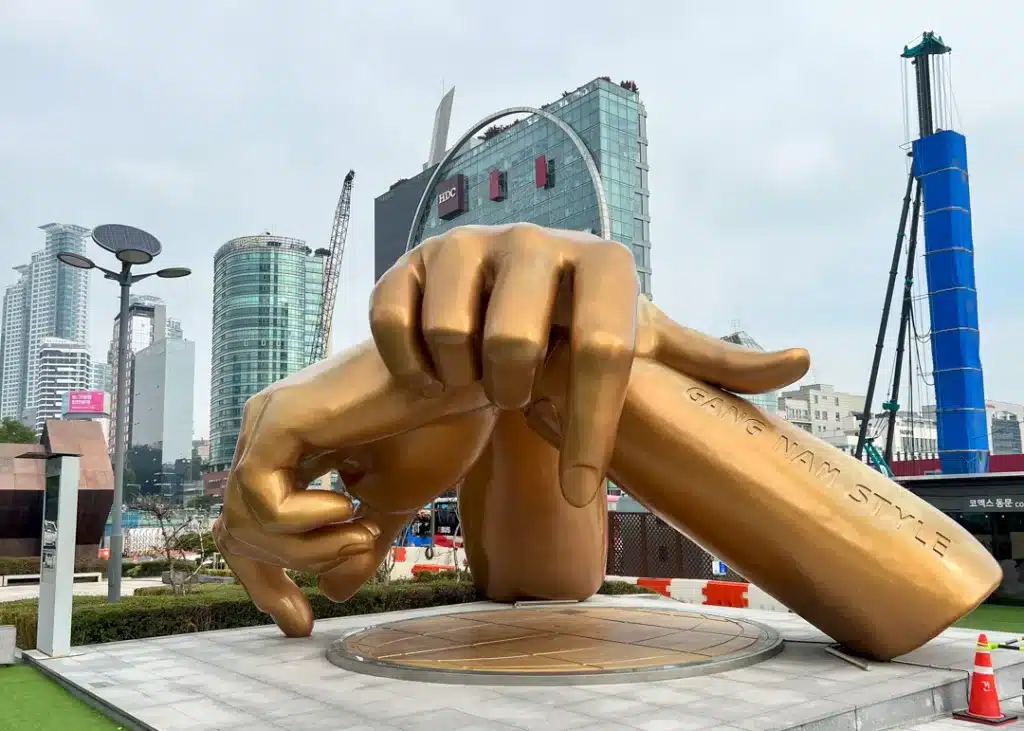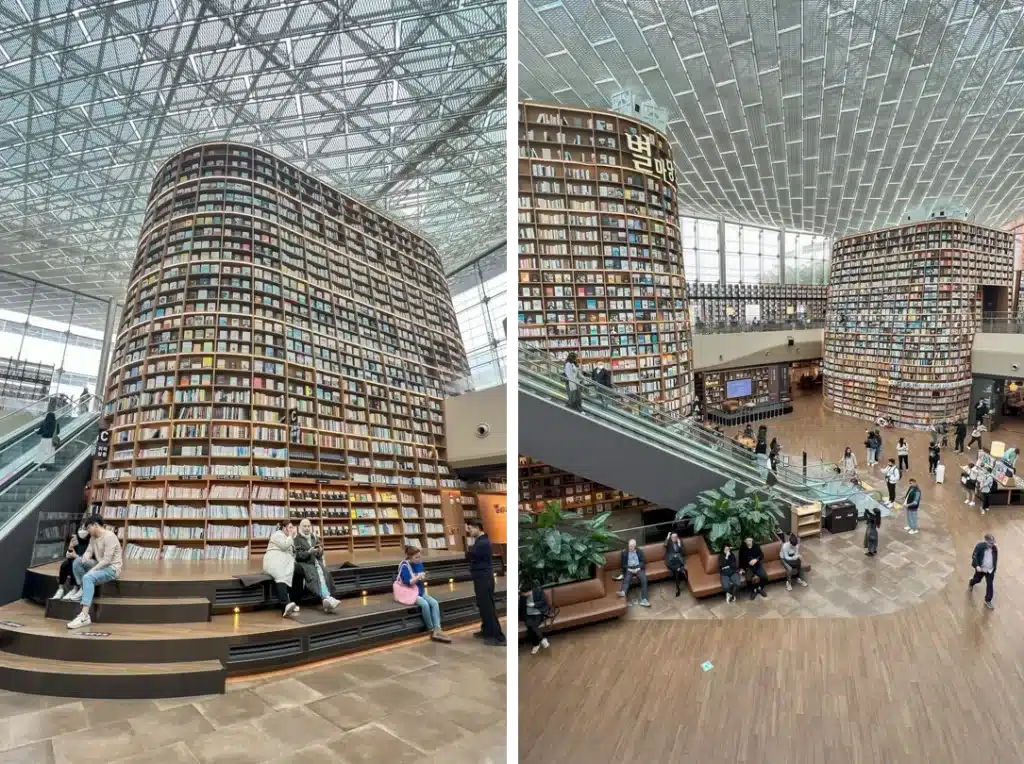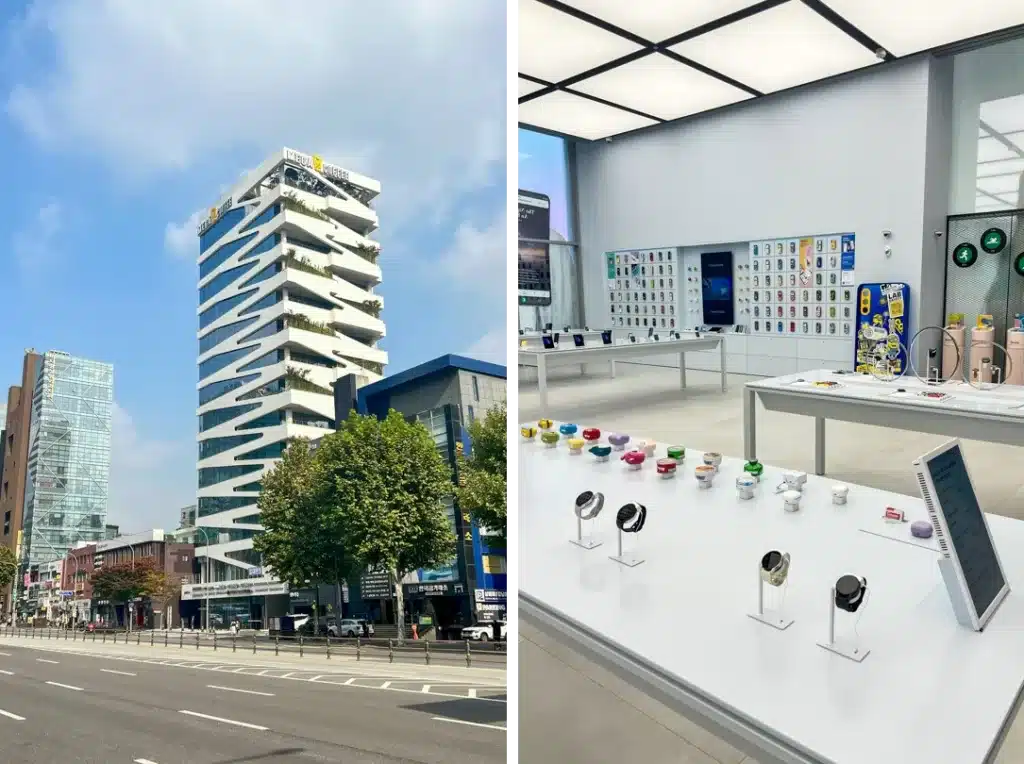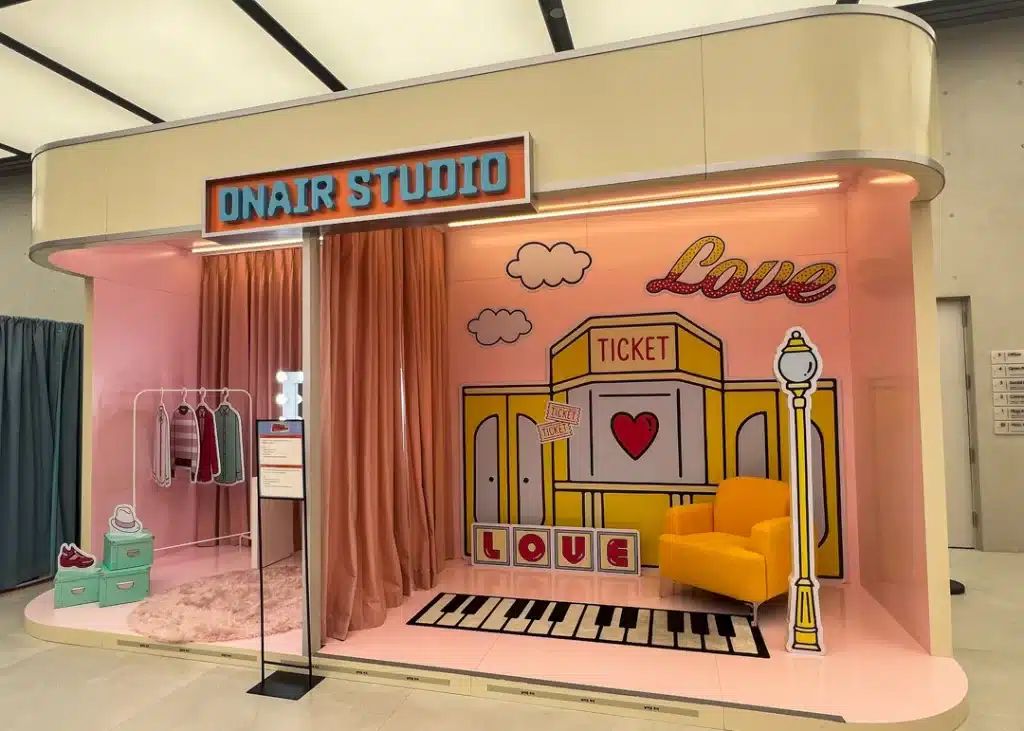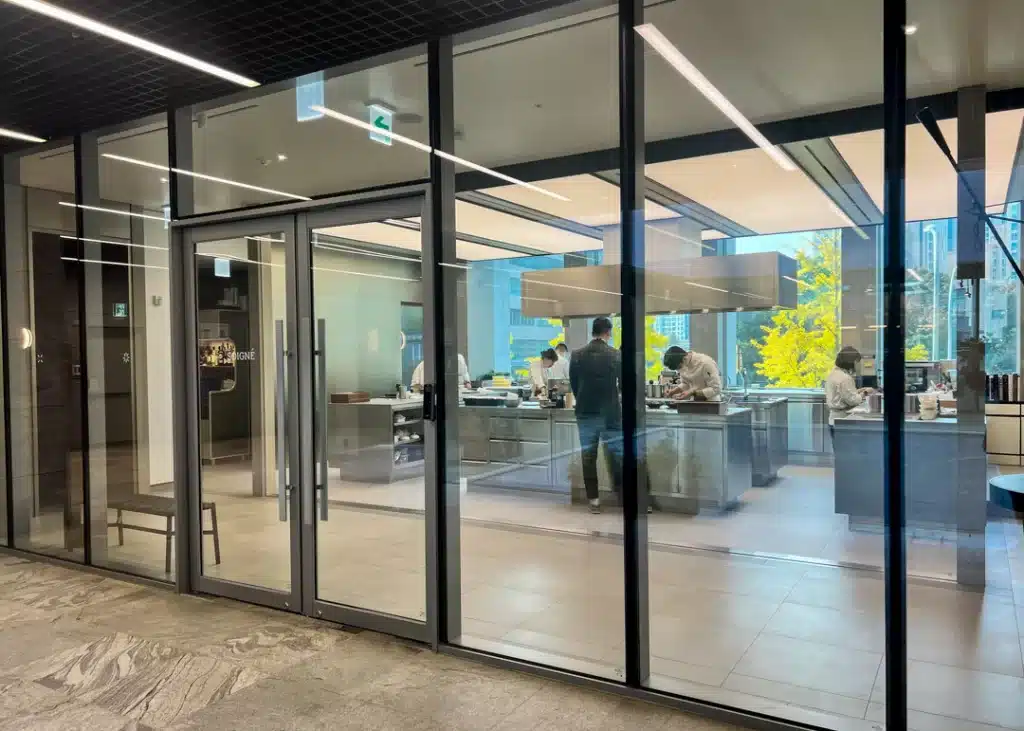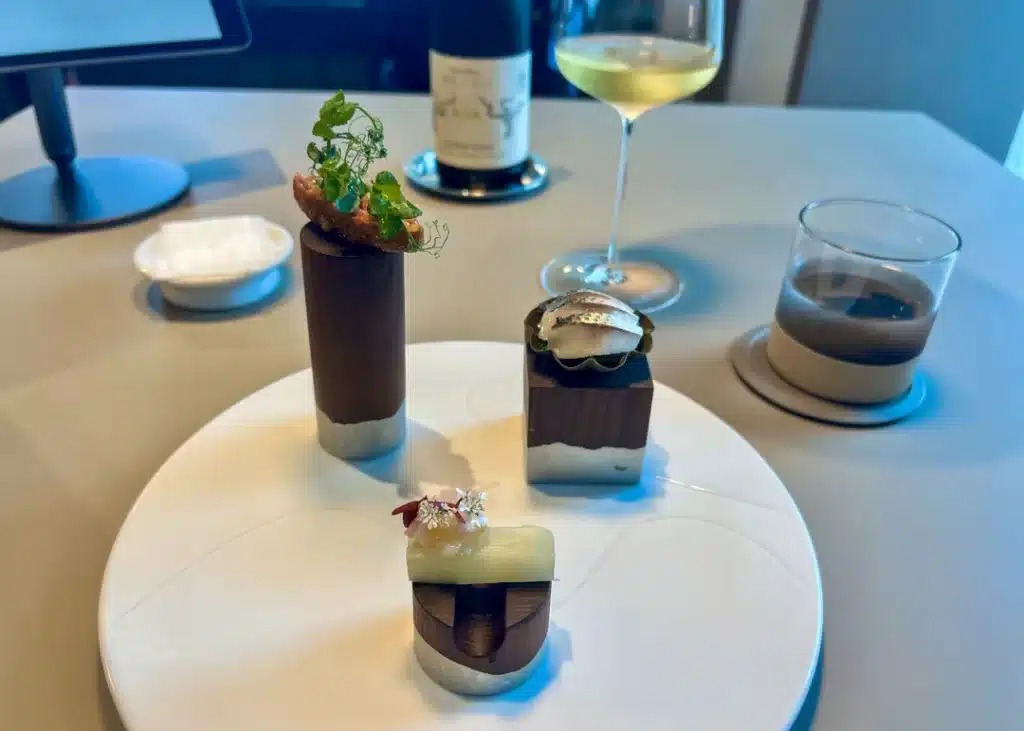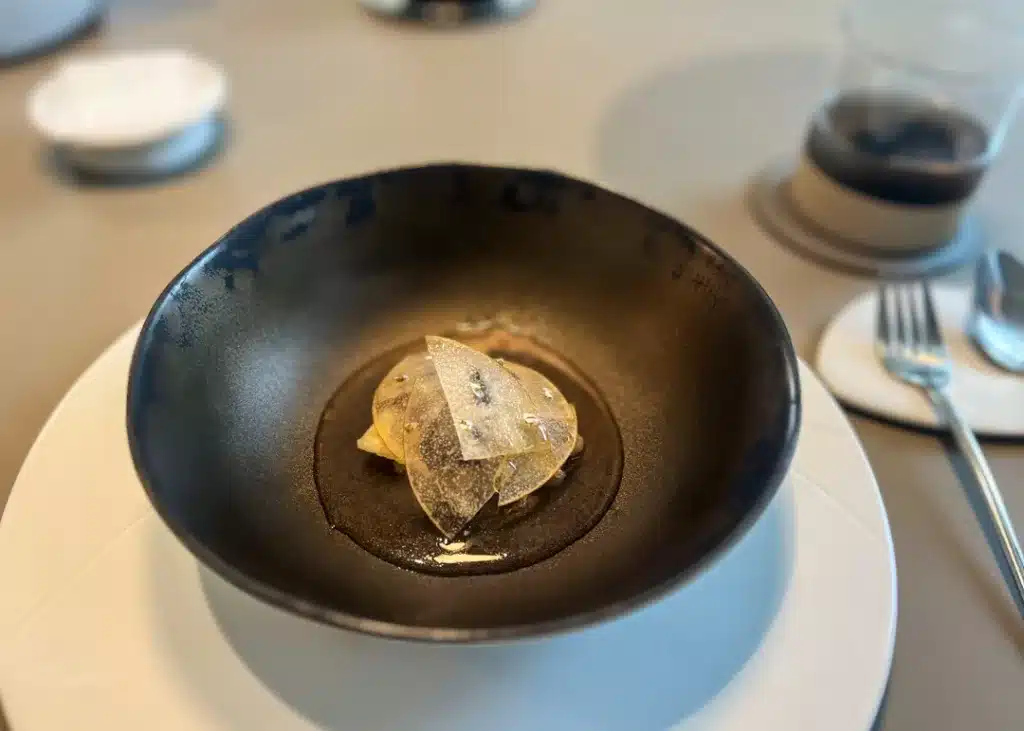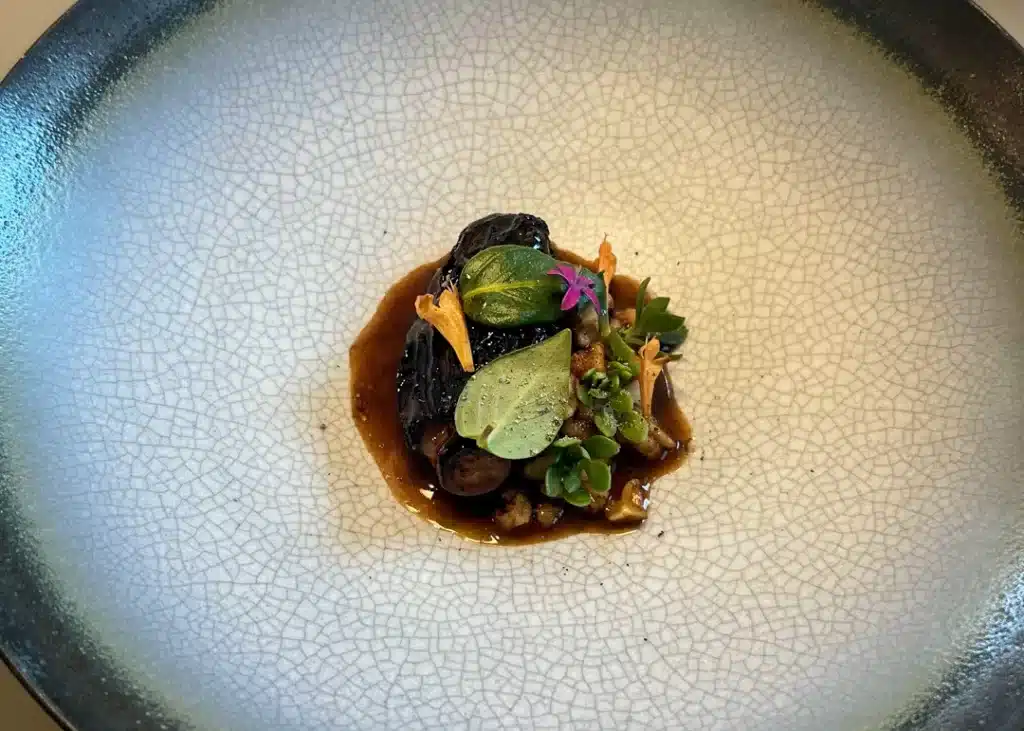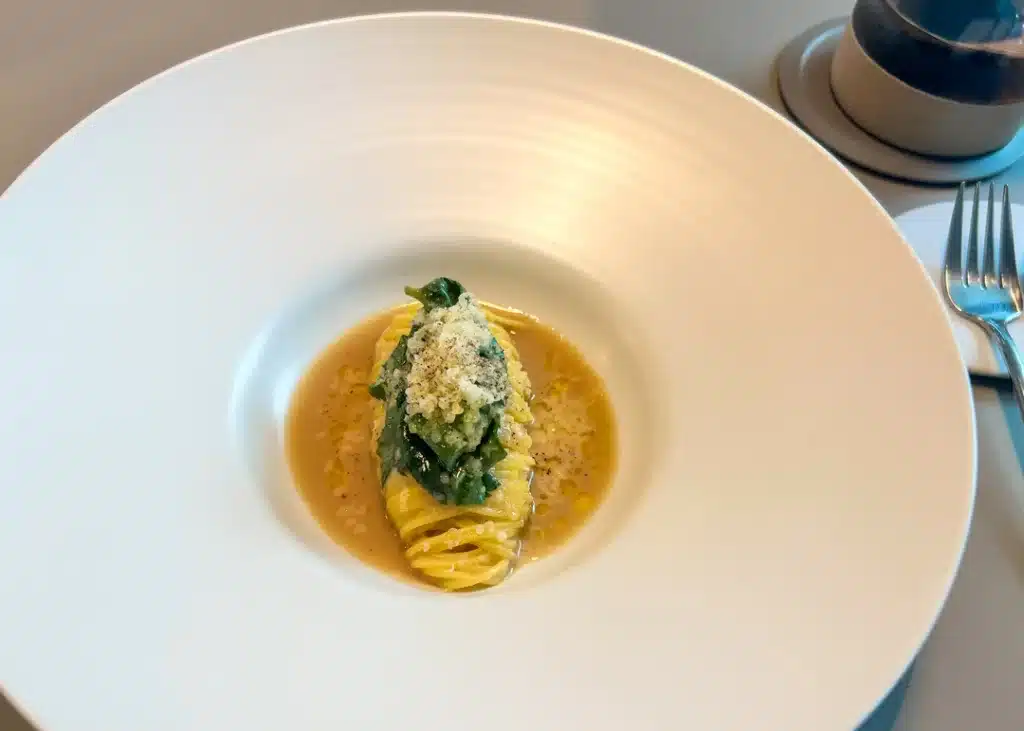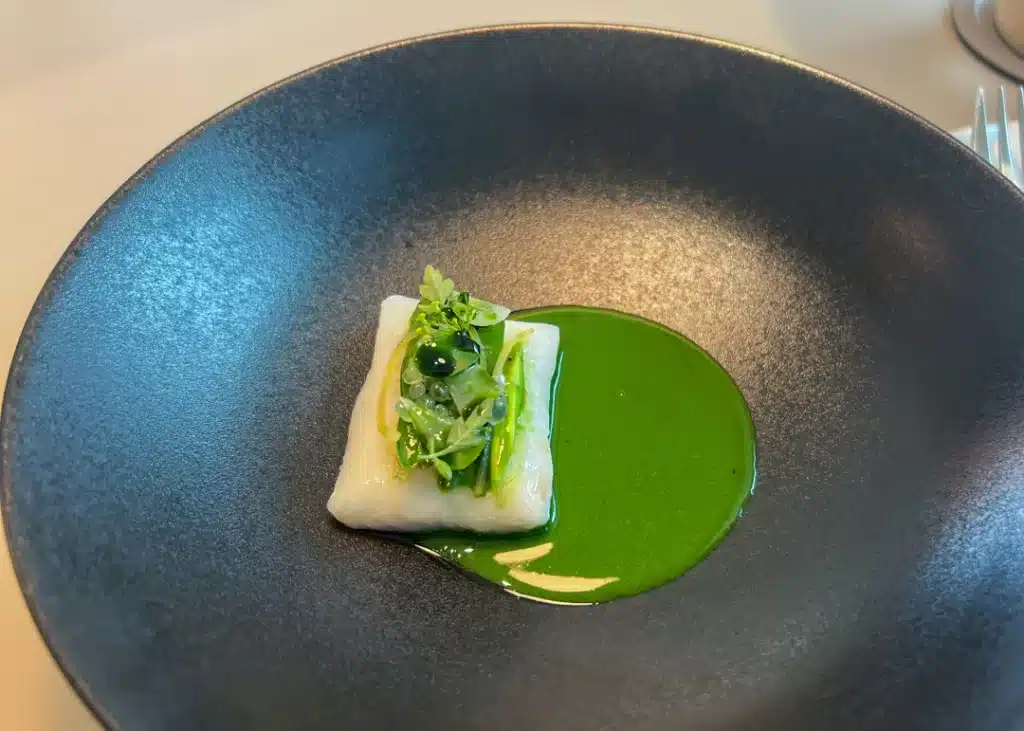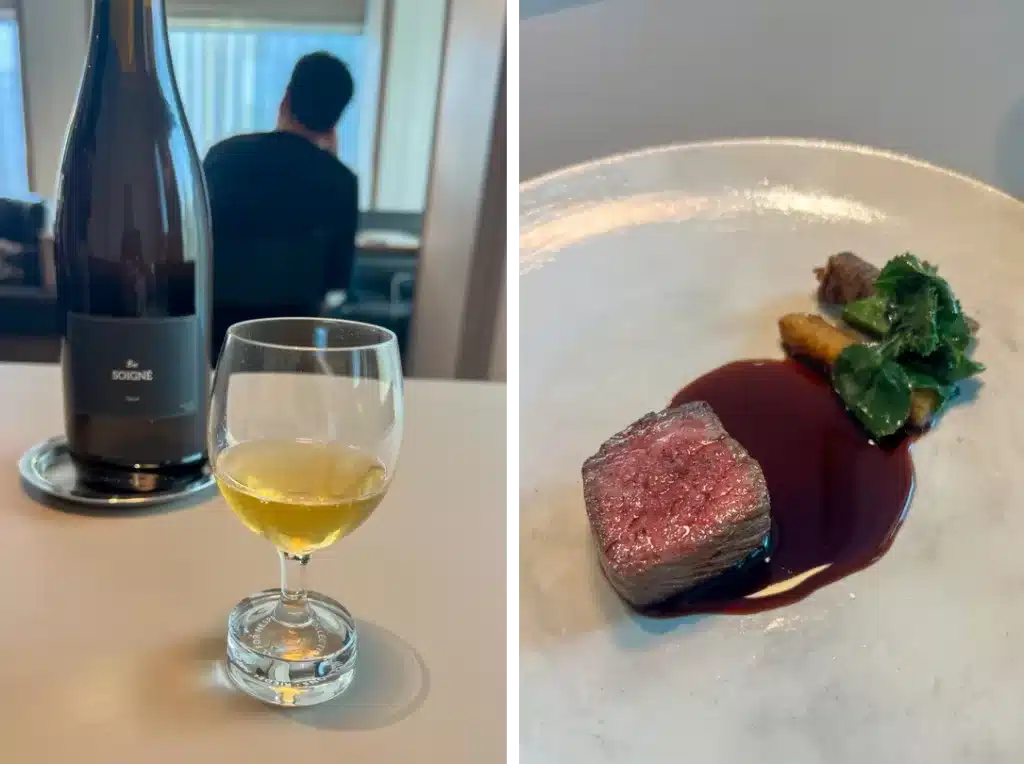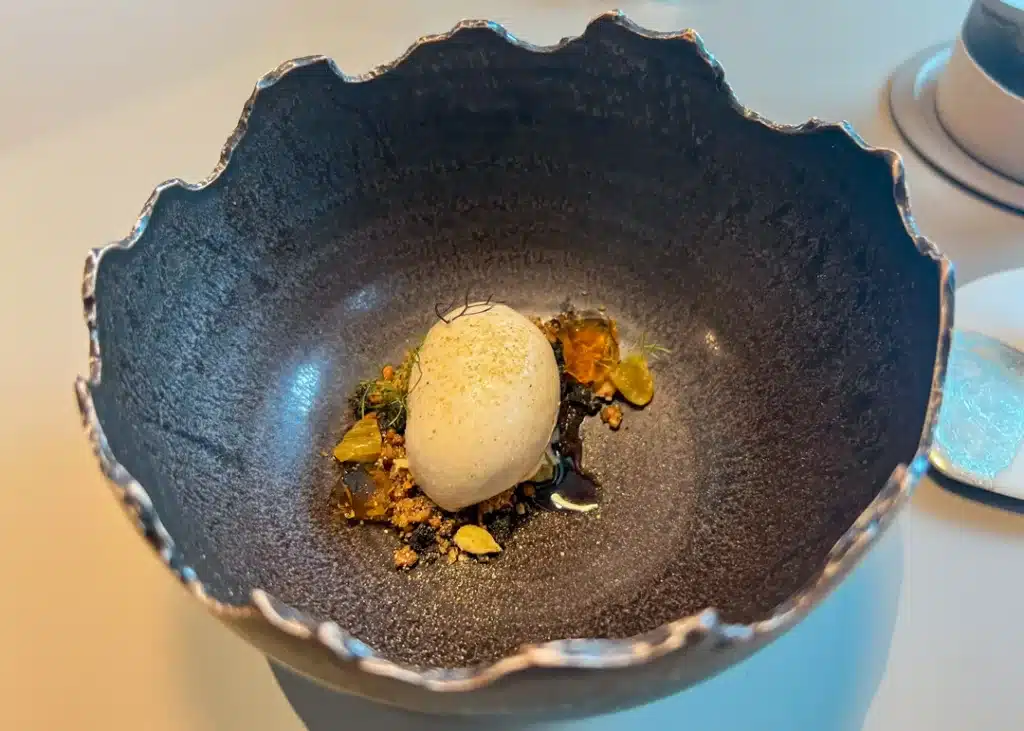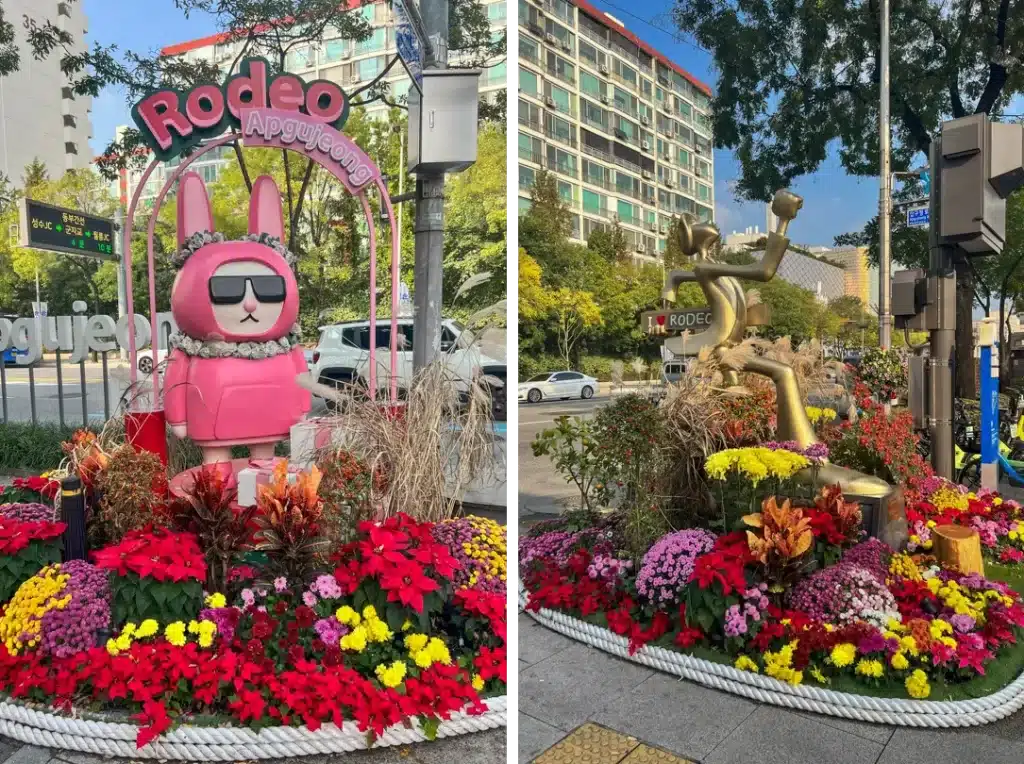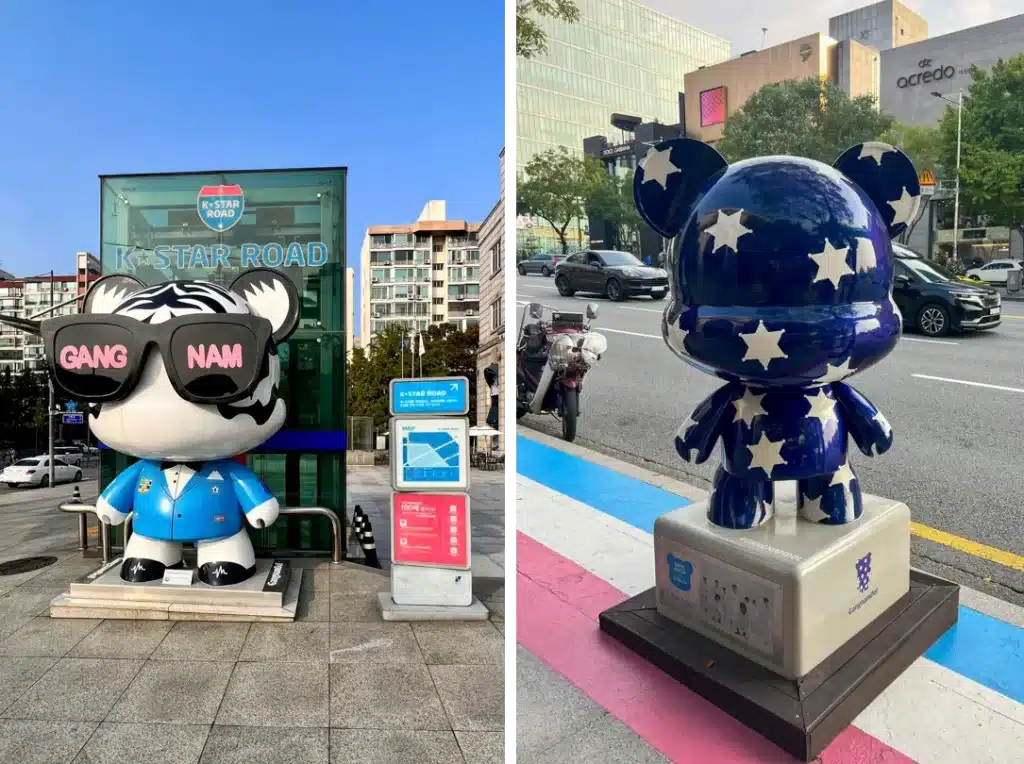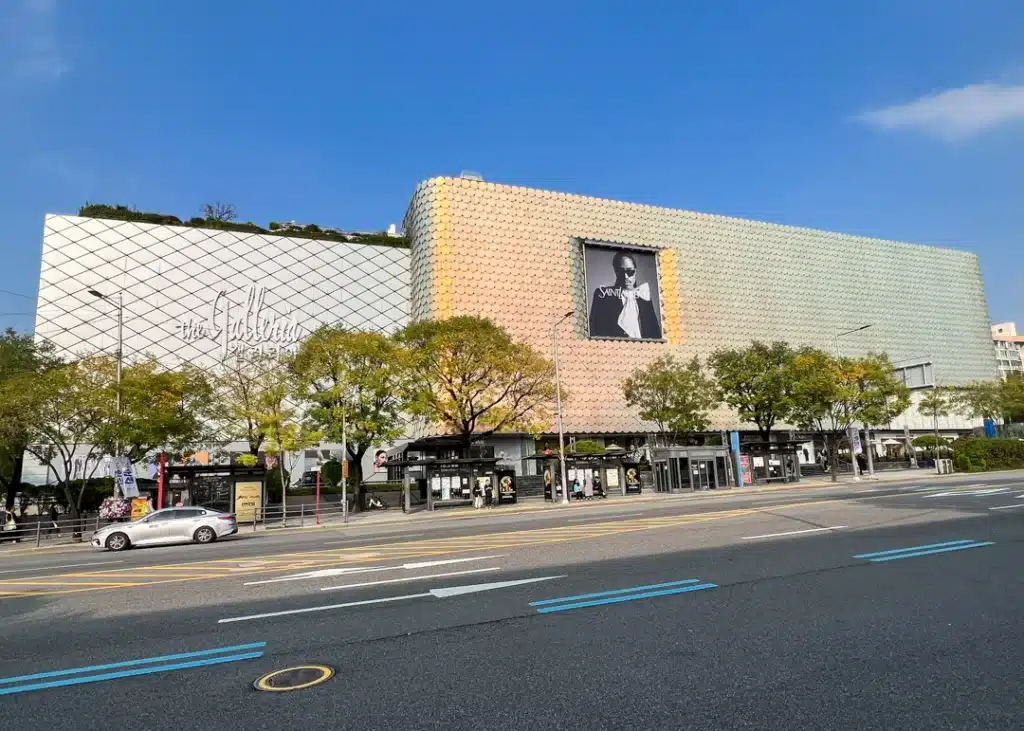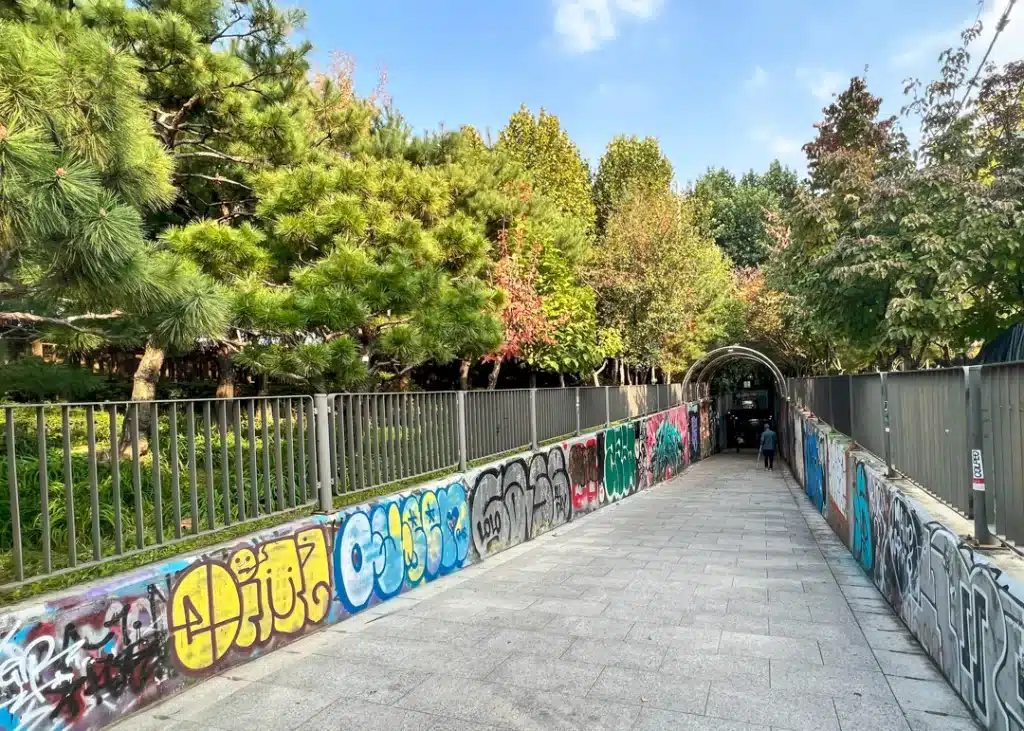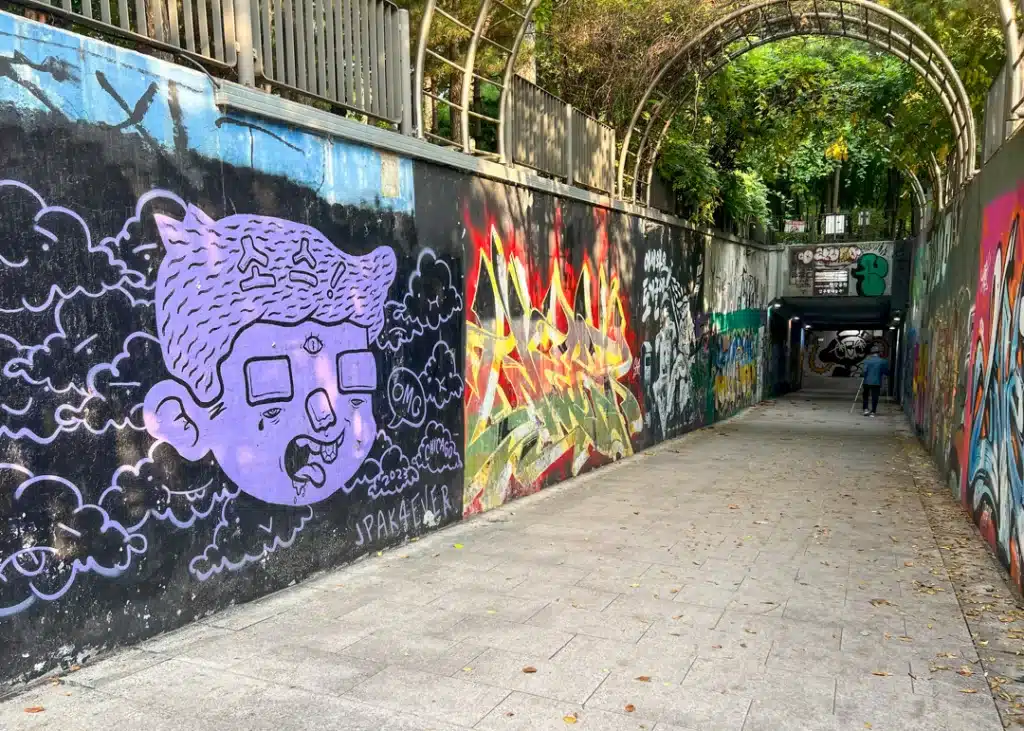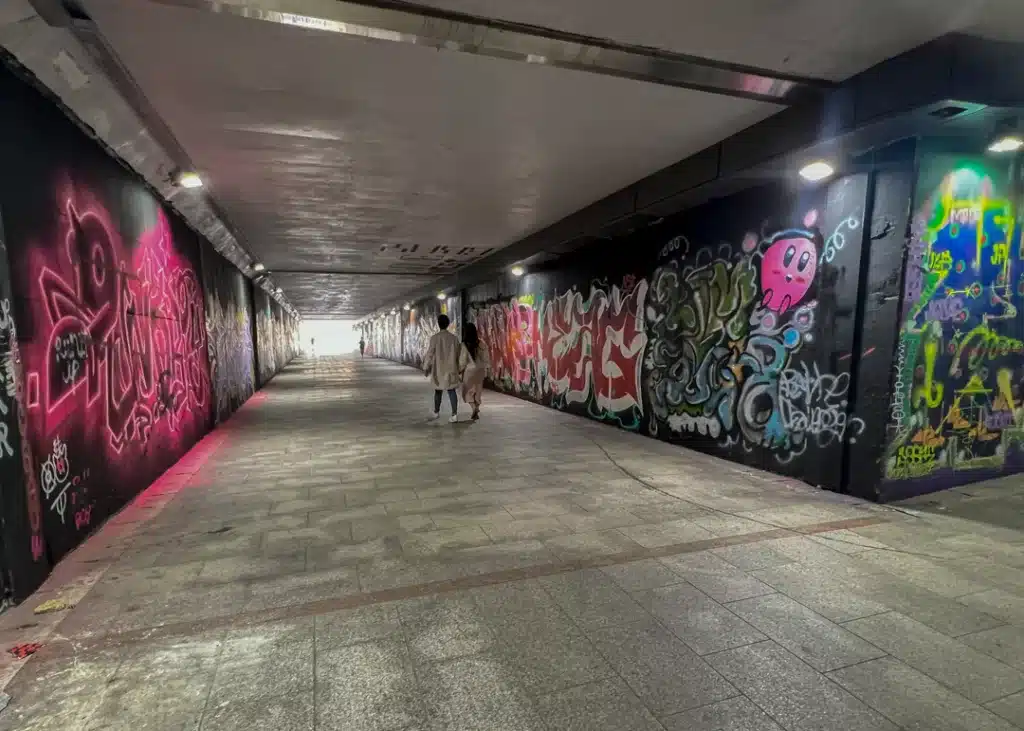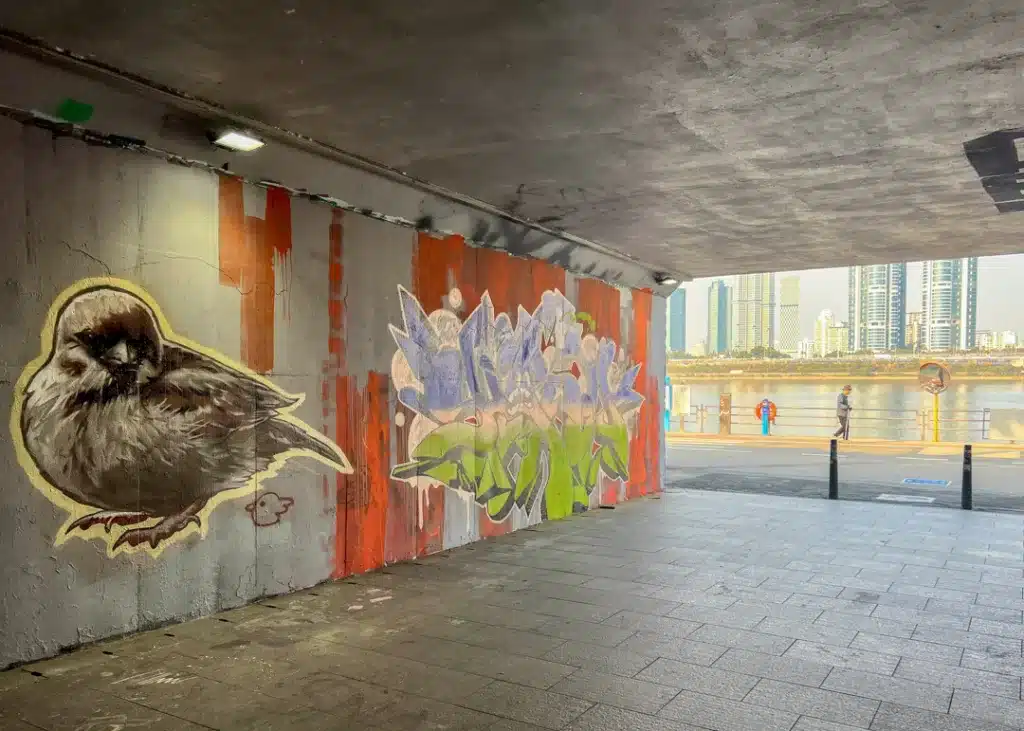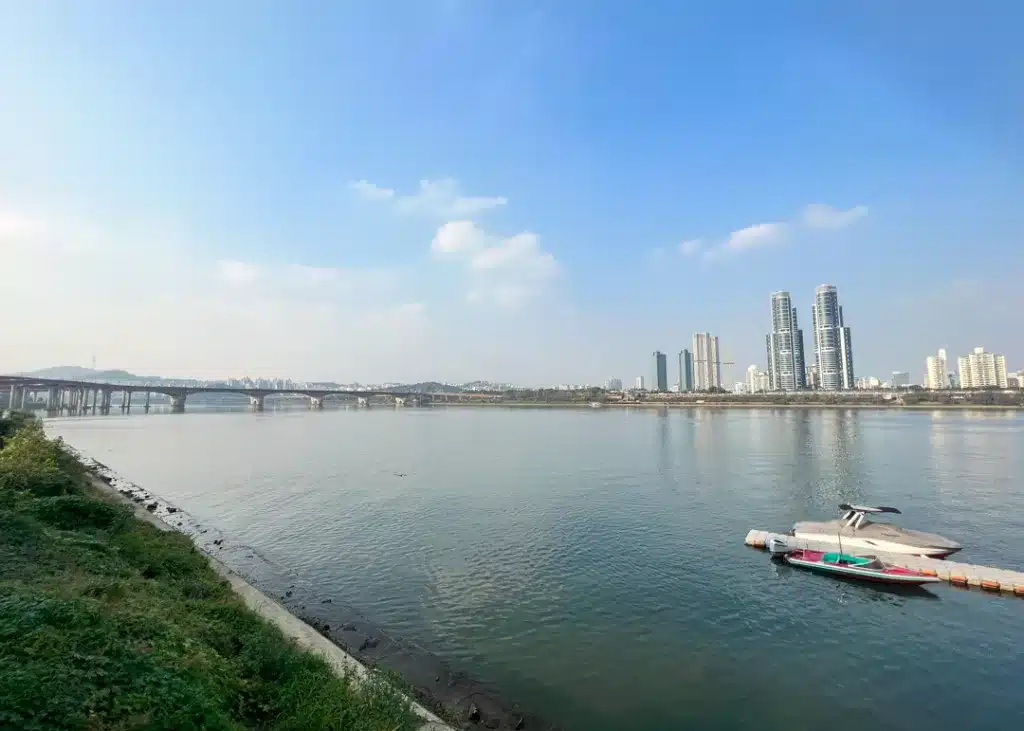Often dubbed the “Hawaii of Korea”, Jeju Island (Jeju-do for the locals) deserves a top spot on your South Korea itinerary. After nearly a week spent in Seoul, I was looking forward to a nature escape away from the crowds which I got and so much more in Jeju. Korea’s largest island has long been a favorite holiday destination for South Koreans with its lush countryside, beautiful beaches, and slow pace all a quick 1h15m flight from the capital. With budget airlines flying to Jeju from Seoul multiple times a day, adding a side trip to this gorgeous place when visiting South Korea truly is a no-brainer.
Between stunning trails, hidden waterfalls, impressive museums and local delicacies, the island packs a lot in and you’ll have no trouble filling at least a few days with wonders. For this reason I’d recommend you rent a car for maximum flexibility. While Jeju has a pretty efficient bus system going around the island, driving is super easy-going. Rental cars come with English-speaking GPS and I think the max speed I saw was 50mph and not for long! Once you have your transport secured at the airport in the capital Jeju-si, it’s time to hit the road and head east.
Volcano views
A 45-minute drive from the airport brings you straight to Jeju’s most impressive sight: Seongsan Ilchulbong. The extinct tuff volcano (a Unesco World Heritage site) looks like an ancient castle rising from the ocean. It’s a popular hike, especially at sunrise, and it’s worth staying overnight in the sleepy village of Seongsan-ri right at its base just for the privilege.
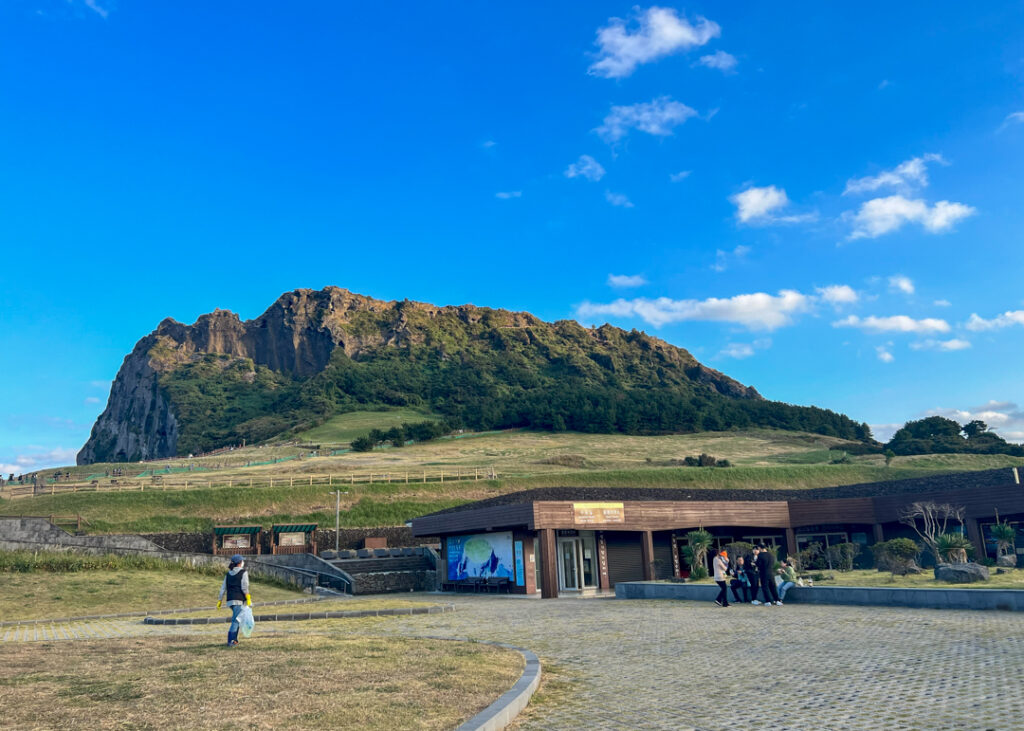
I’ve done plenty of sunrise hikes and this was one of the easiest and most rewarding. The way up is a bit steep but easy with wide stairs leading you all the way up to the crater rim in about 20 minutes. You certainly won’t be alone as this is a pilgrimage of sort for Koreans coming to admire the spectacle and what a beautiful view it is.
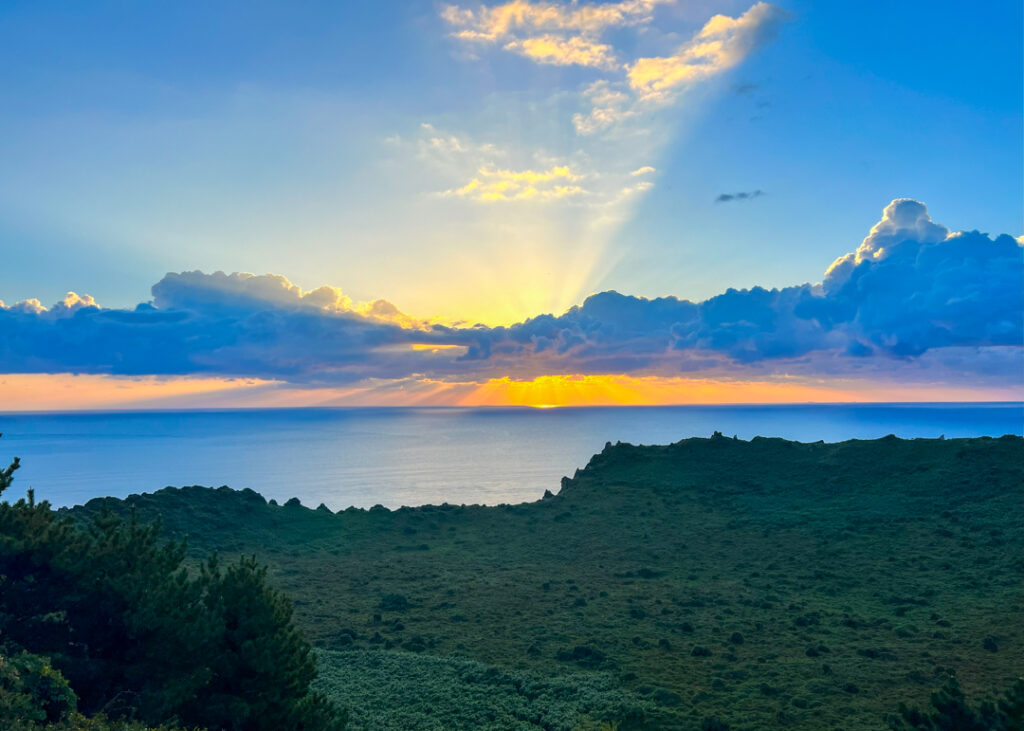
The village starts waking up just around then and walking down you get beautiful aerial views of the peninsula and its black sand beaches.
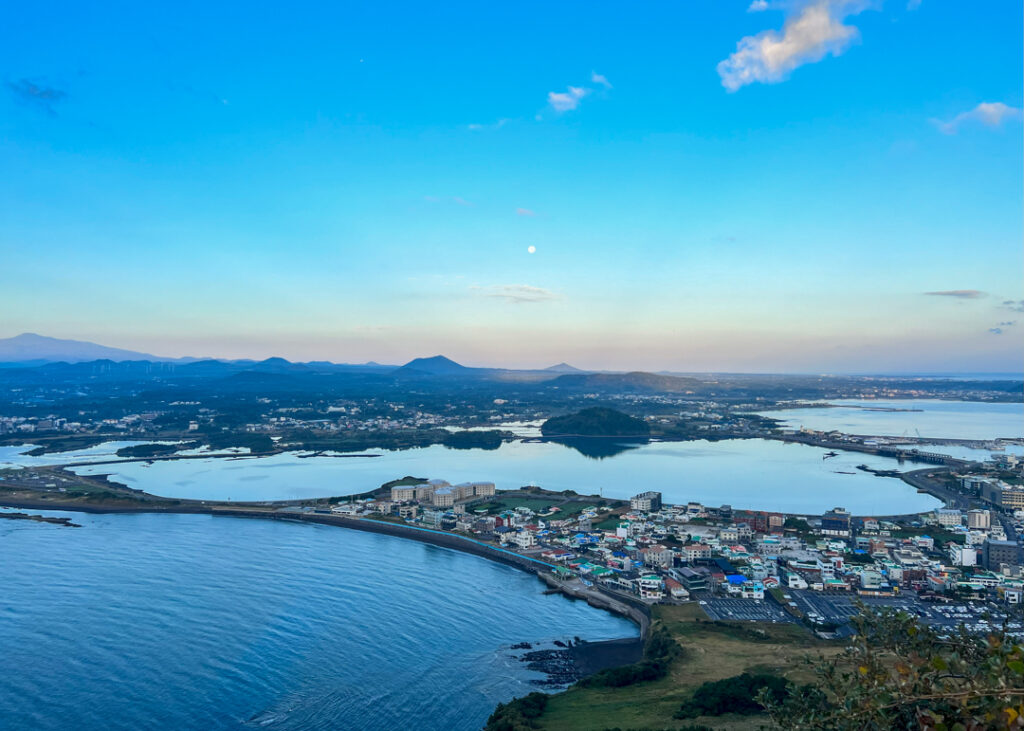
Coastal walk & spectacular architecture
Start your day’s road trip with a fuel stop at Fritz Coffee Company, the popular Seoul-based coffee shop’s Jeju outpost.
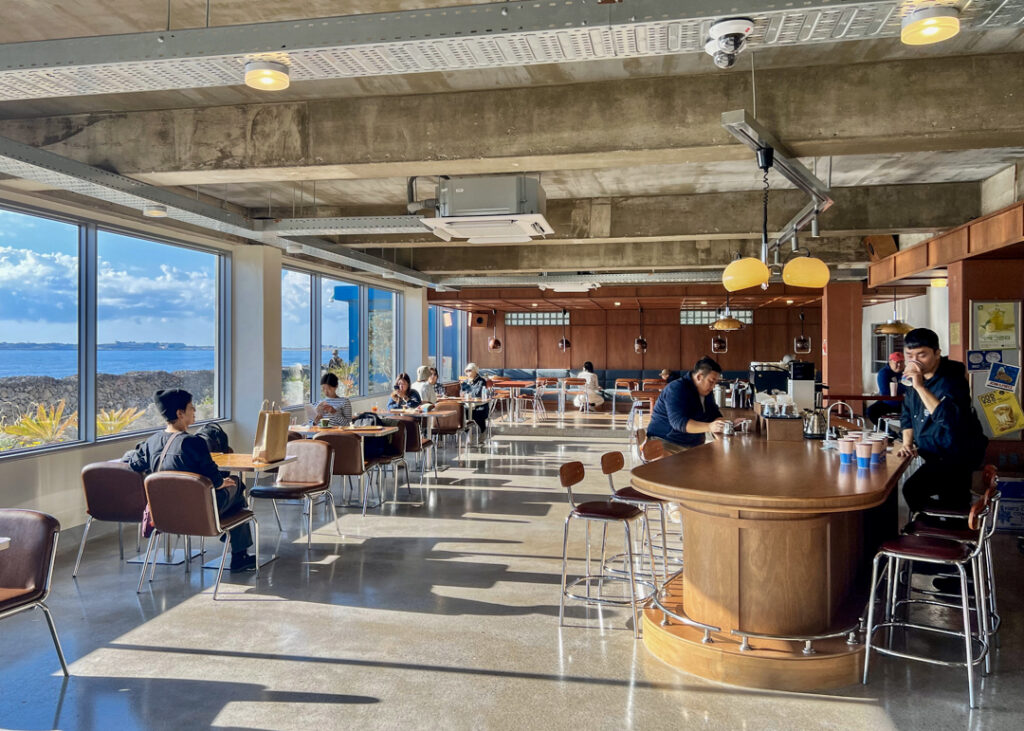
With flaky pastries, solid espresso drinks, volcano views and plenty of space, this was by far my favorite coffee shop on the entire island.
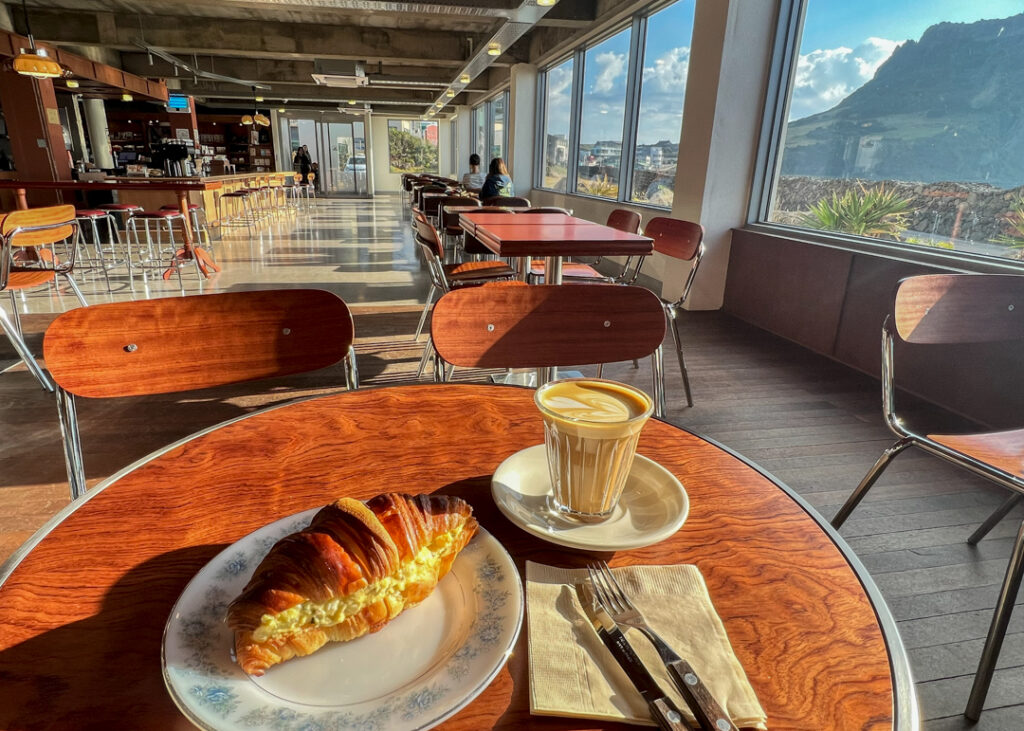
A few minutes away, the Seopjikoji peninsula jut out to sea with a scenic trail bringing you to some stunning buildings and vistas.
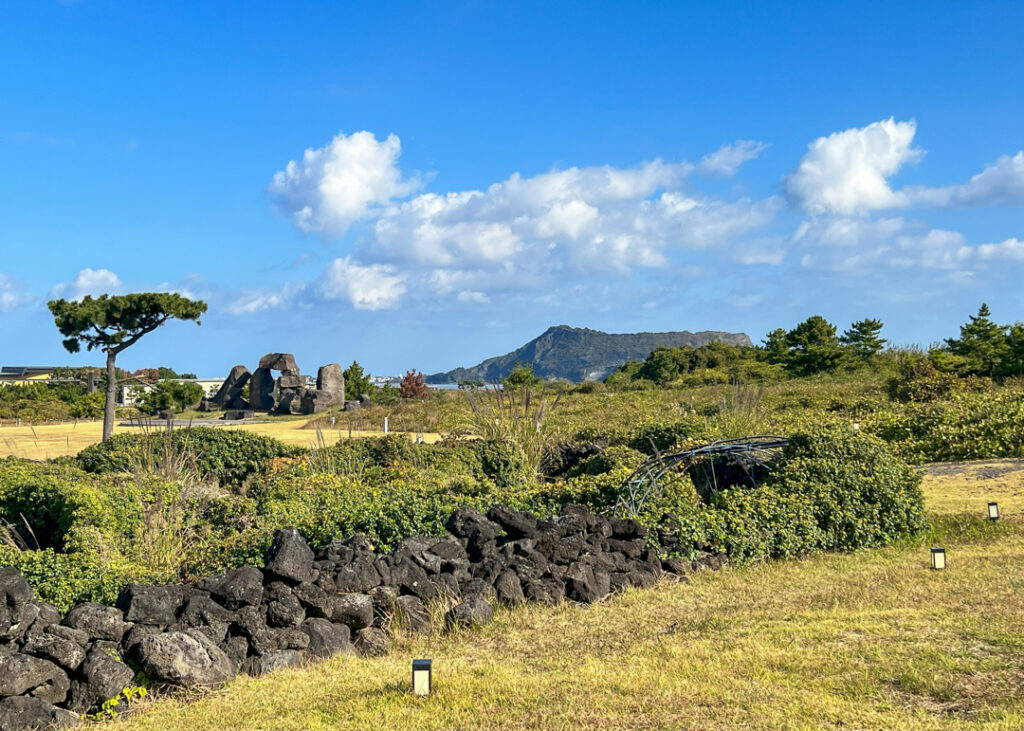
Japanese master architect Ando Tadao built two impressive structures on the peninsula which are destinations in themselves. The first one you’ll see is the Yumin Art Nouveau Collection, Korea’s first art nouveau gallery which opened in 2017.
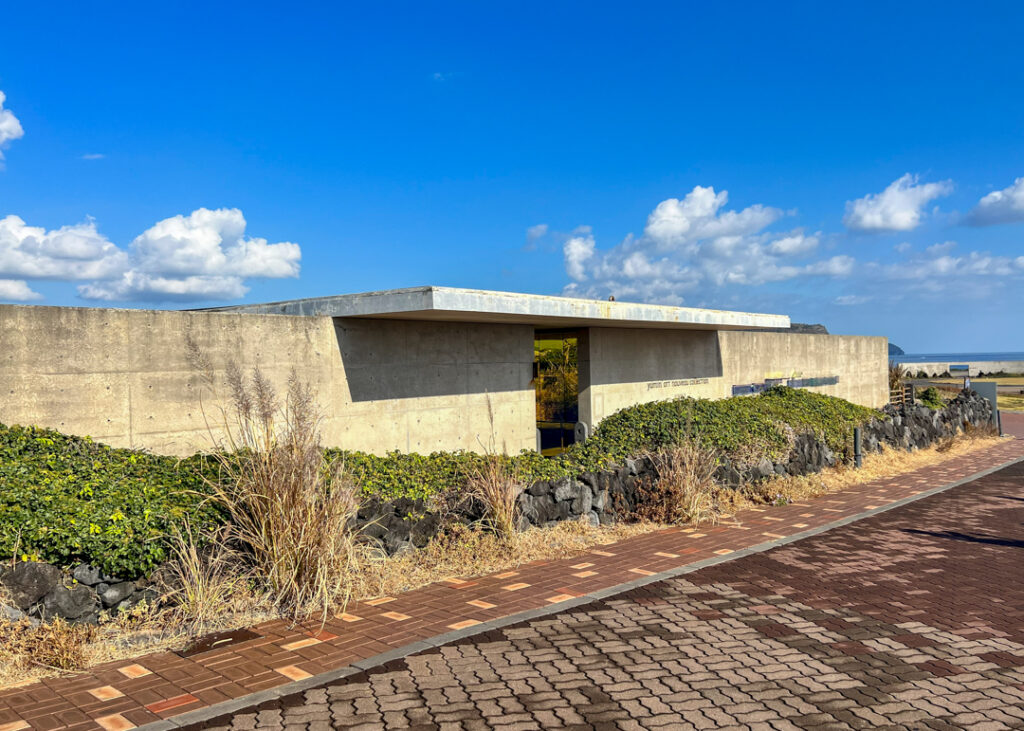
As soon as you cross the concrete façade, you’re immersed into the architect’s renowned engagement with nature. Paths leading to gardens and water features invite you to feel the light, wind, water, and sound of Seopjikoji.
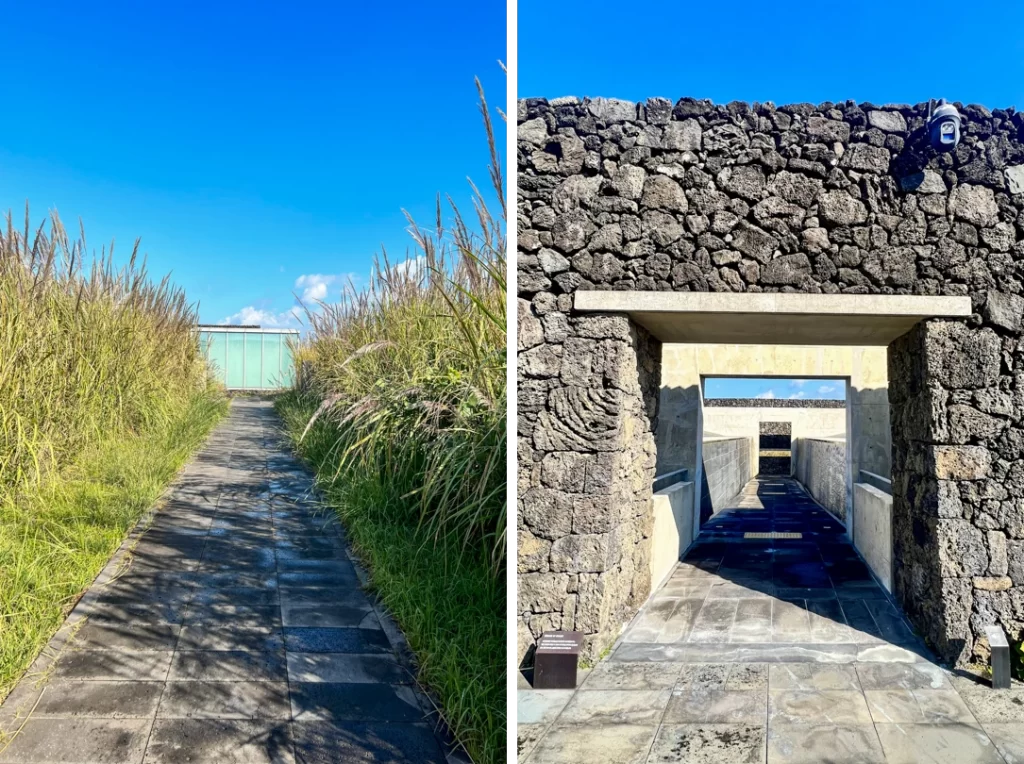
Every step you take is meant to aid meditation which isn’t hard in such a quiet and beautiful place. The simplicity of the design lets you experience mother nature in expanded ways, like walking between two concrete walls of gentle waterfalls rippling over straight carved lines…you feel so at peace.
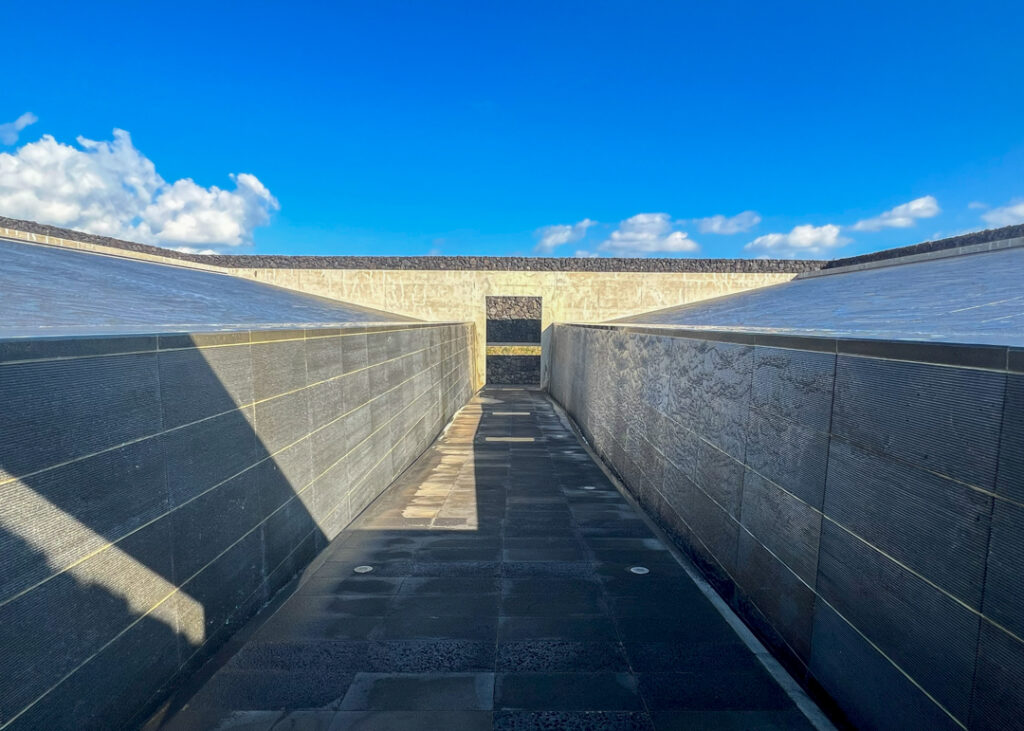
An opening in a wall made of volcanic rocks perfectly frames Seongsan Ilchulbong in yet another mastery of nature as art…
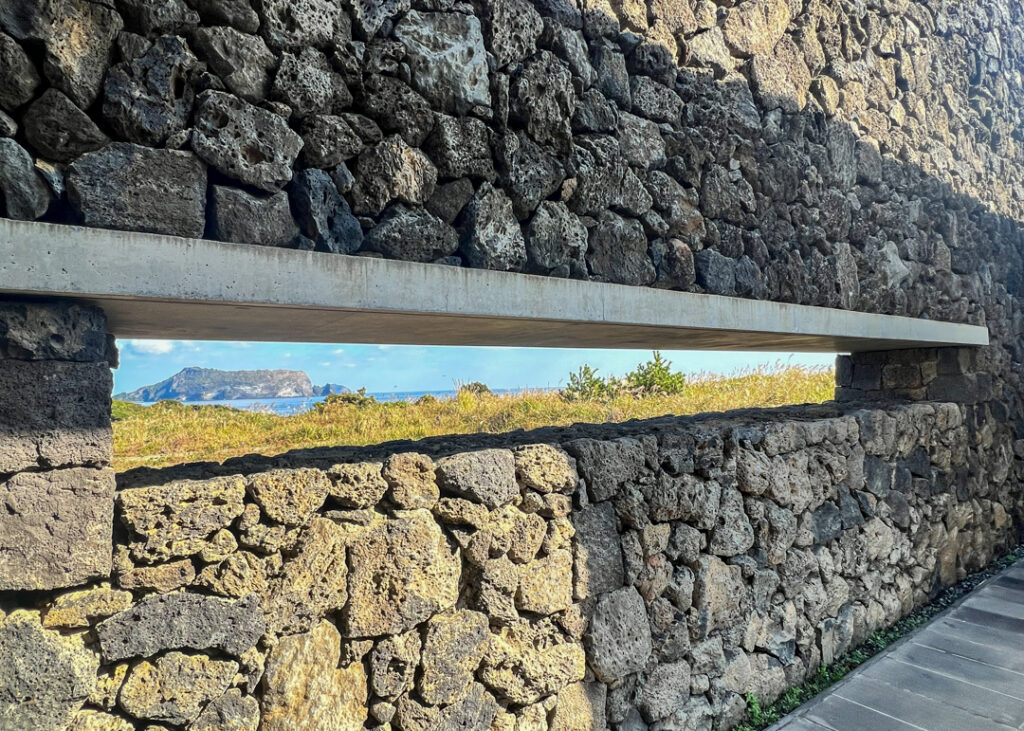
At the end of the walk, an indoor gallery exhibits the glass works of leading French Art Nouveau artists who used nature as the primary source of inspiration. The dark ‘Room of Masterpiece’ features the mushroom lamp by Emile Gallé from 1902, considered the collection’s most representative and best preserved work.
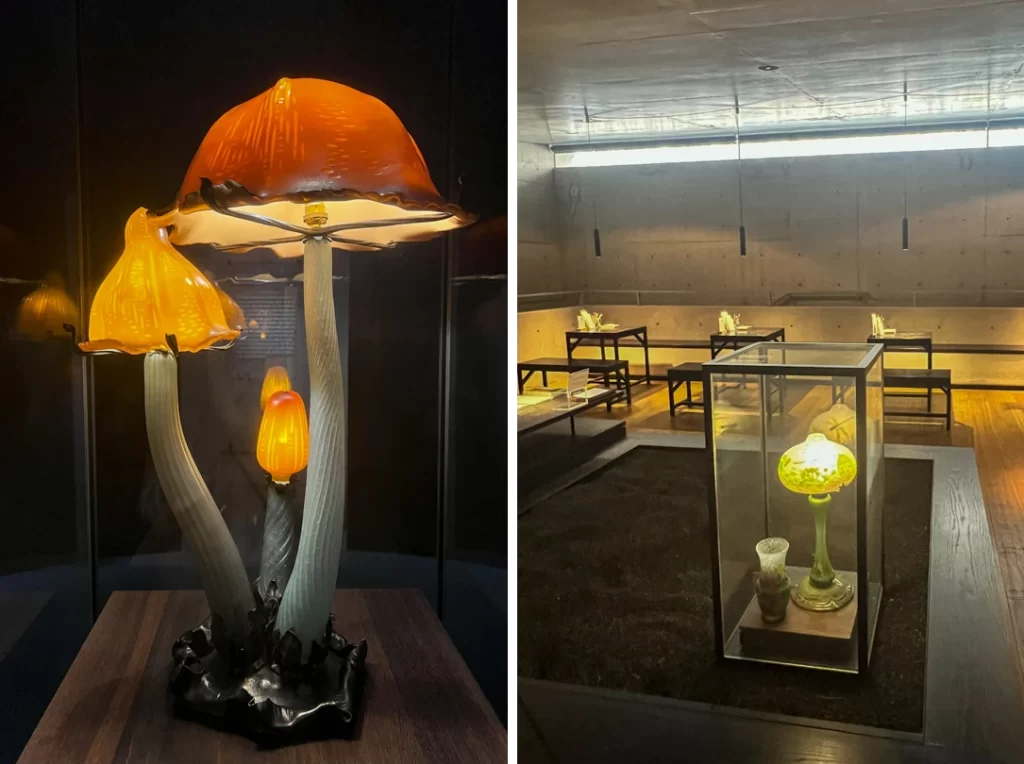
The stunning sights continue as you exit the gallery only to be staring at the architect’s other contribution to the peninsula – the Glass House.
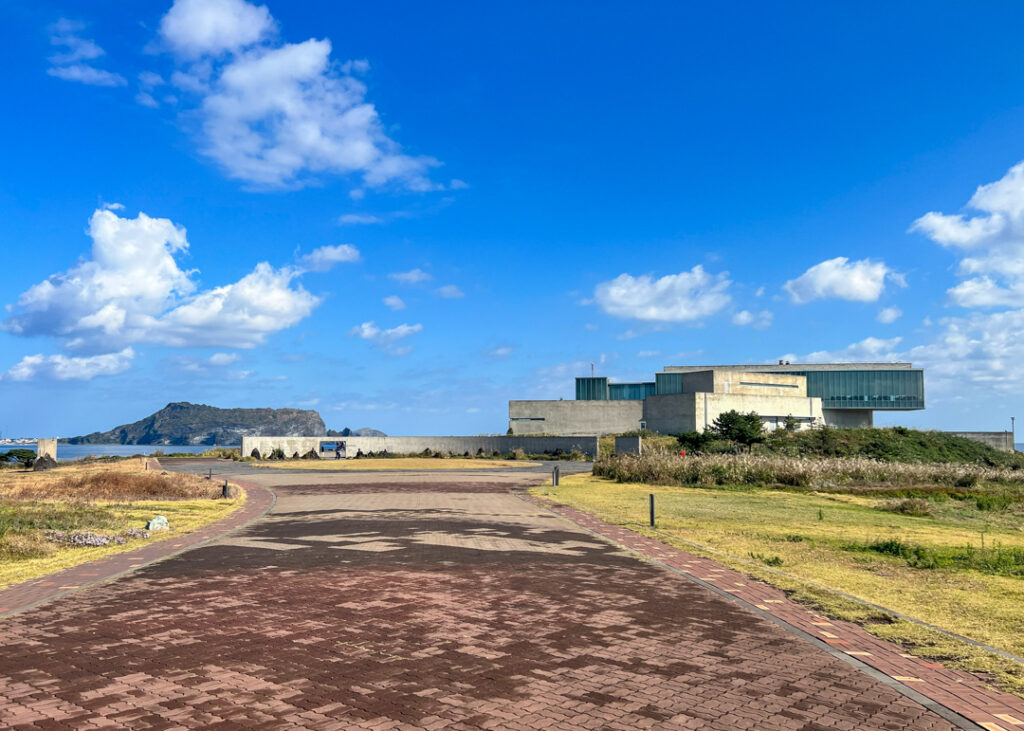
The arresting glass and concrete building has a neat little cafe on the ground floor and a fine dining restaurant with observation deck on the second floor. As it was built to face the volcano, again here you get panoramic views framed by modern design and nature.
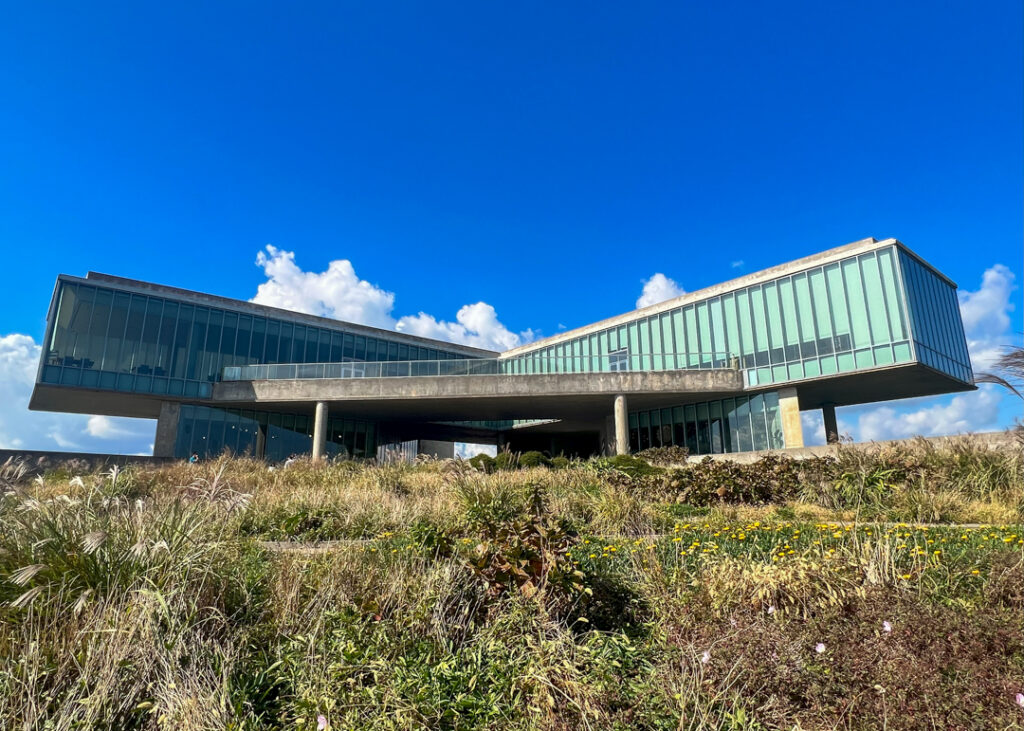
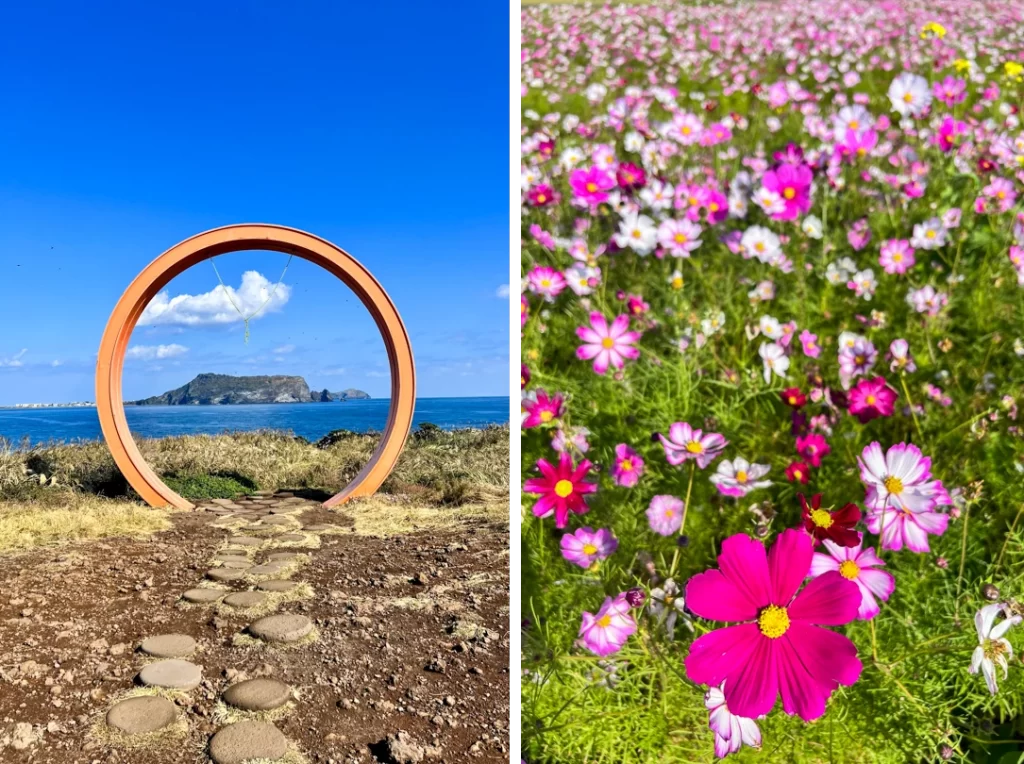
Follow the trail which continues gently along the craggy coastline past a small lighthouse and eventually loops back towards the parking lot.
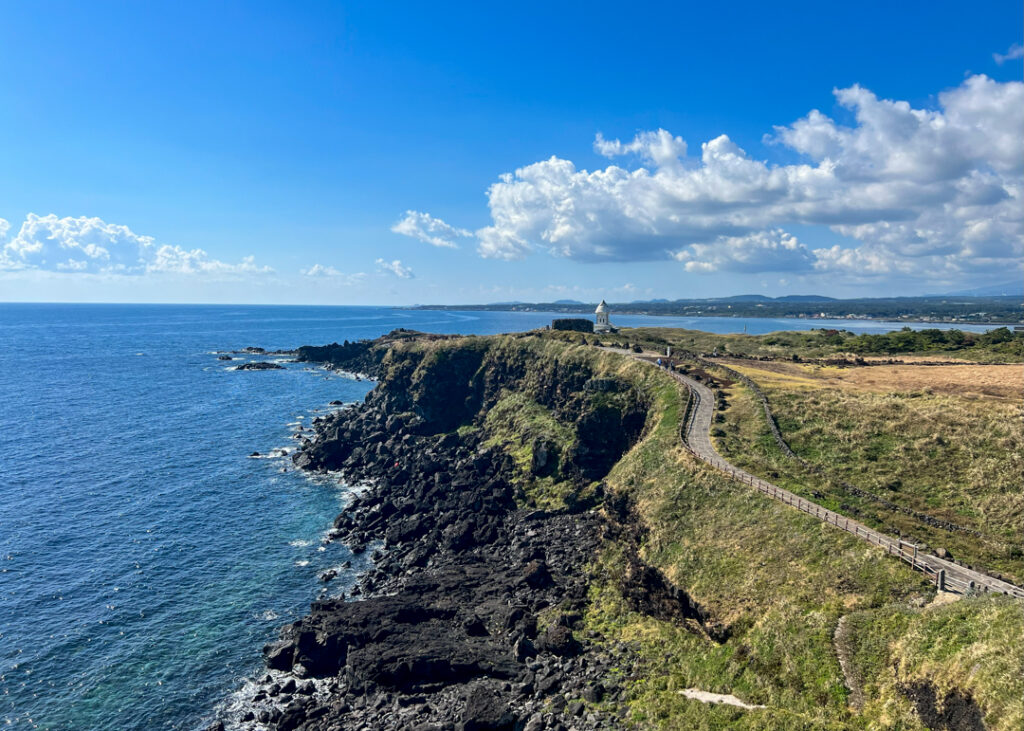
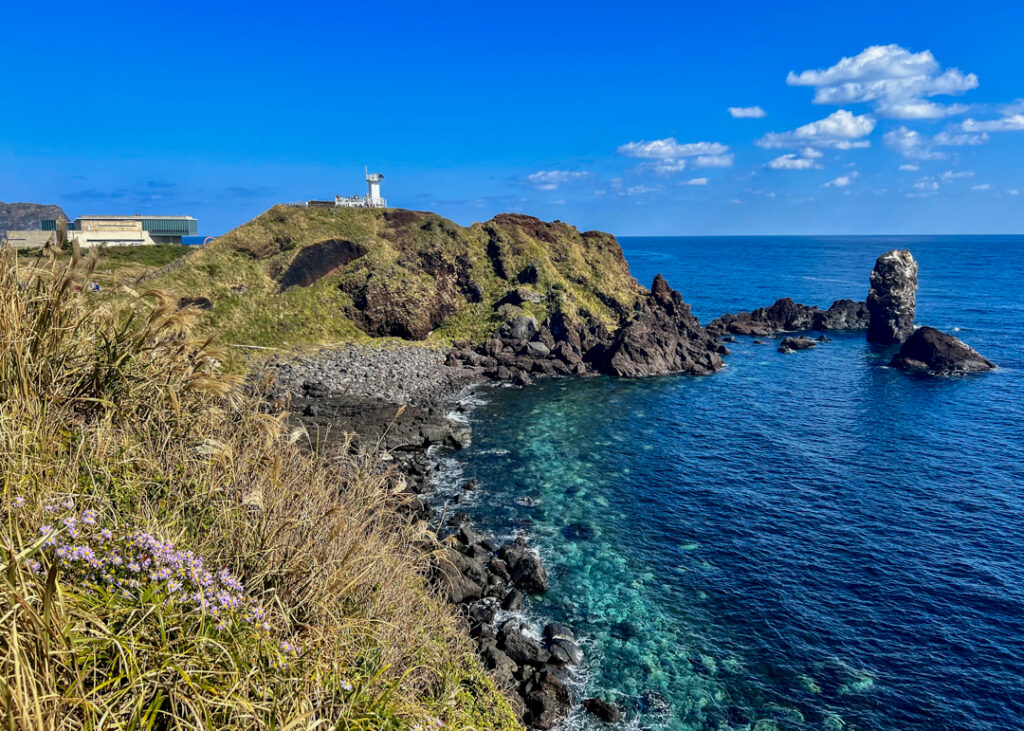
Village life
Head southwest along the coast to reach Jeju Folk Village, a re-enacted 19th-century village. The restaurant at the entrance is a famous Jeju buckwheat restaurant and a wonderful place to stop for lunch as there’s quite a bit to see in the village. The traditional dish of chewy cold buckwheat noodles topped with various vegetables, grains, seaweed and seeds was absolutely delightful.
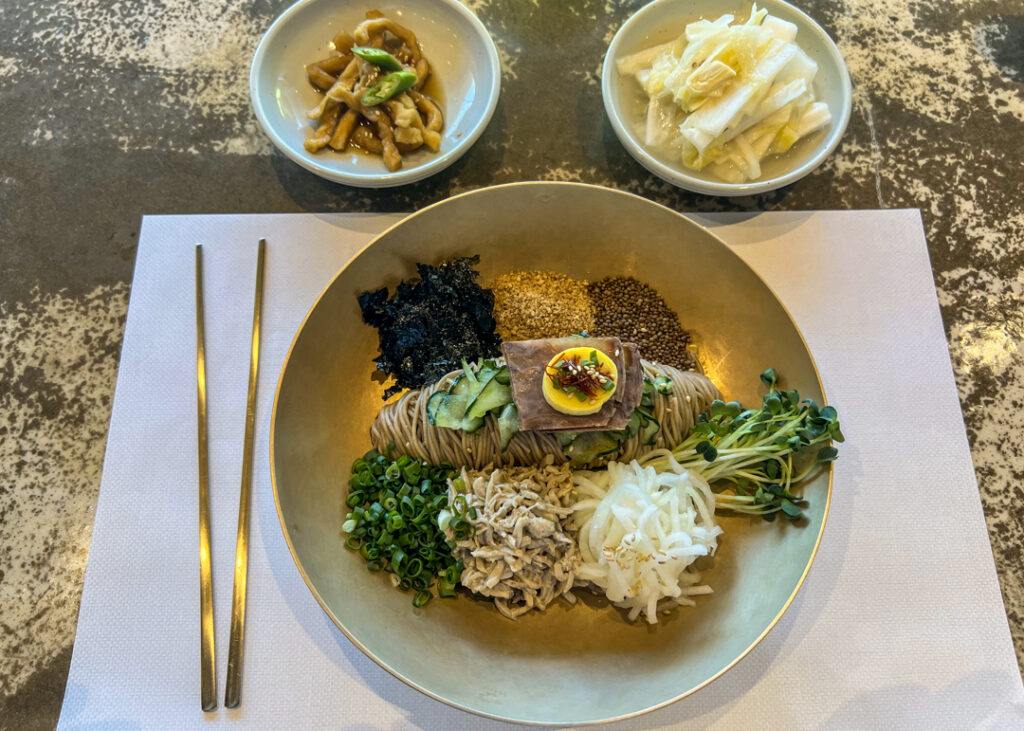
The expansive educational village gathers over 100 meticulously recreated and some original traditional buildings from across the island in an attractively designed park.
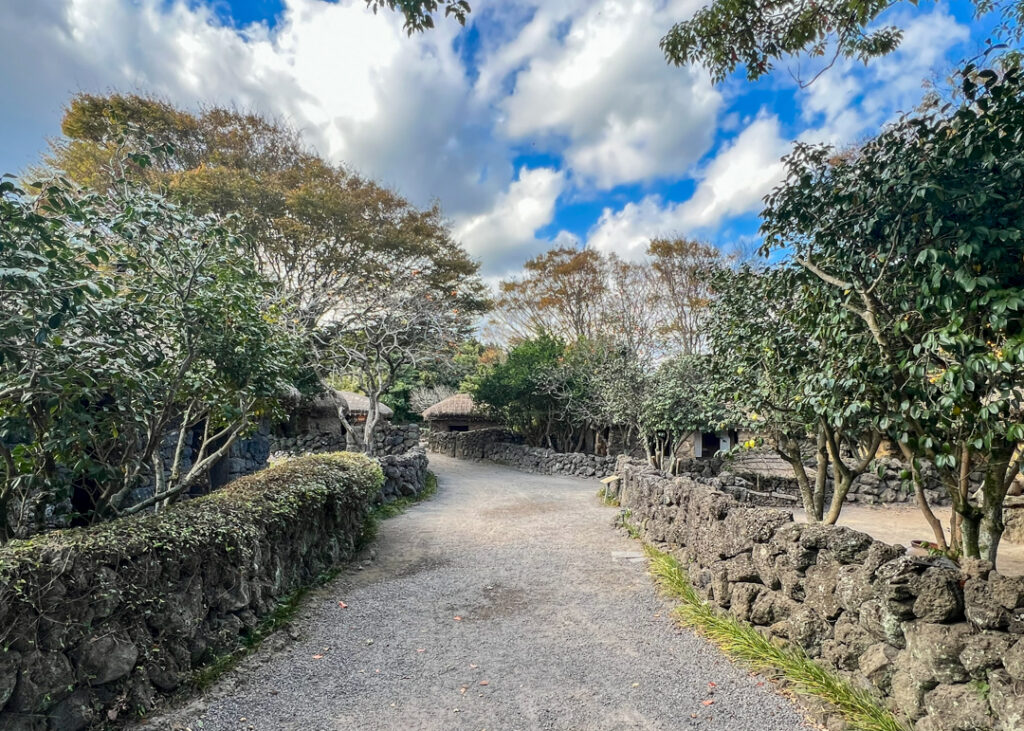
I felt it was easier to step back in time here compared with Seoul’s Namsangol Hanok Village where the city’s skyscrapers were a constant reminder of the modern city all around. Here, nestled quietly in the island’s native flora with very few visitors, the traditional lifestyle of Jeju was truly coming to life.
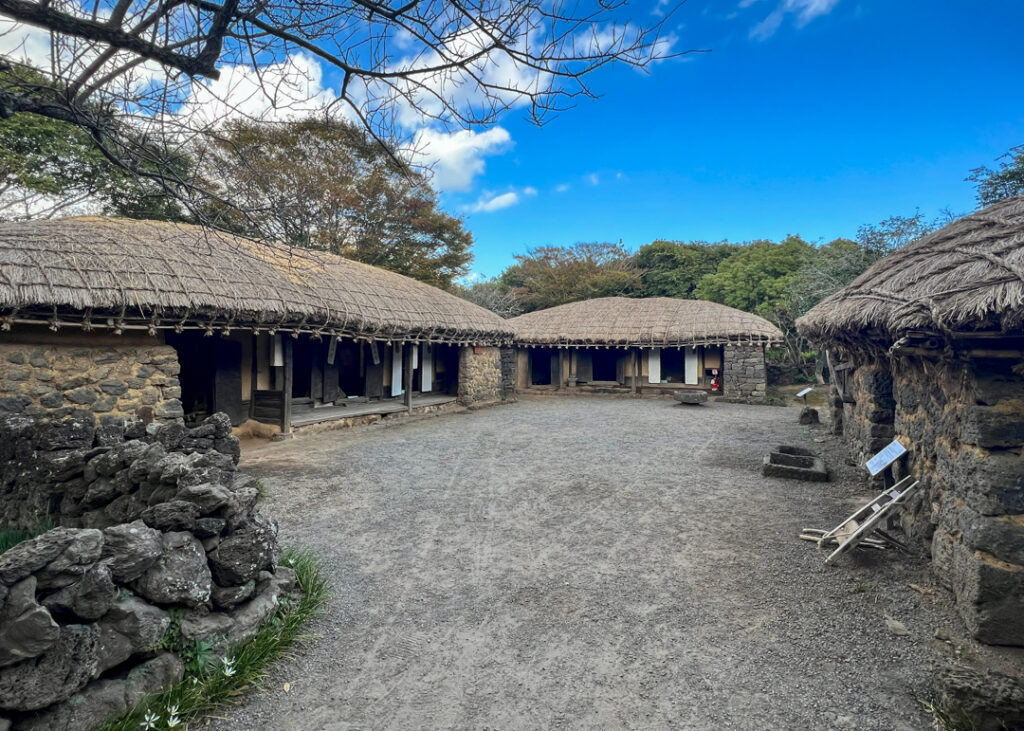
Cultural exhibits and recreated scenes with models shed light on a way of life so foreign to our own.
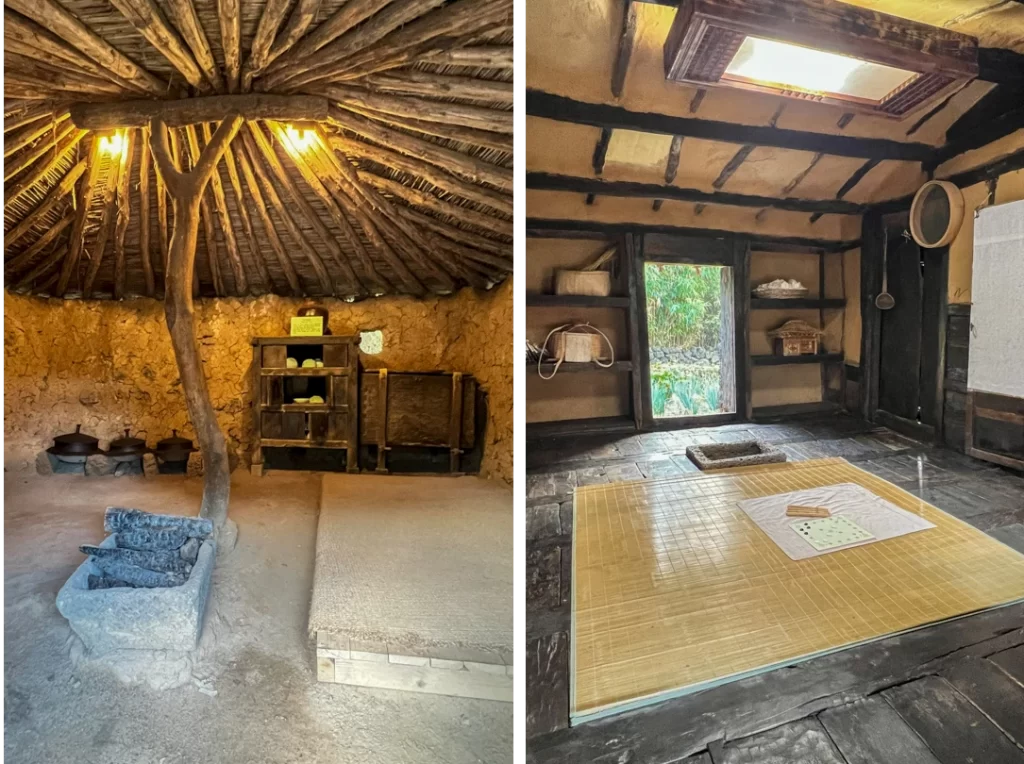
Houses are grouped into various villages to show the differences between mountain, hill-country, and fishing life.
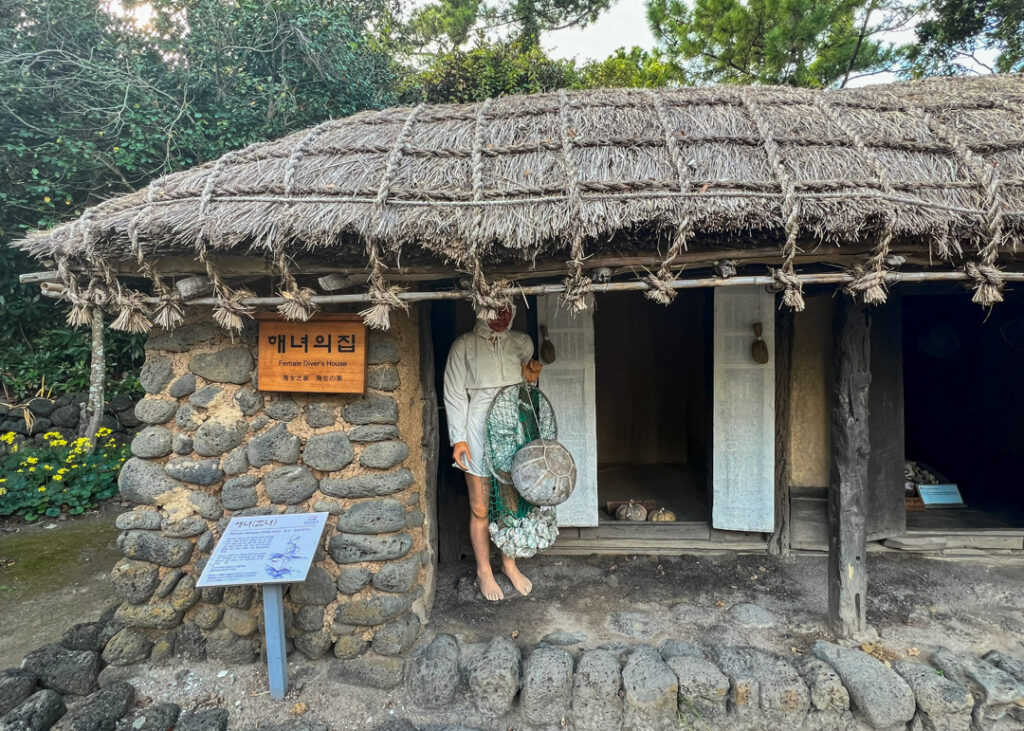
You can even get a glimpse at Jeju’s famous black-skinned pigs who feature on menus all over the island and various local crops in the houses’ backyards and gardens.
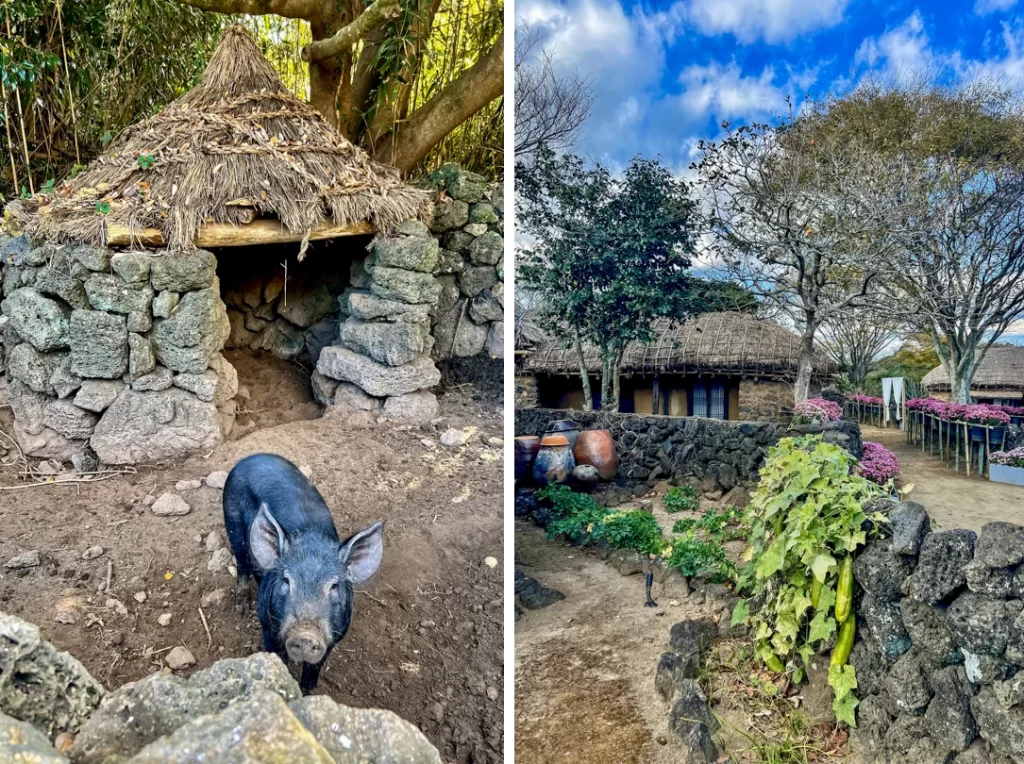
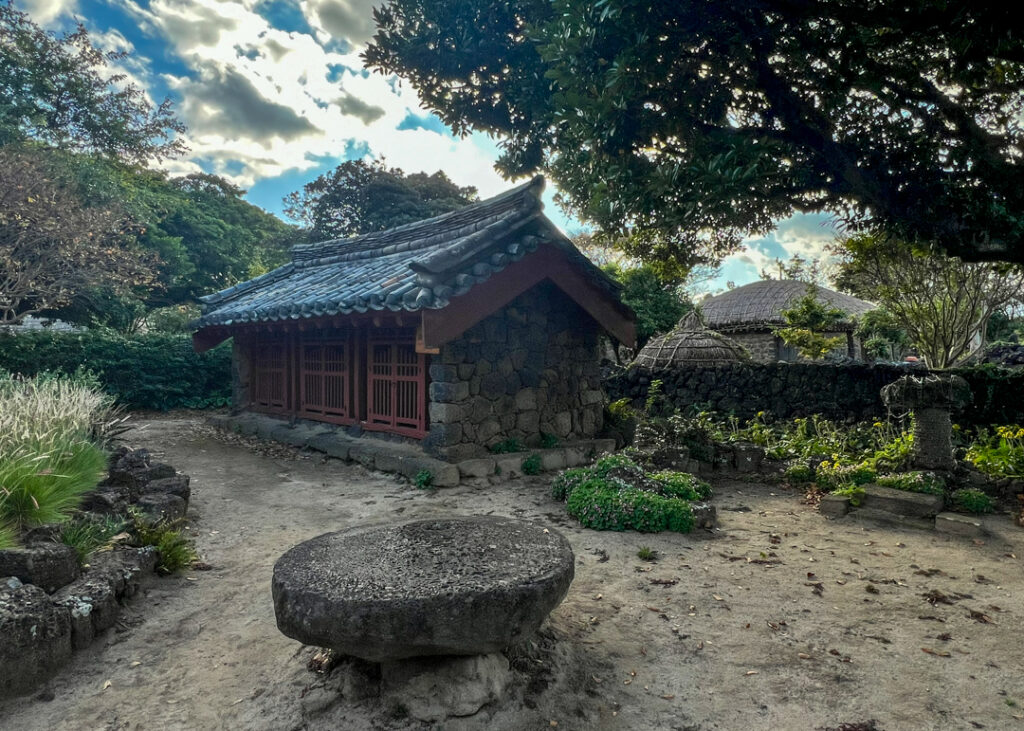
Hallabong tangerines are plentiful as they were also a popular crop to cultivate back then as they are today.
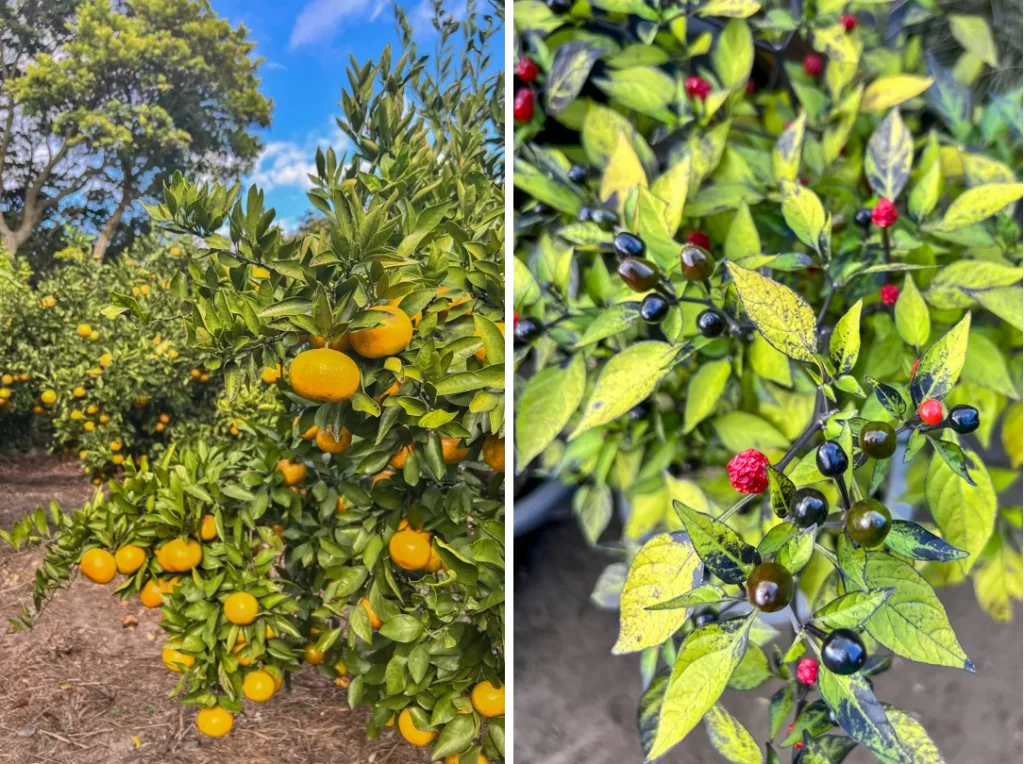
Bridging convenience and authenticity, even the 7-Eleven got remodeled to blend in so you can grab your snack while staying in character…
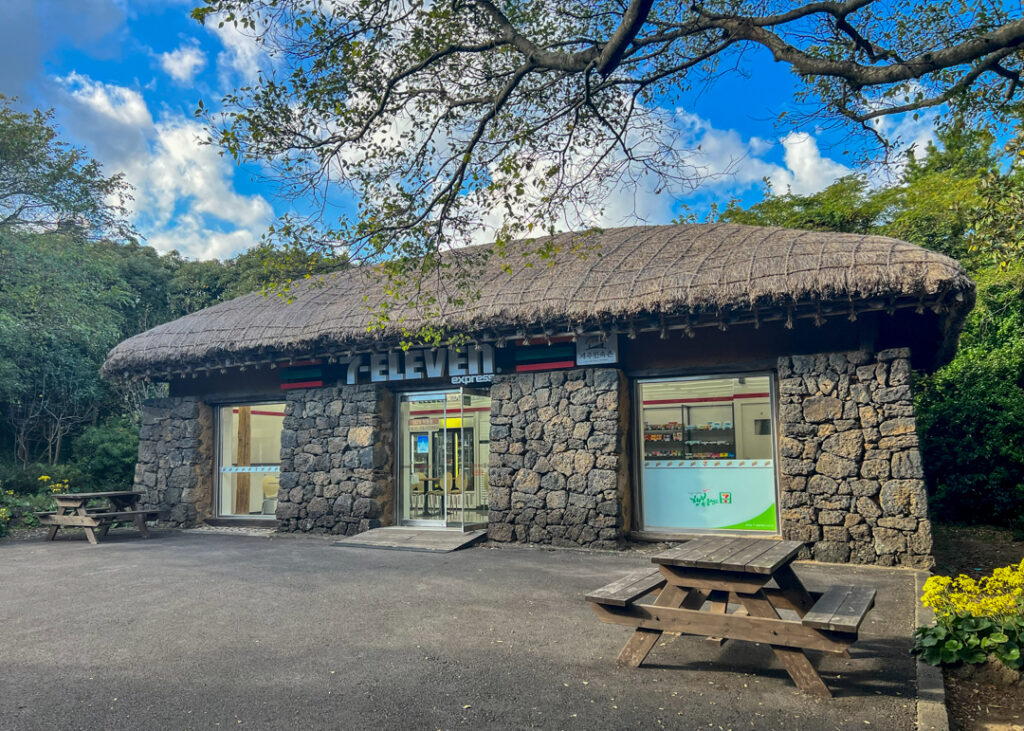
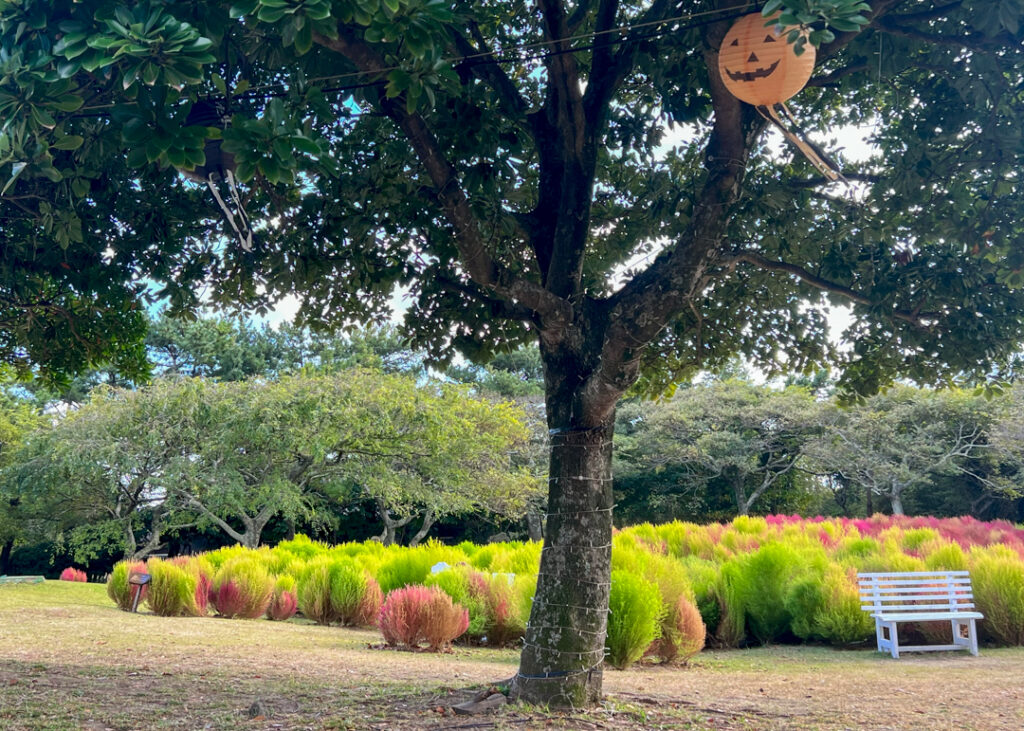
And of course you’ll find specially designated areas for selfies and group photos – not original to 1890s…
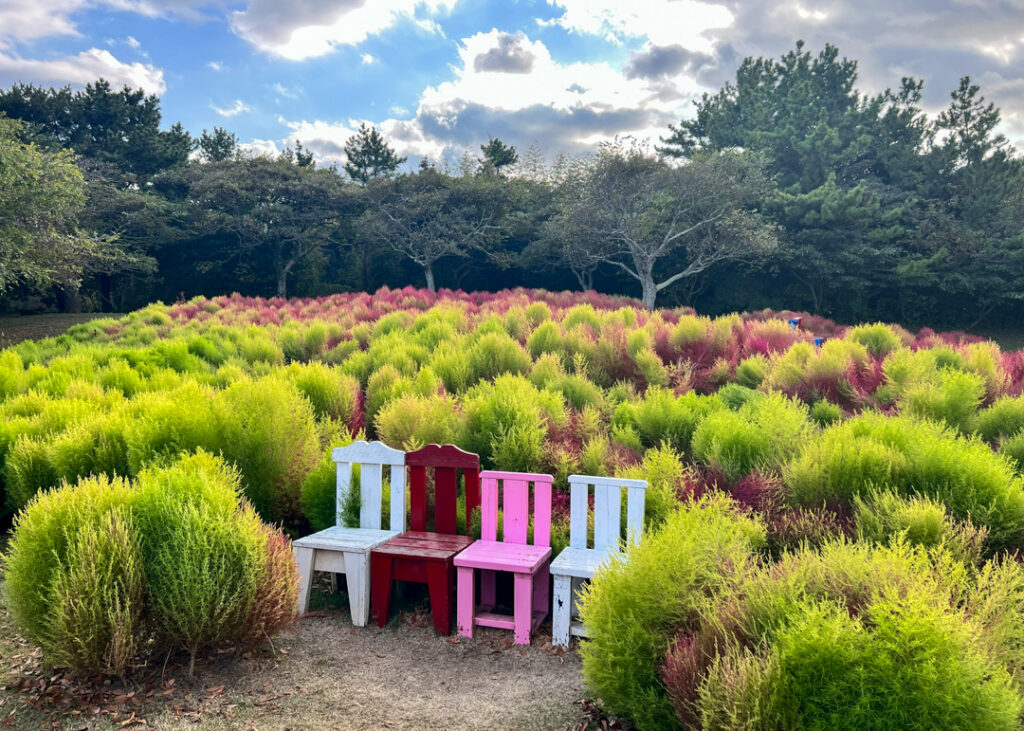
The amazing haenyeo
End the day by driving back east and up the coast to experience the real fishing life which most tourists overlook and learn about the island’s most famous women – the haenyeo. Leave the main road to slowly drive along the seashore for splendid ocean views until you reach the Hanenyeo Museum.
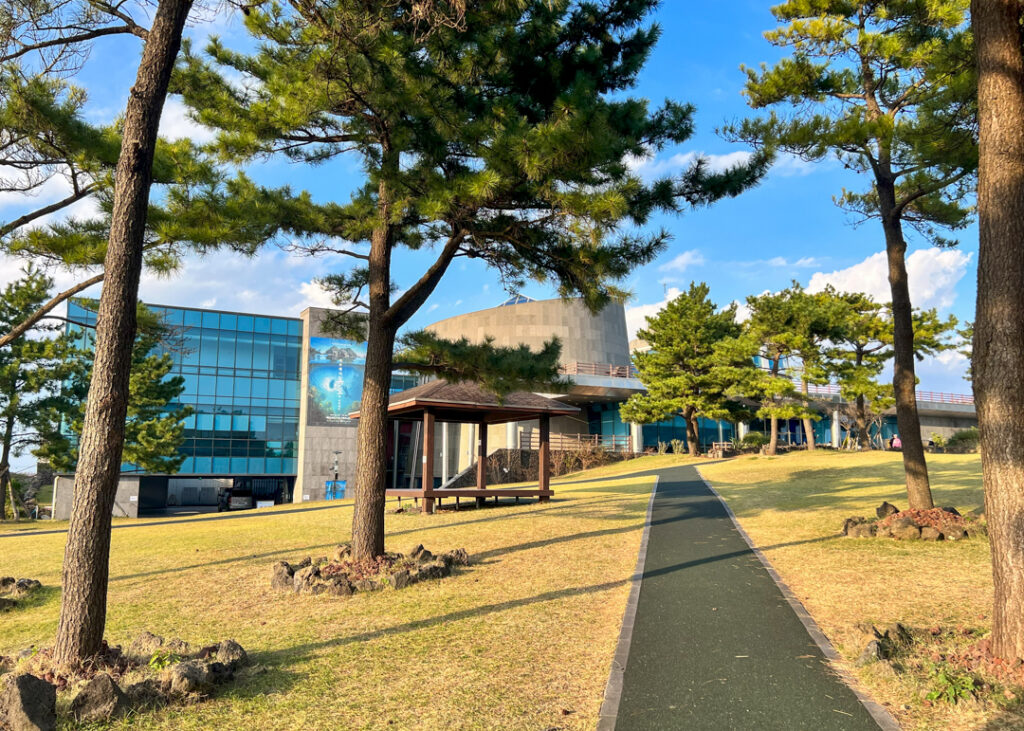
Whether you know nothing about Jeju’s incredible women free divers or have done some research (I read The Island of Sea Women before the trip which I highly recommend!), the museum is a wonderful and quick introduction to their history and culture. For centuries they have been diving under the sea for shellfish, sea cucumbers, sea urchins and anything else edible without the help of oxygen masks. While it’s a dying way of life, many local women are still diving today well into their 80s and if you’re lucky you might be able to watch them on the beach with their gear going in or coming back with their catch.
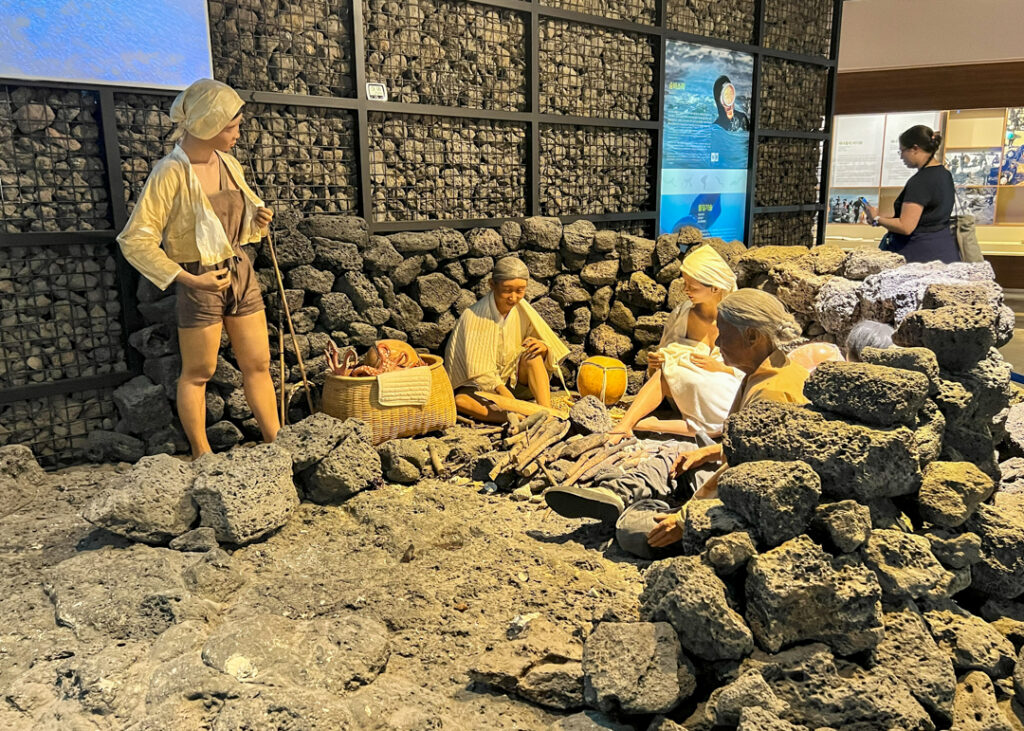
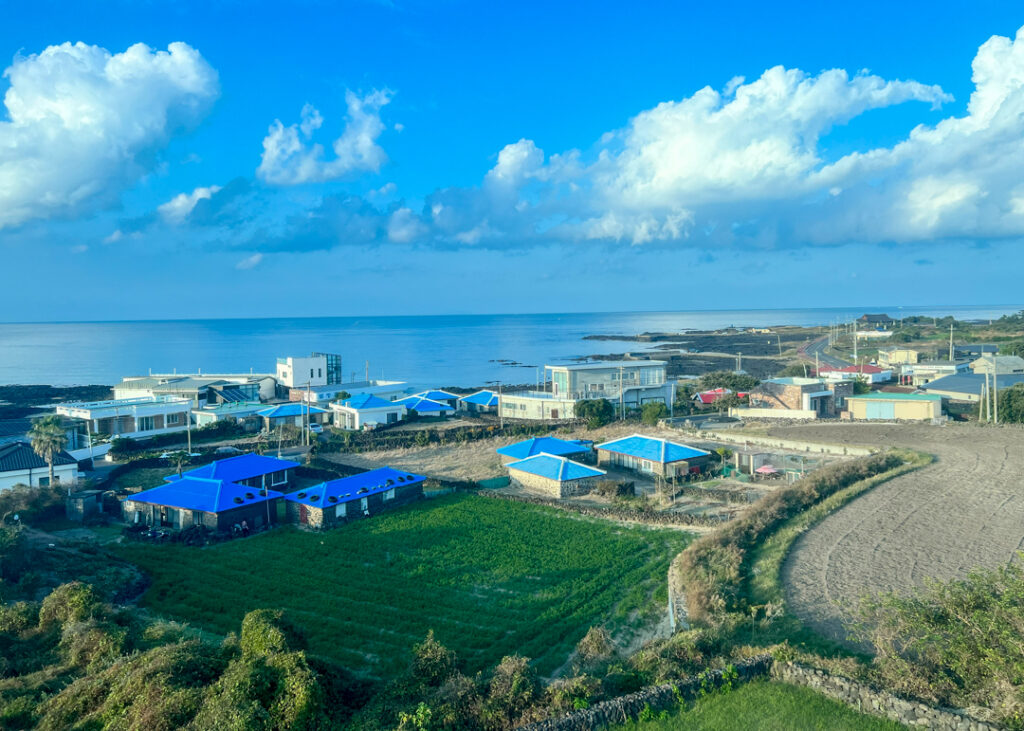
Walk the museum grounds to find related artwork and the foundation of a traditional bulteok where they would warm their bodies between dives and change their clothes.
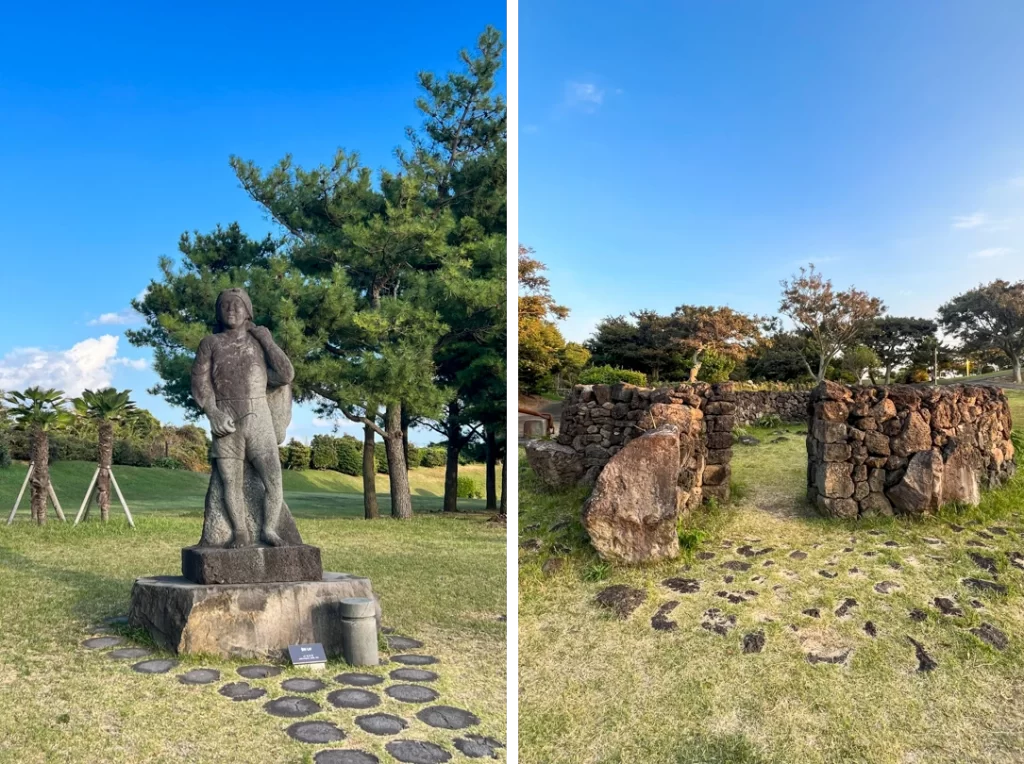
End the day fittingly with a locally caught meal of abalone and porridge from one of the seafront eateries near the museum such as Myeongjin Abalone.
